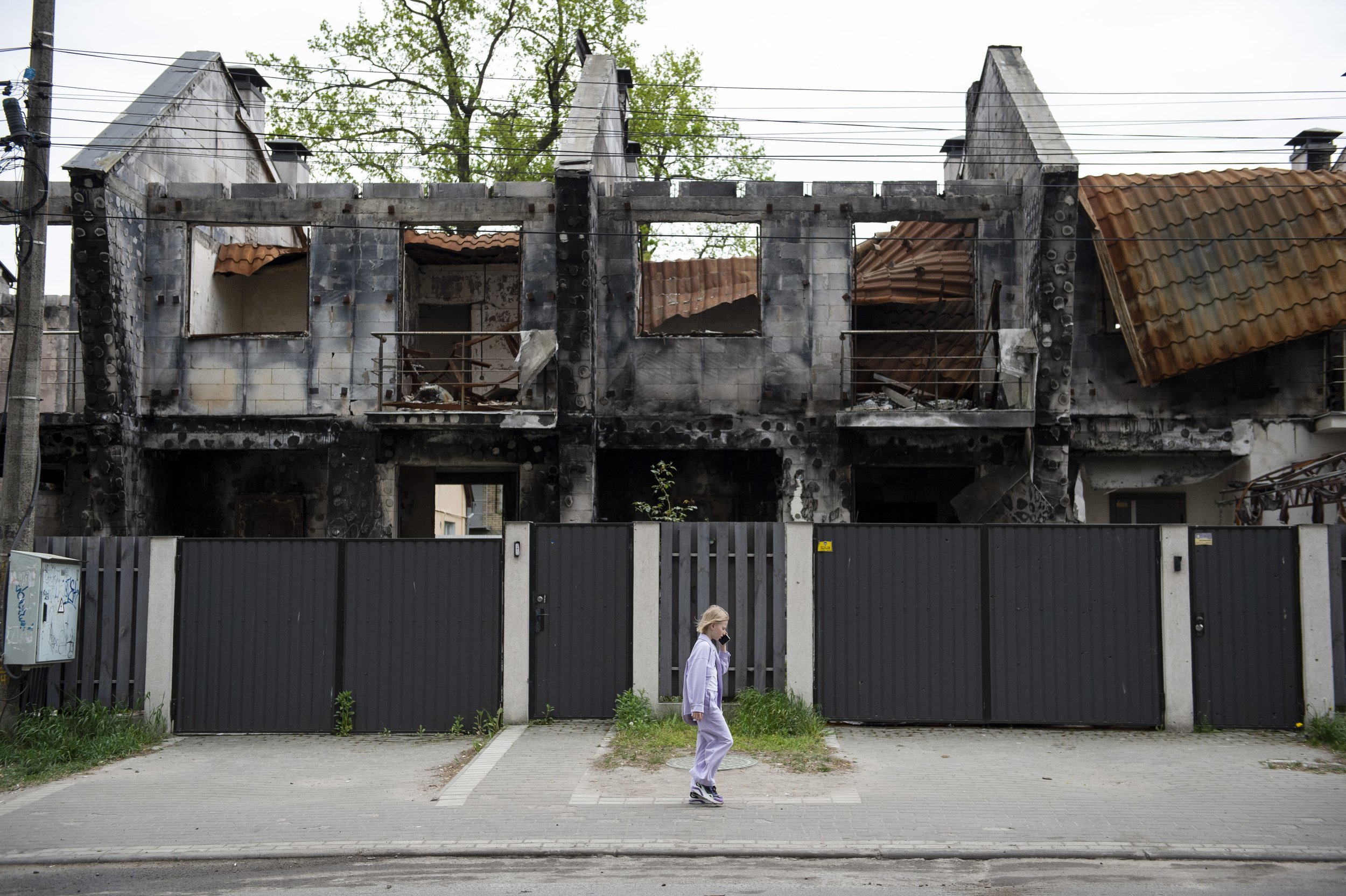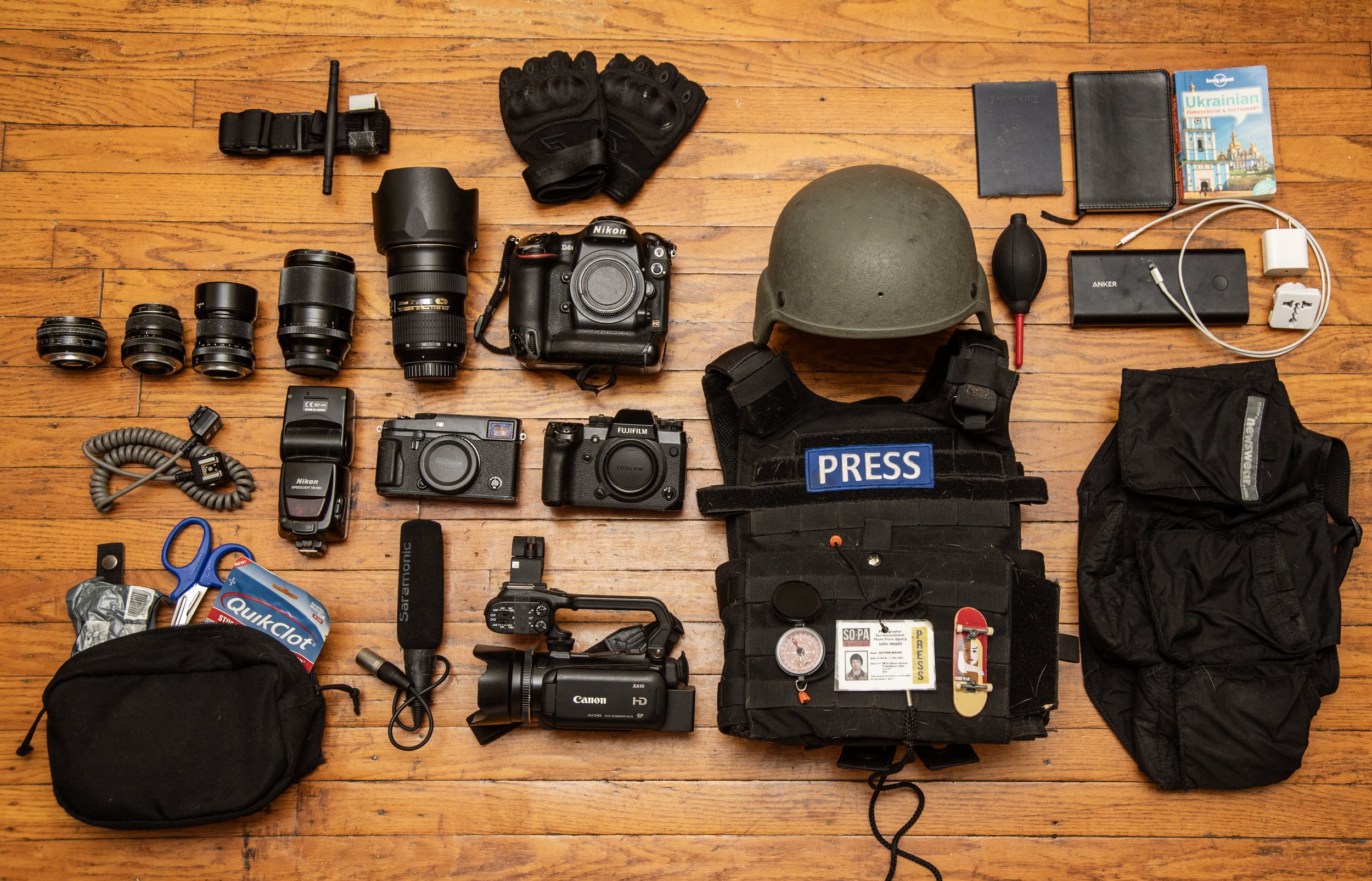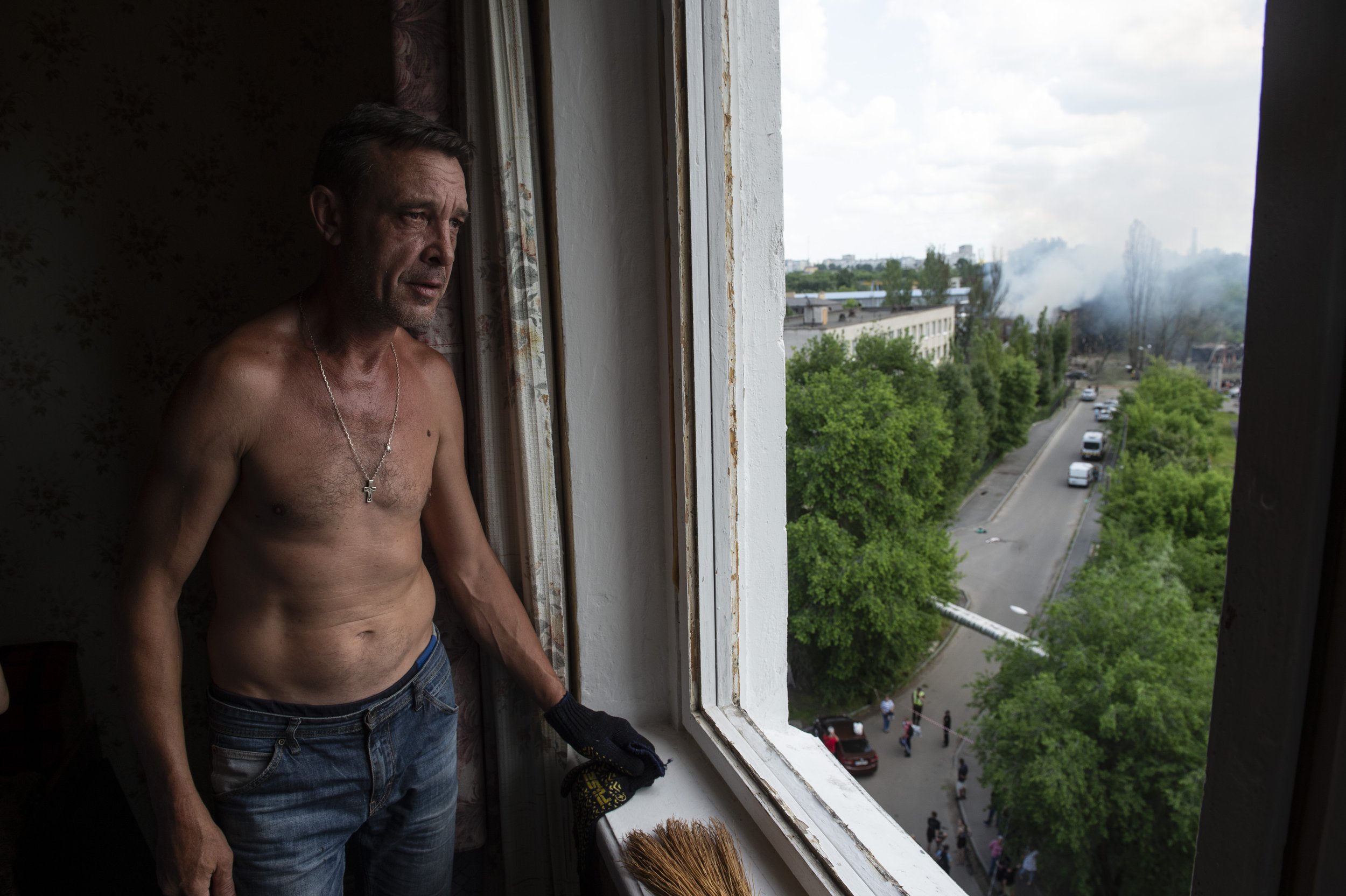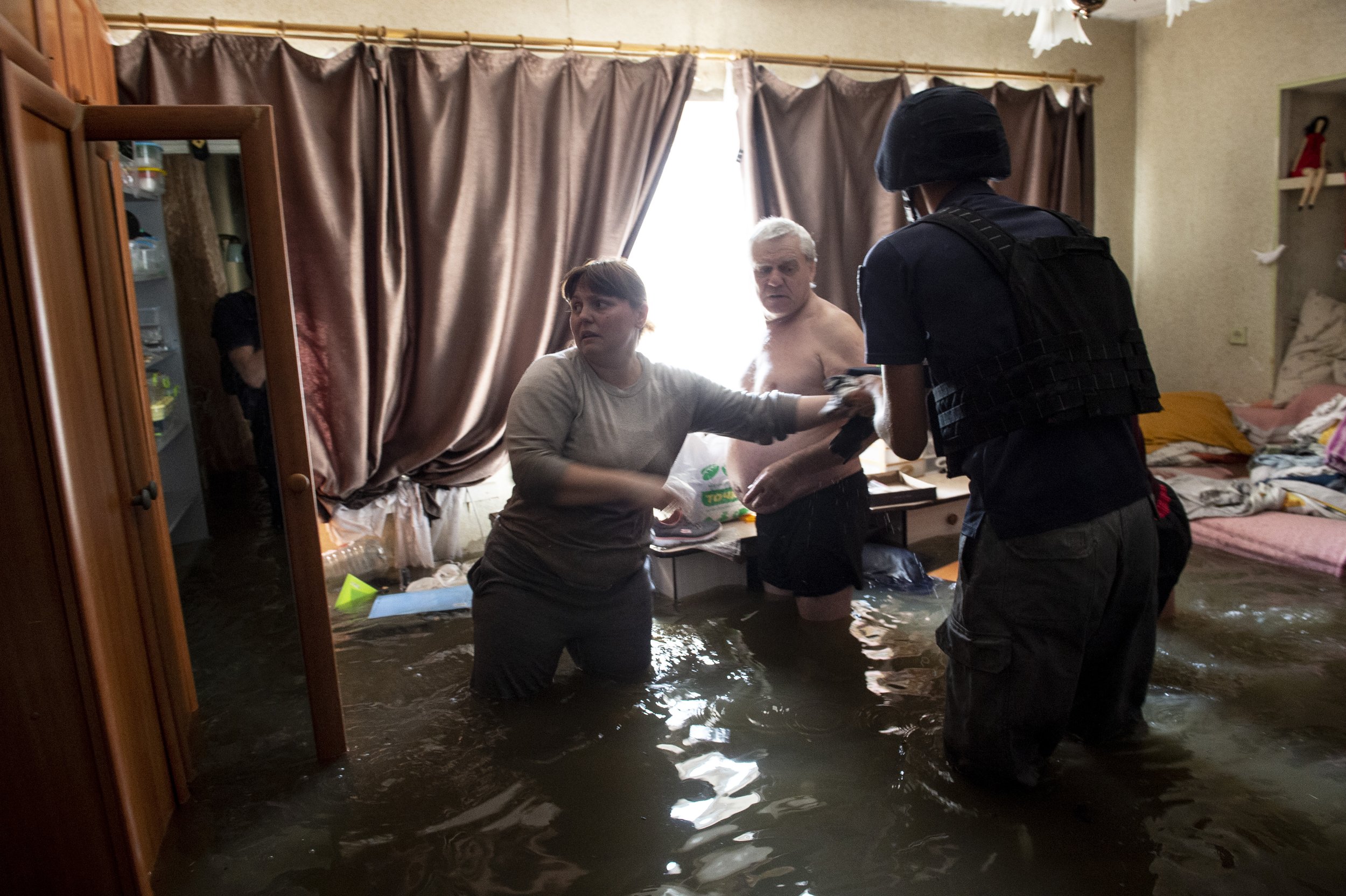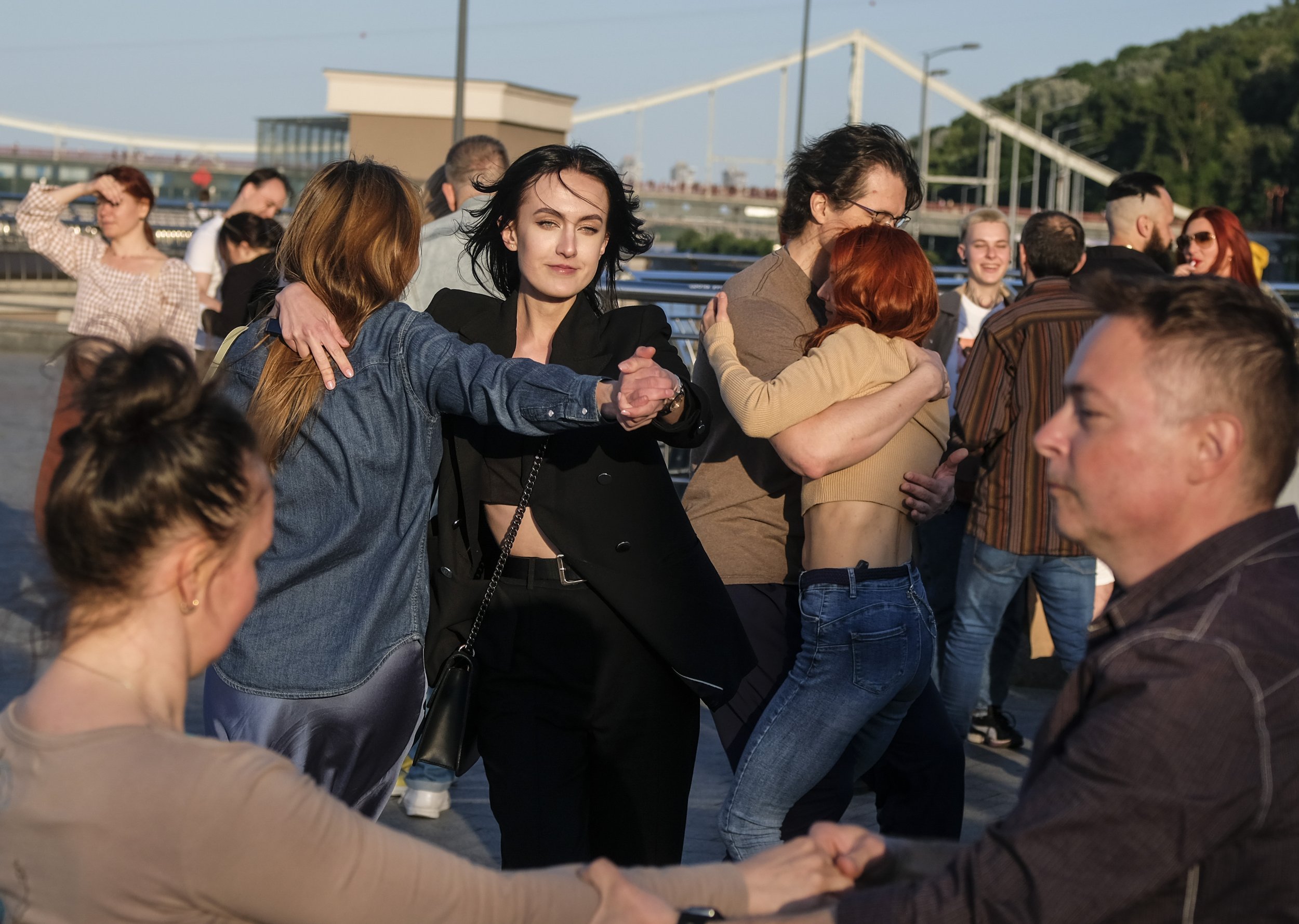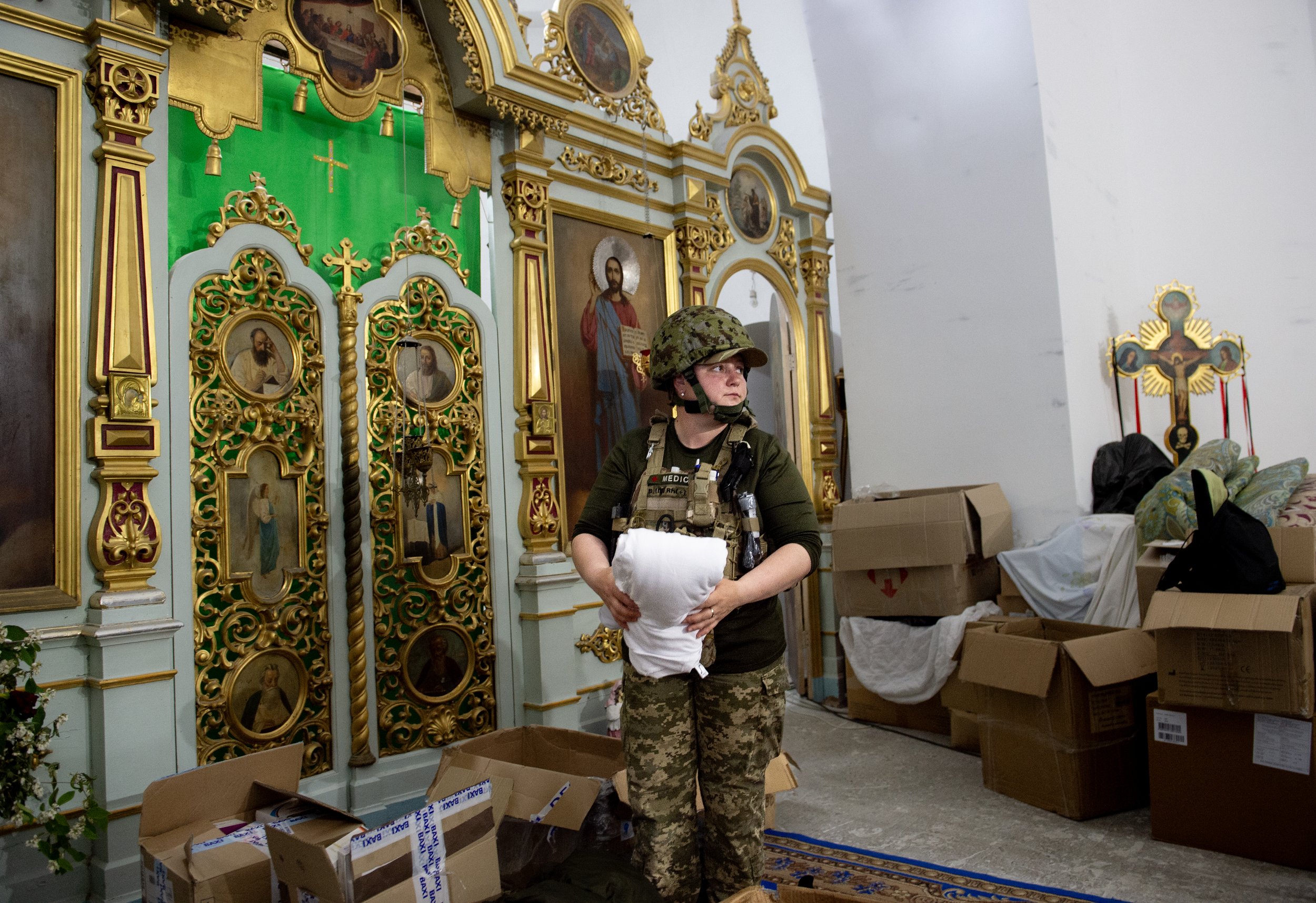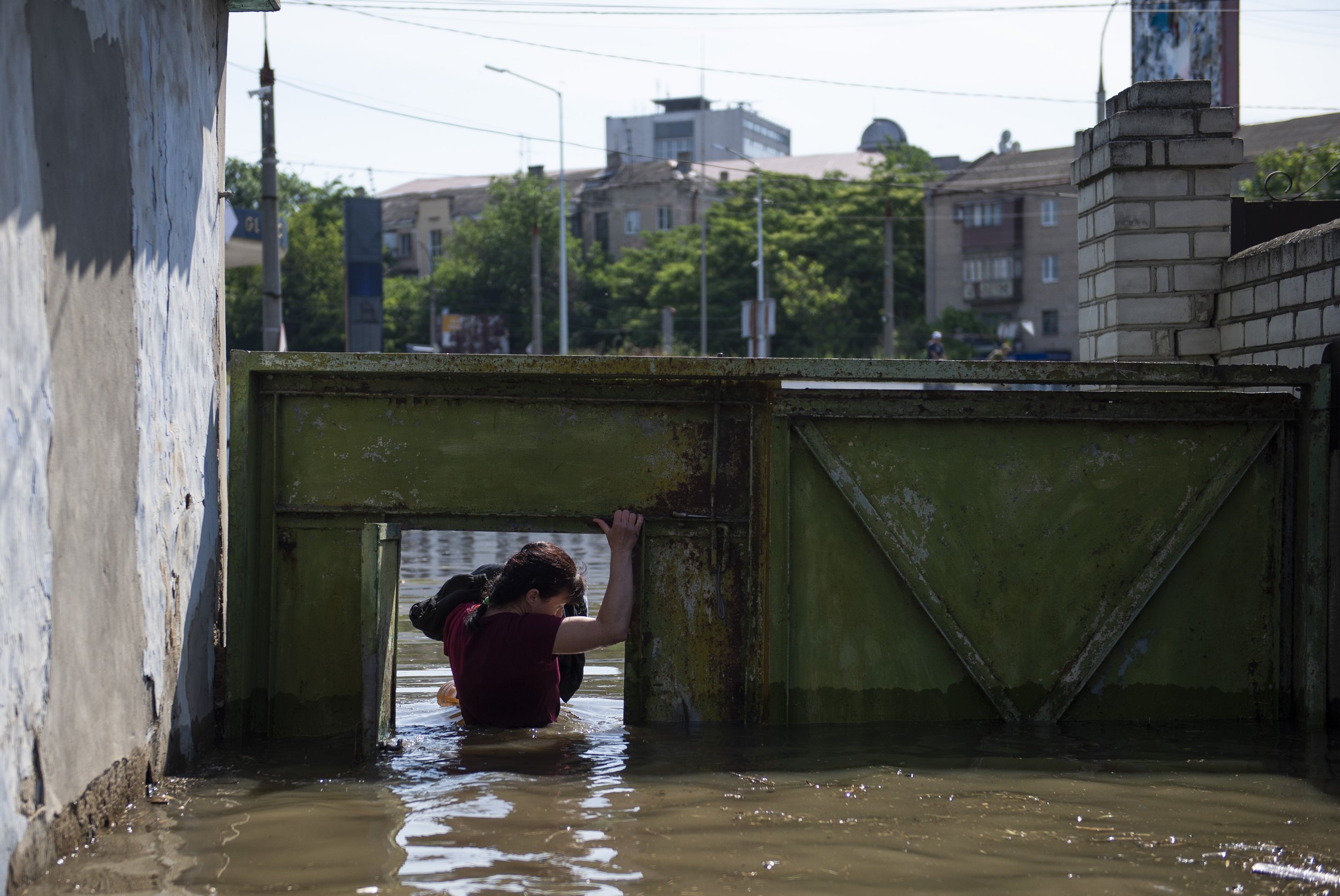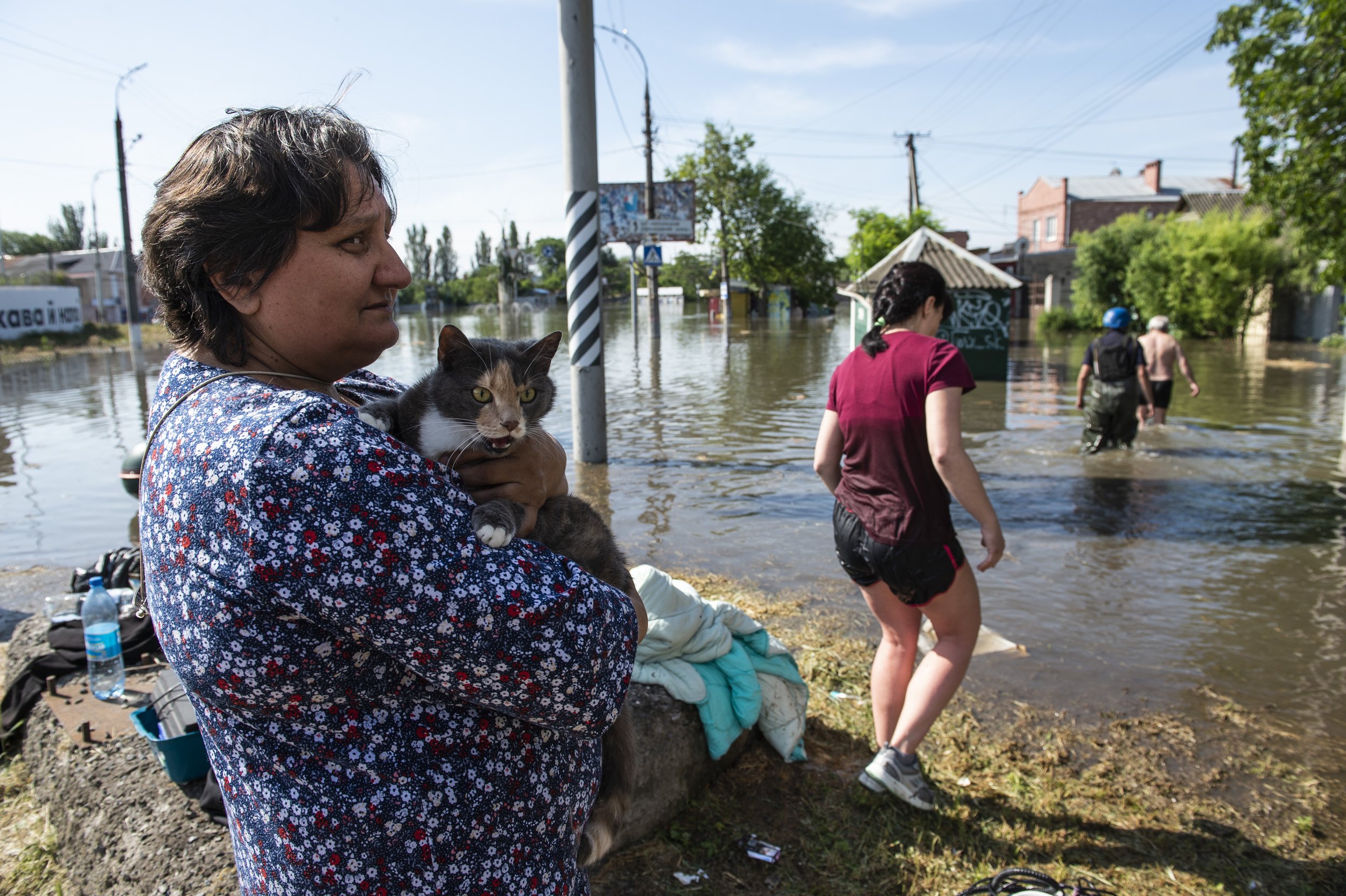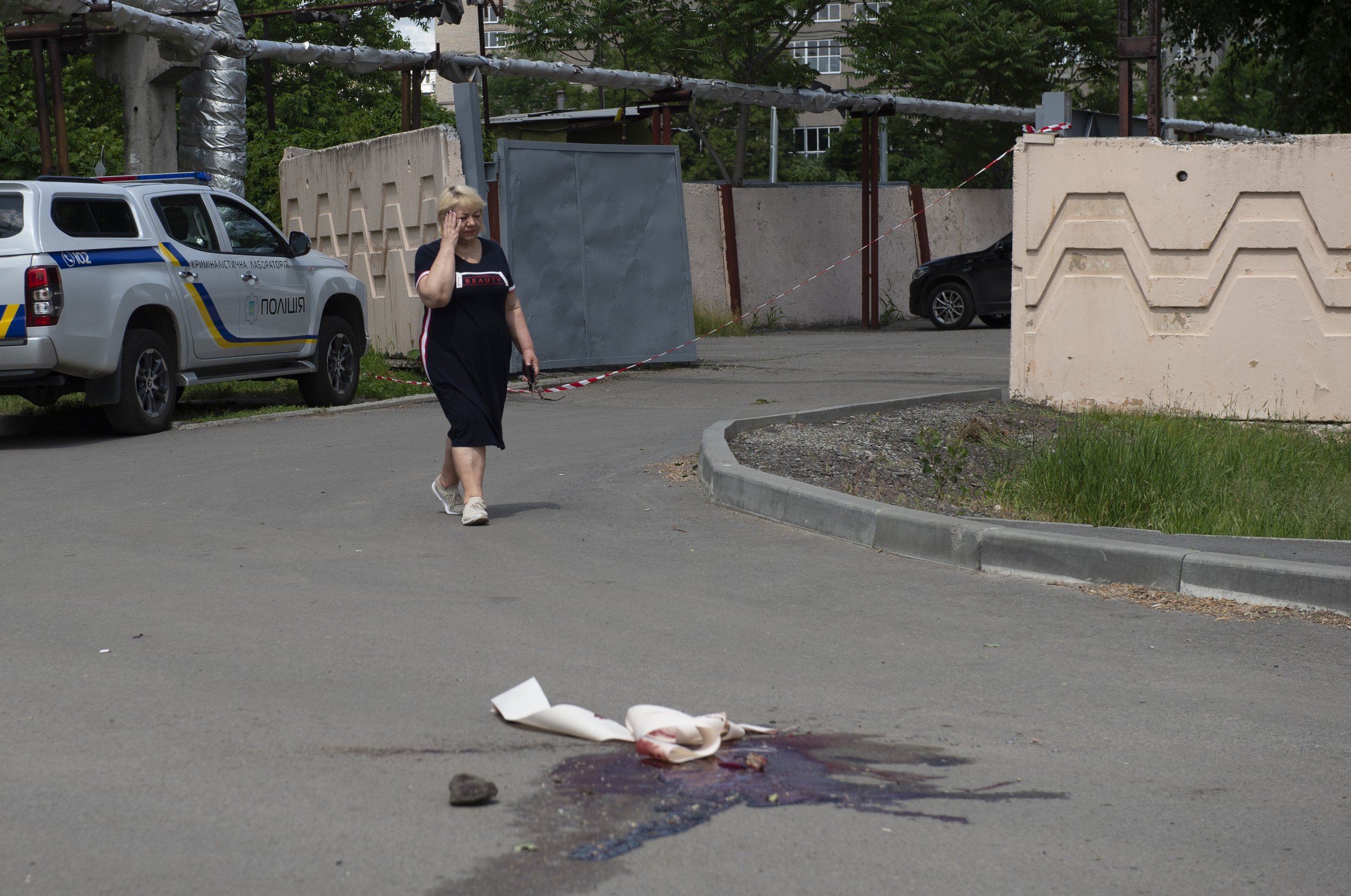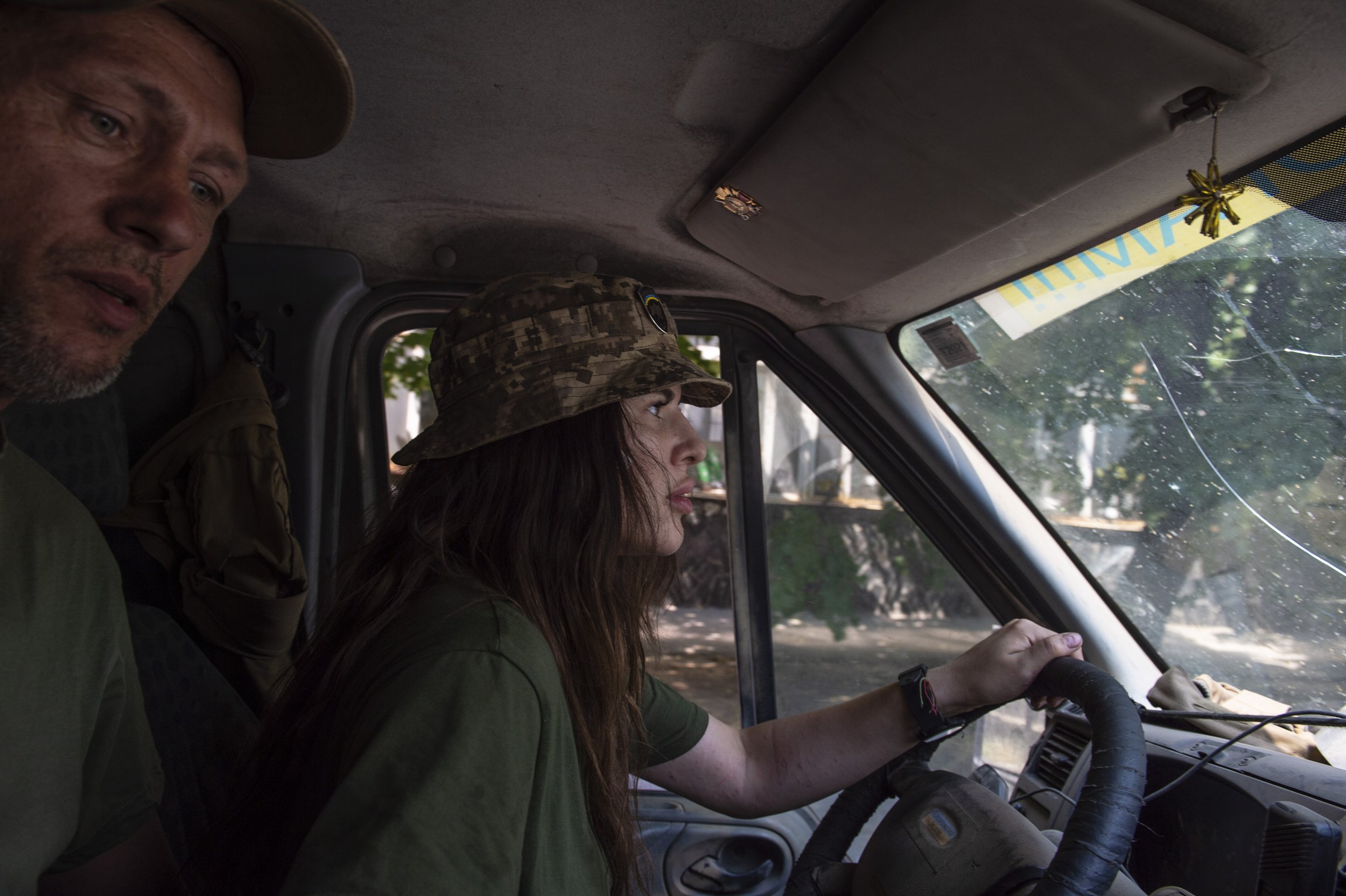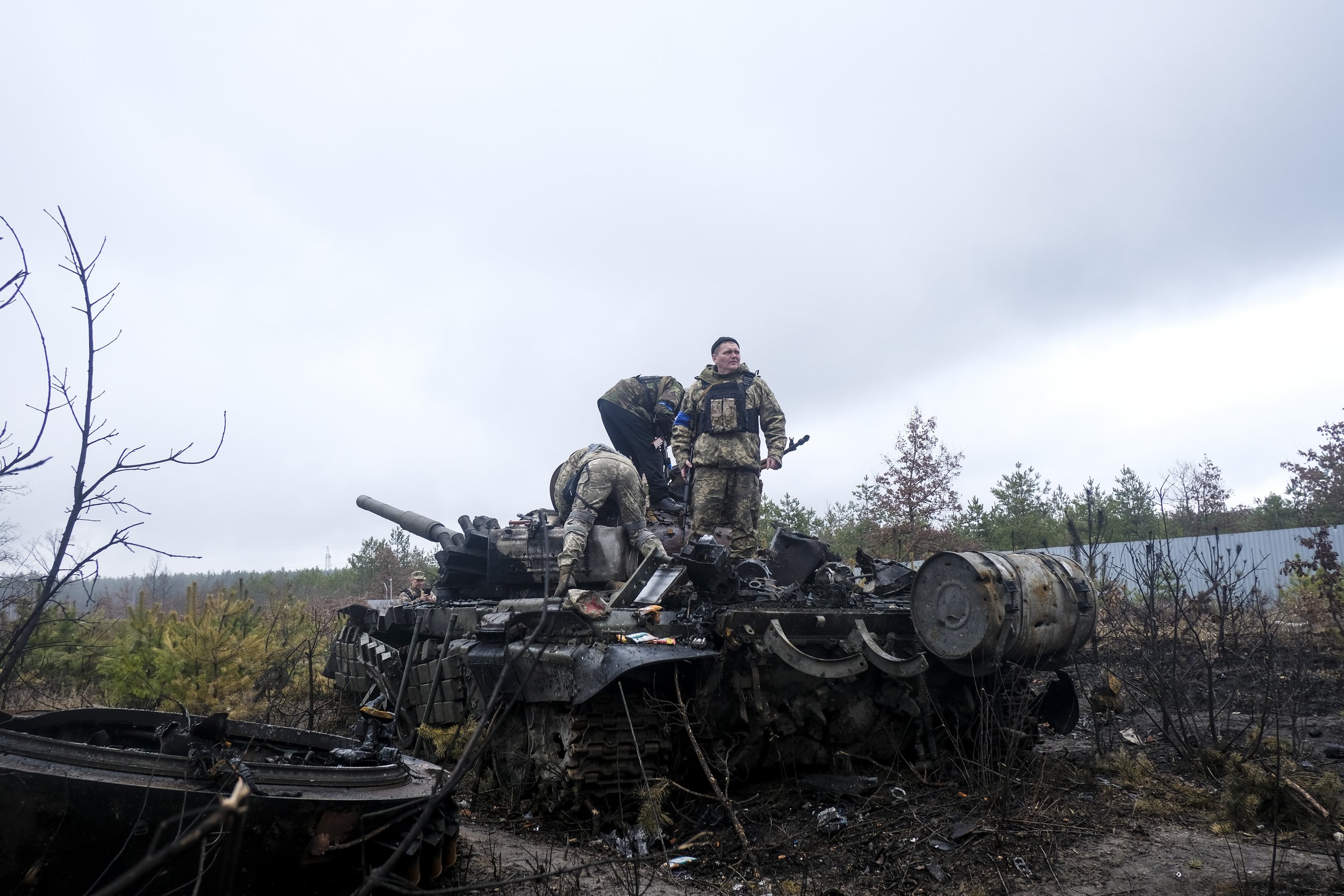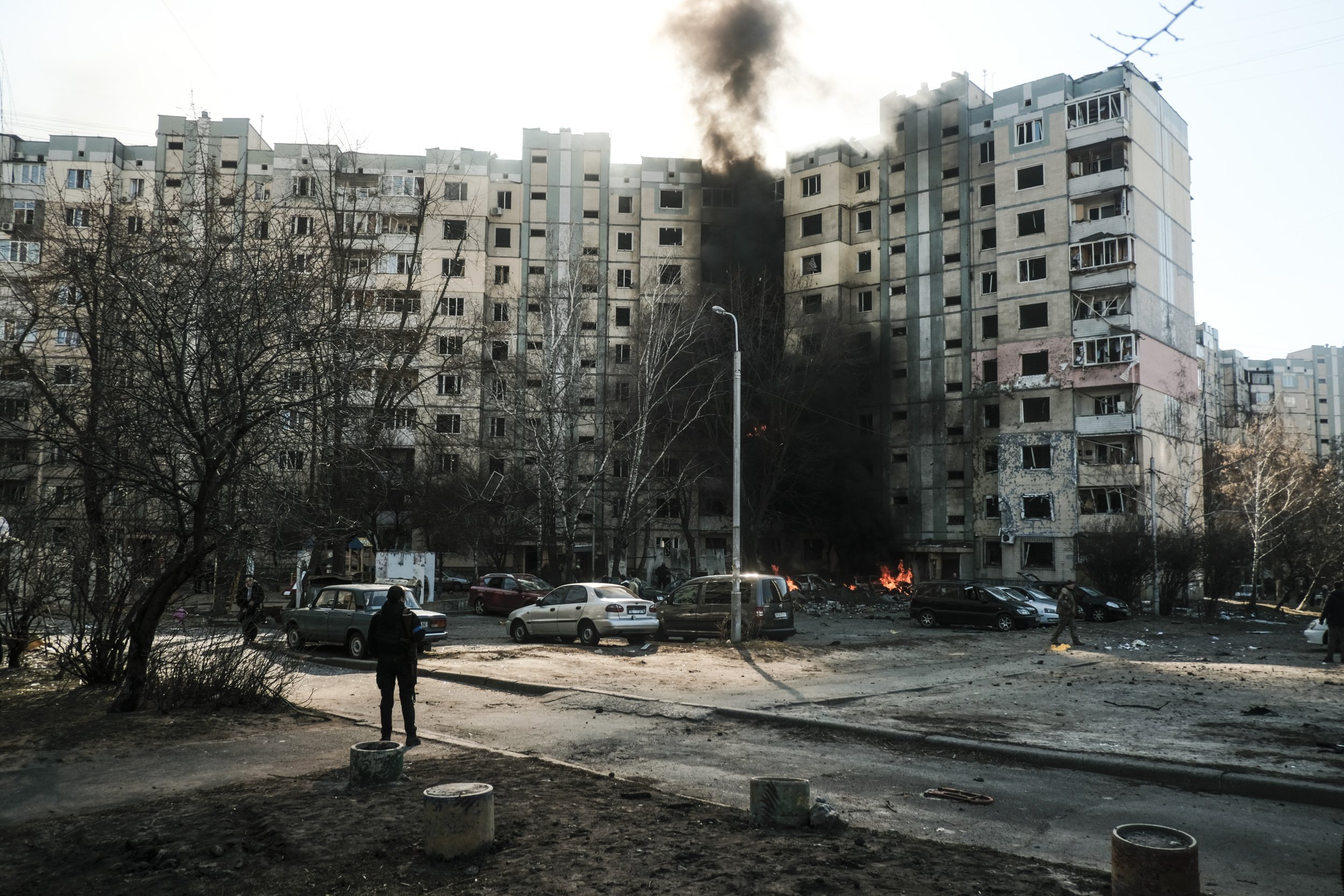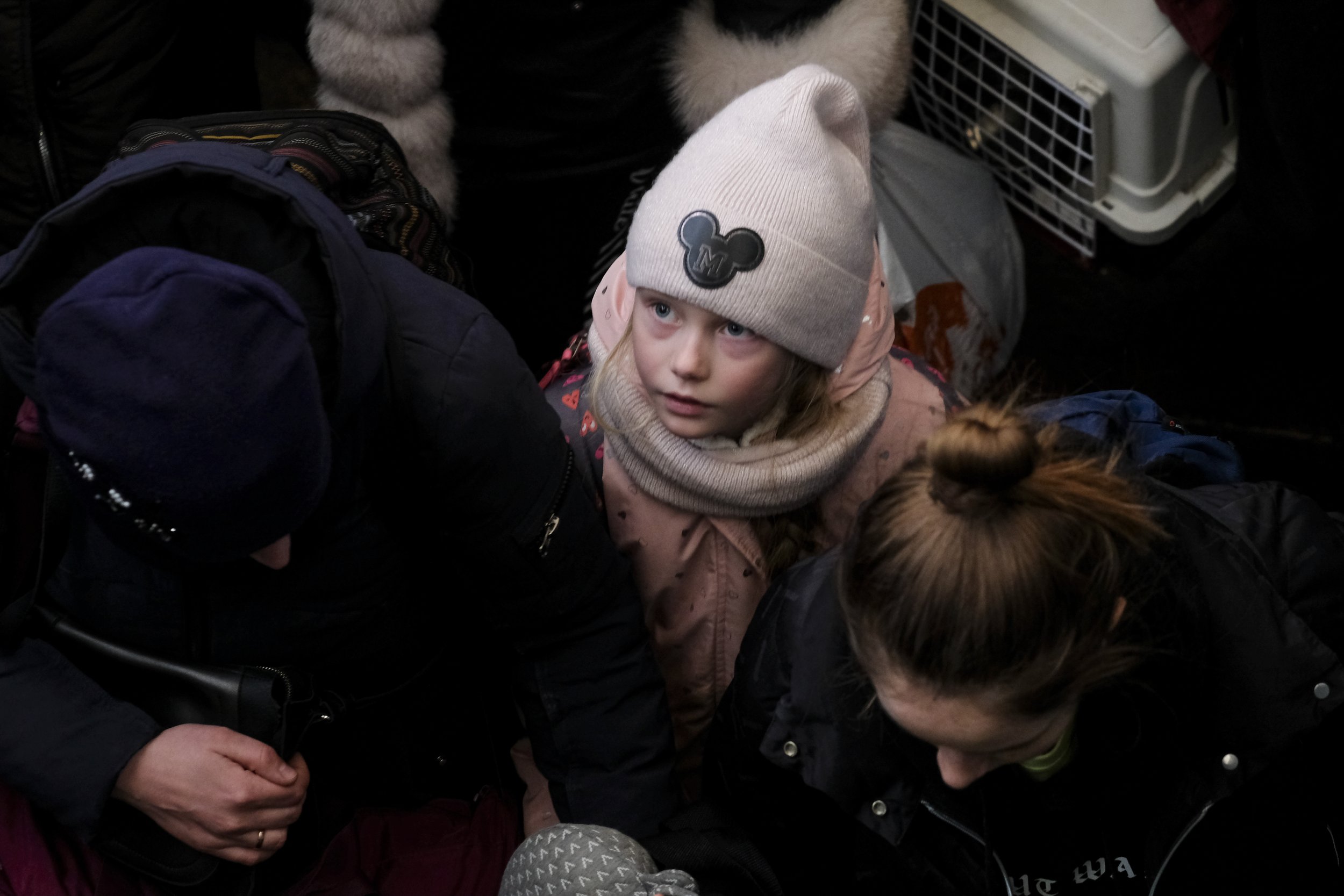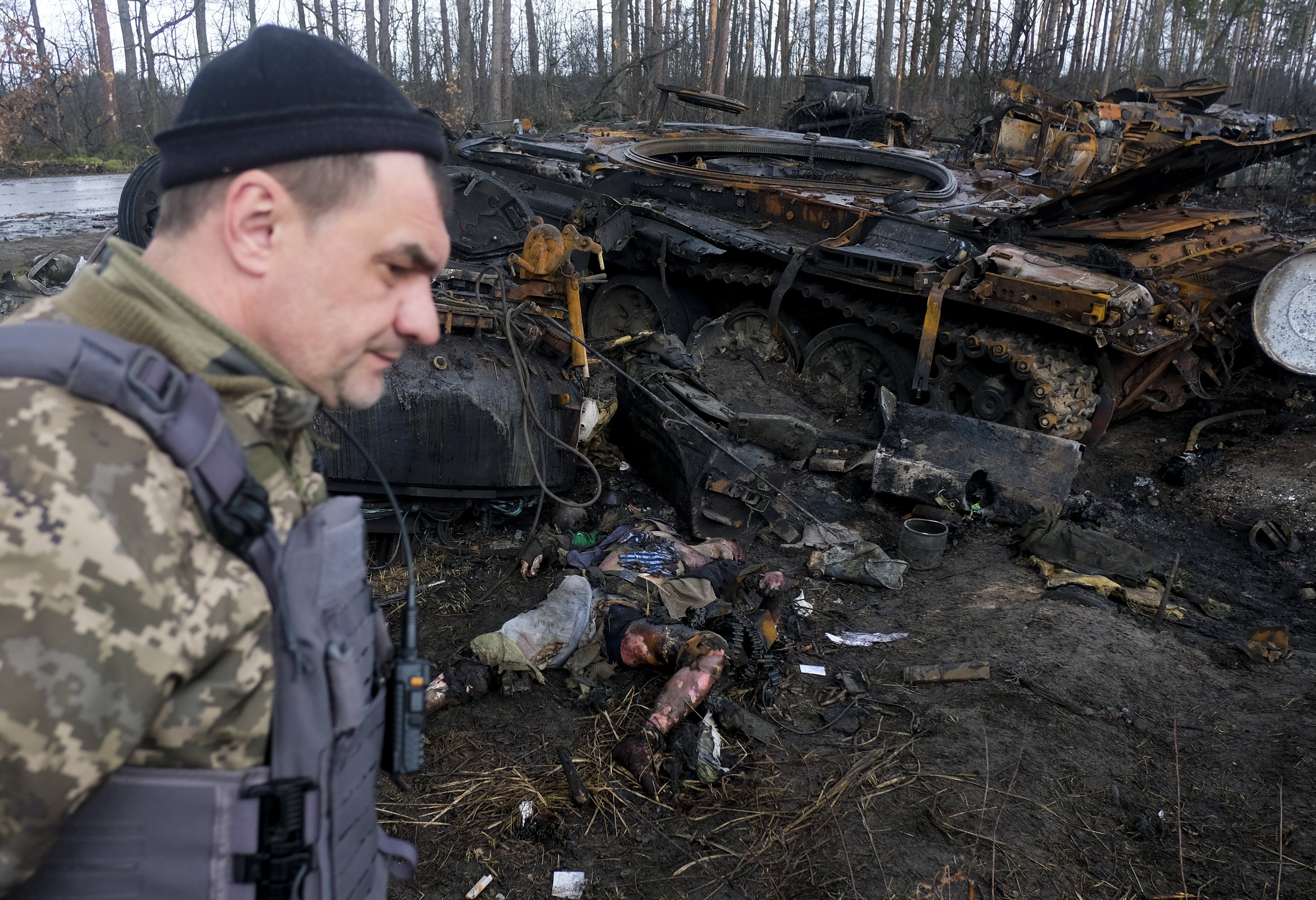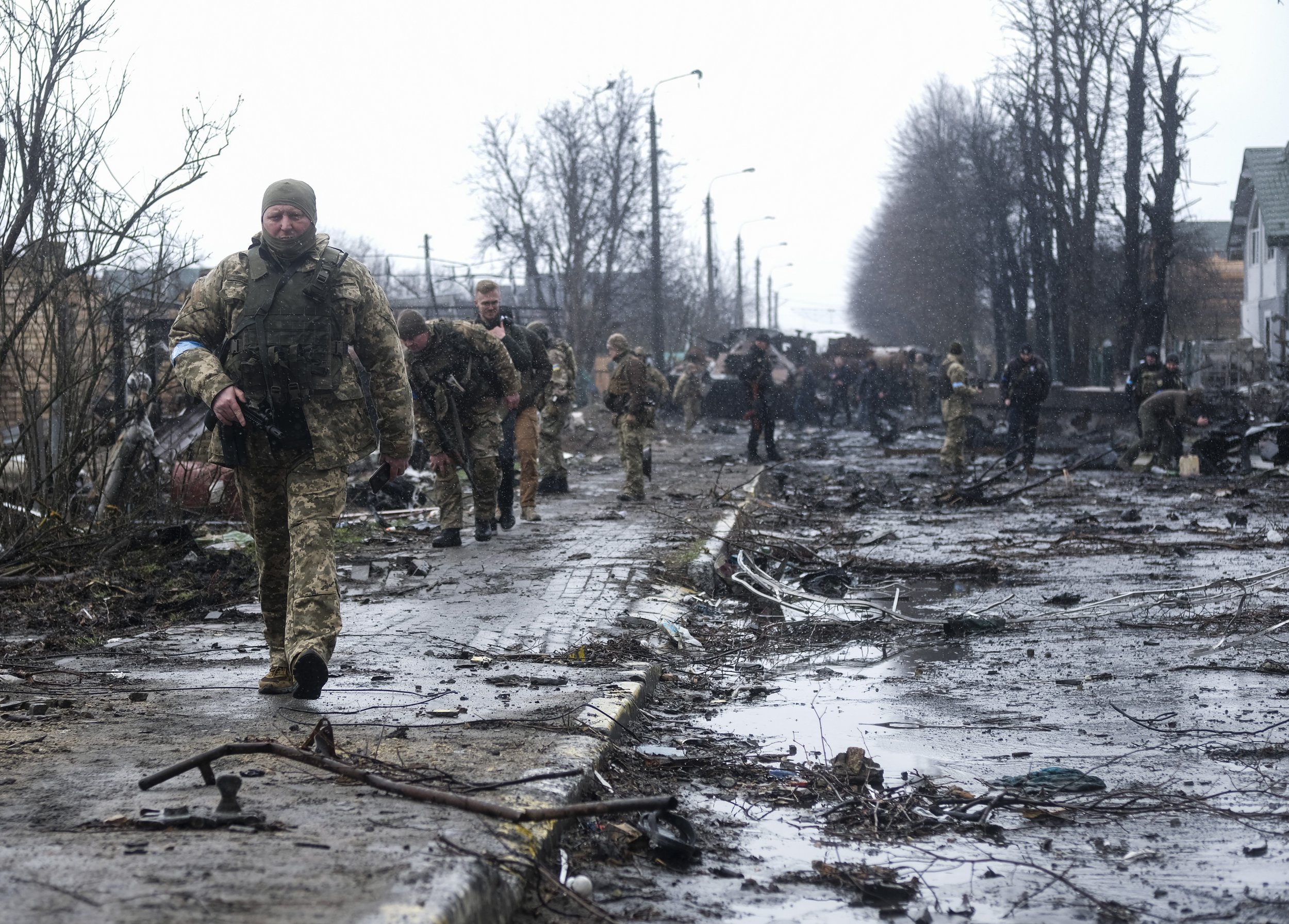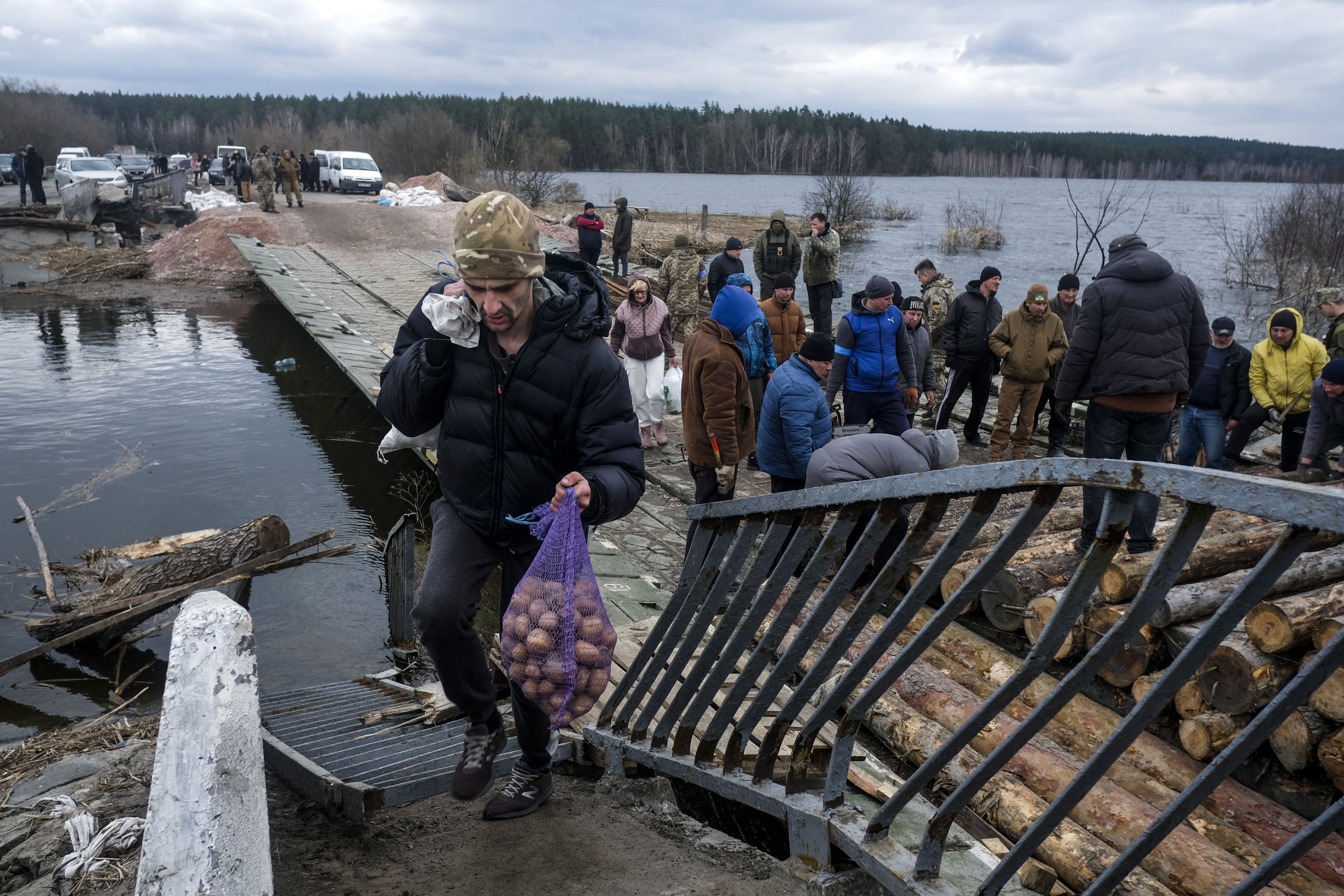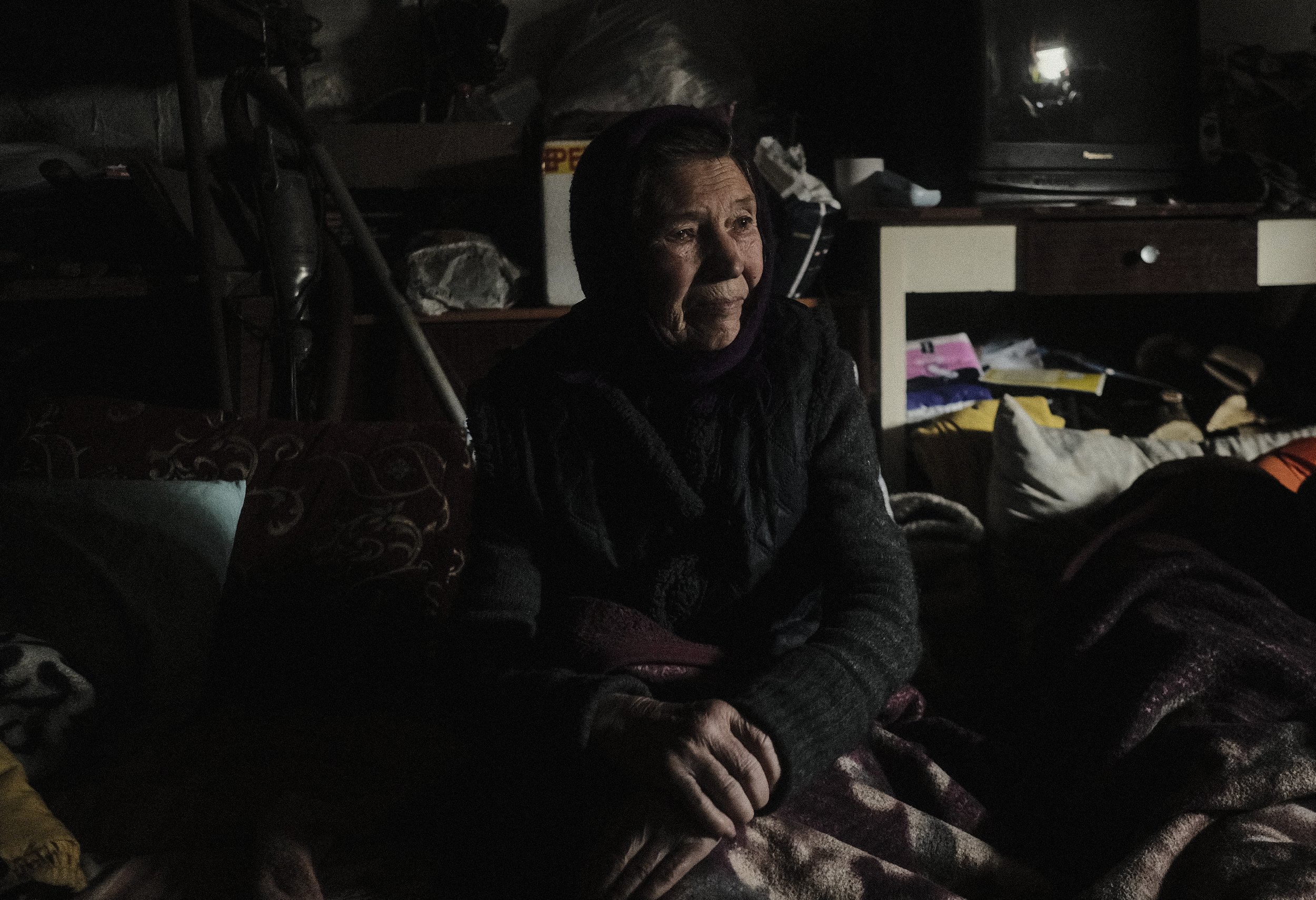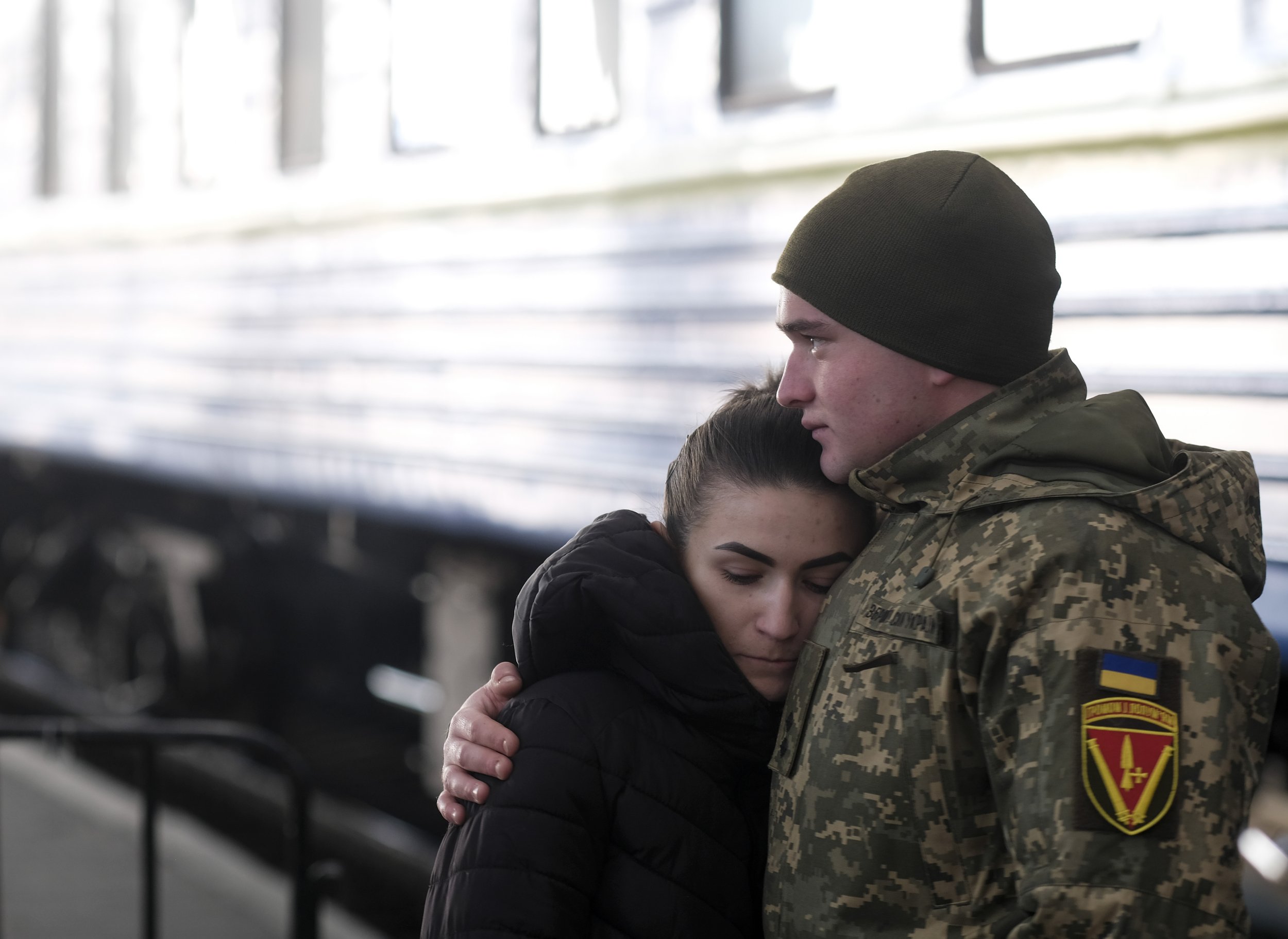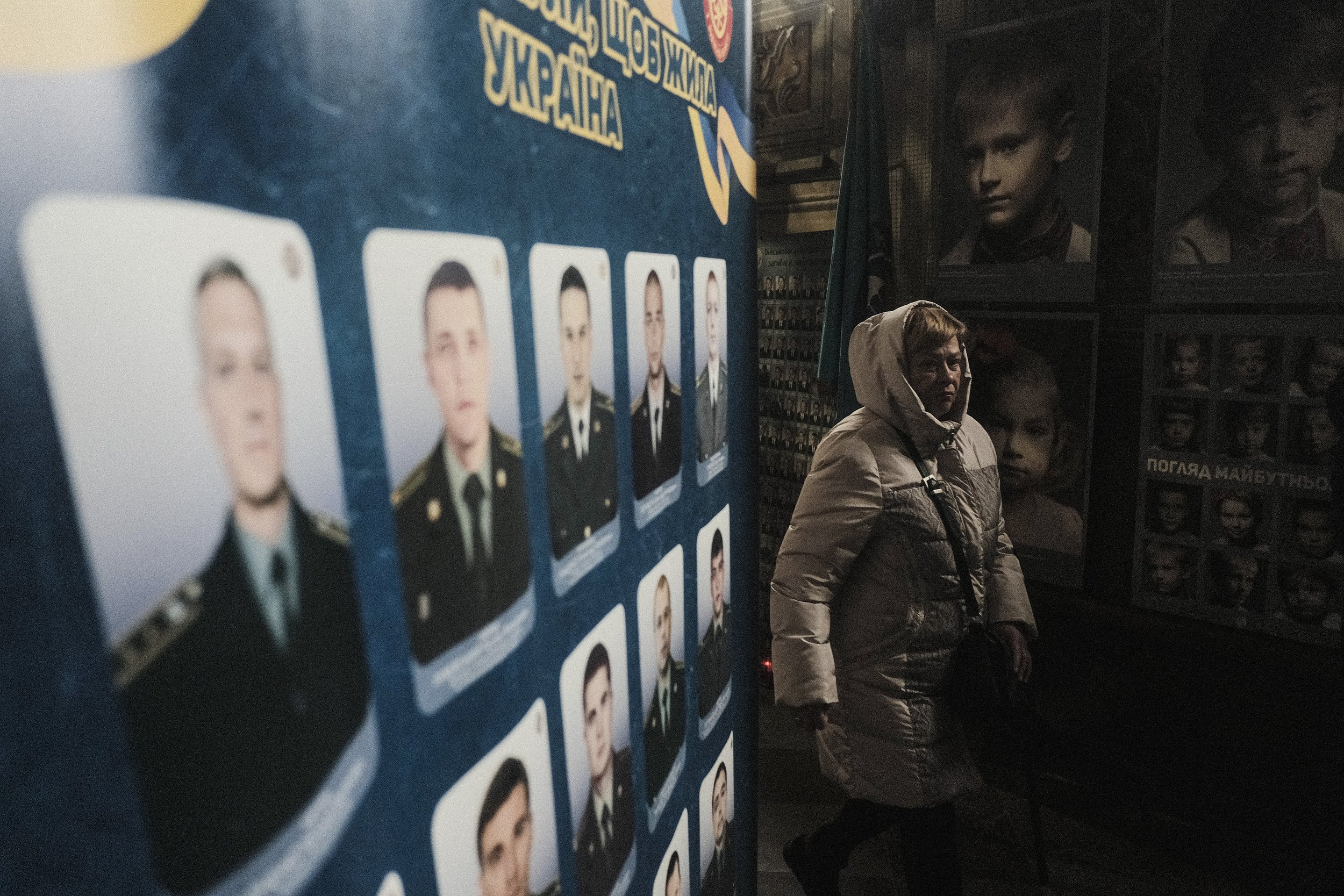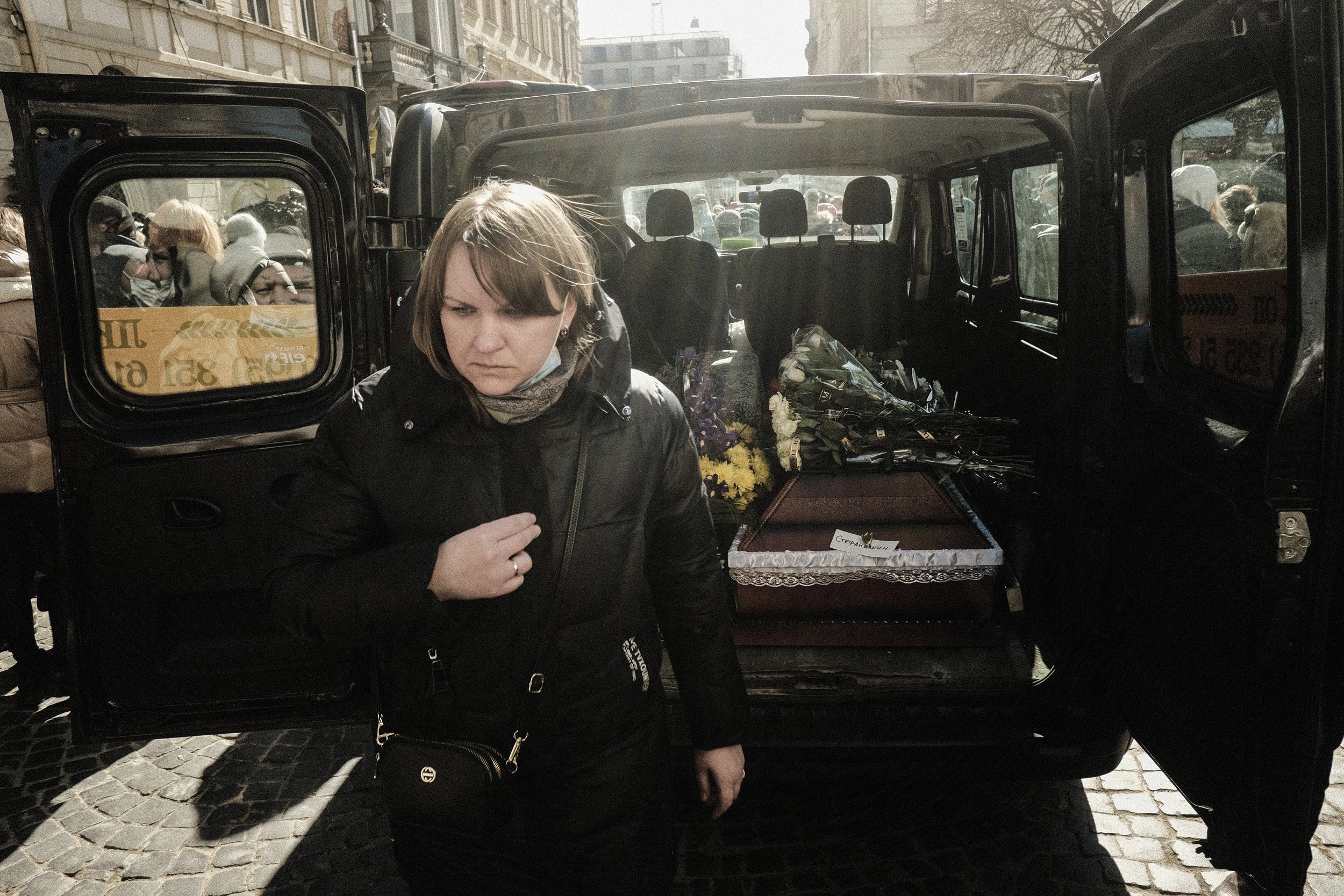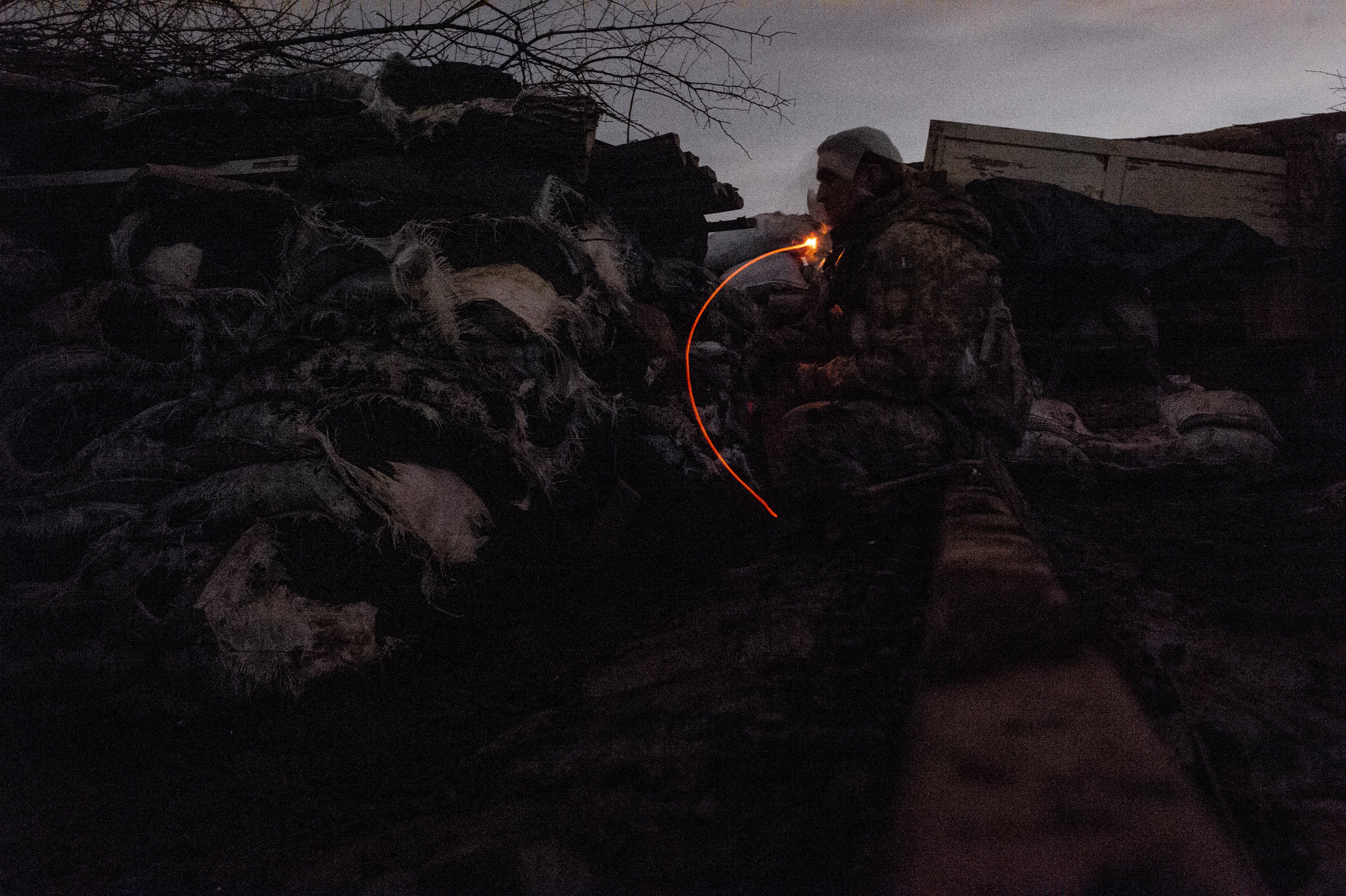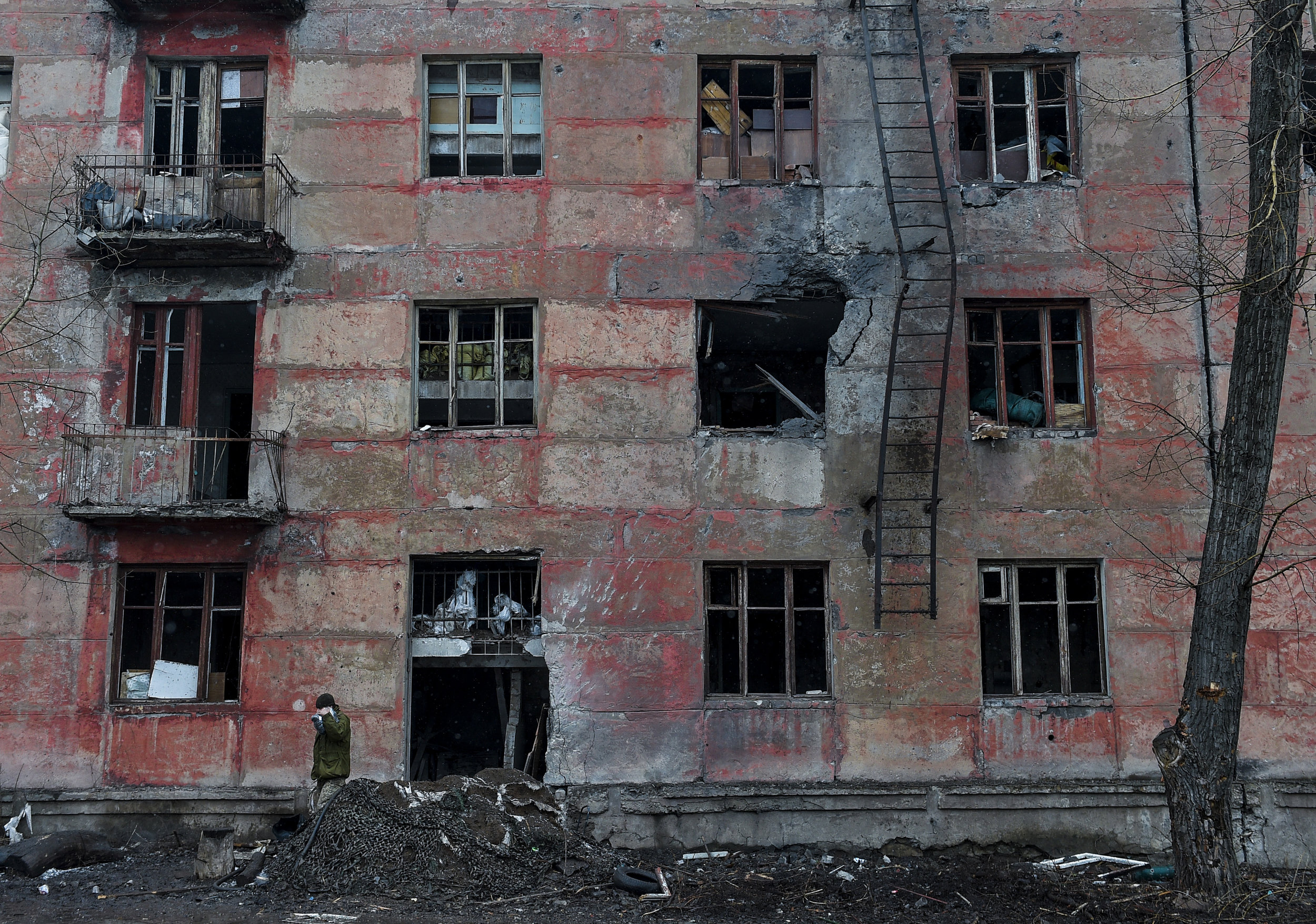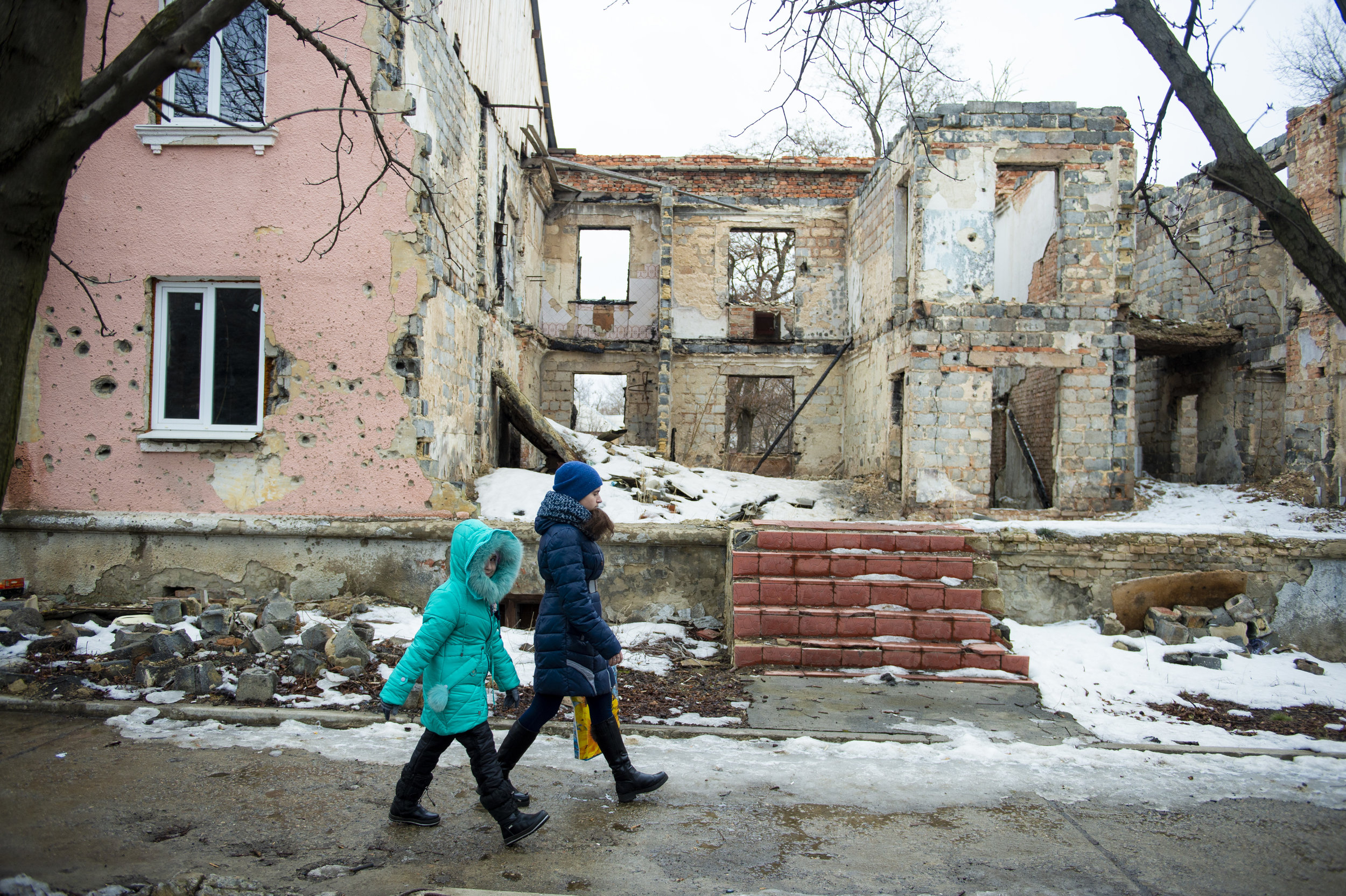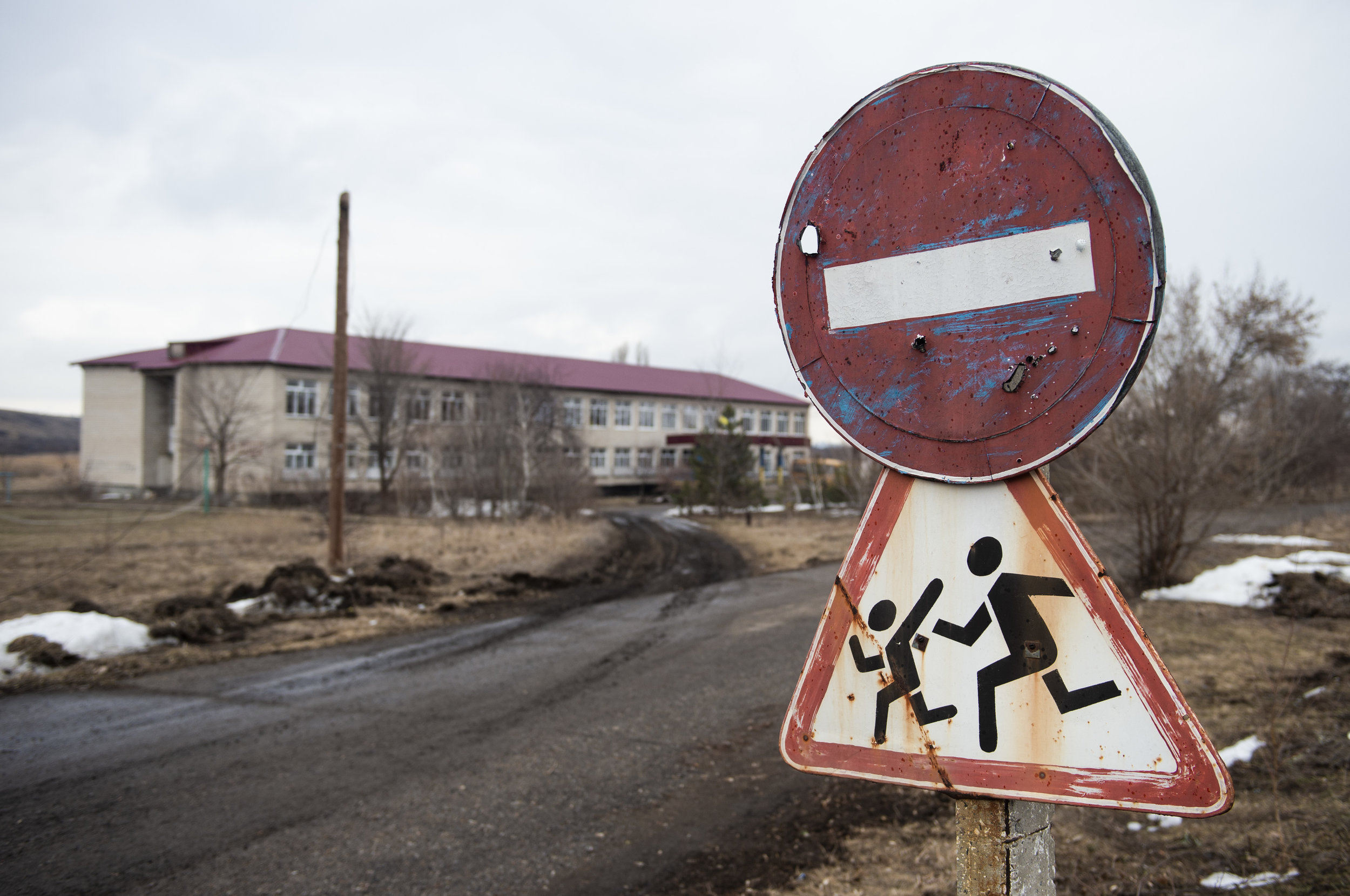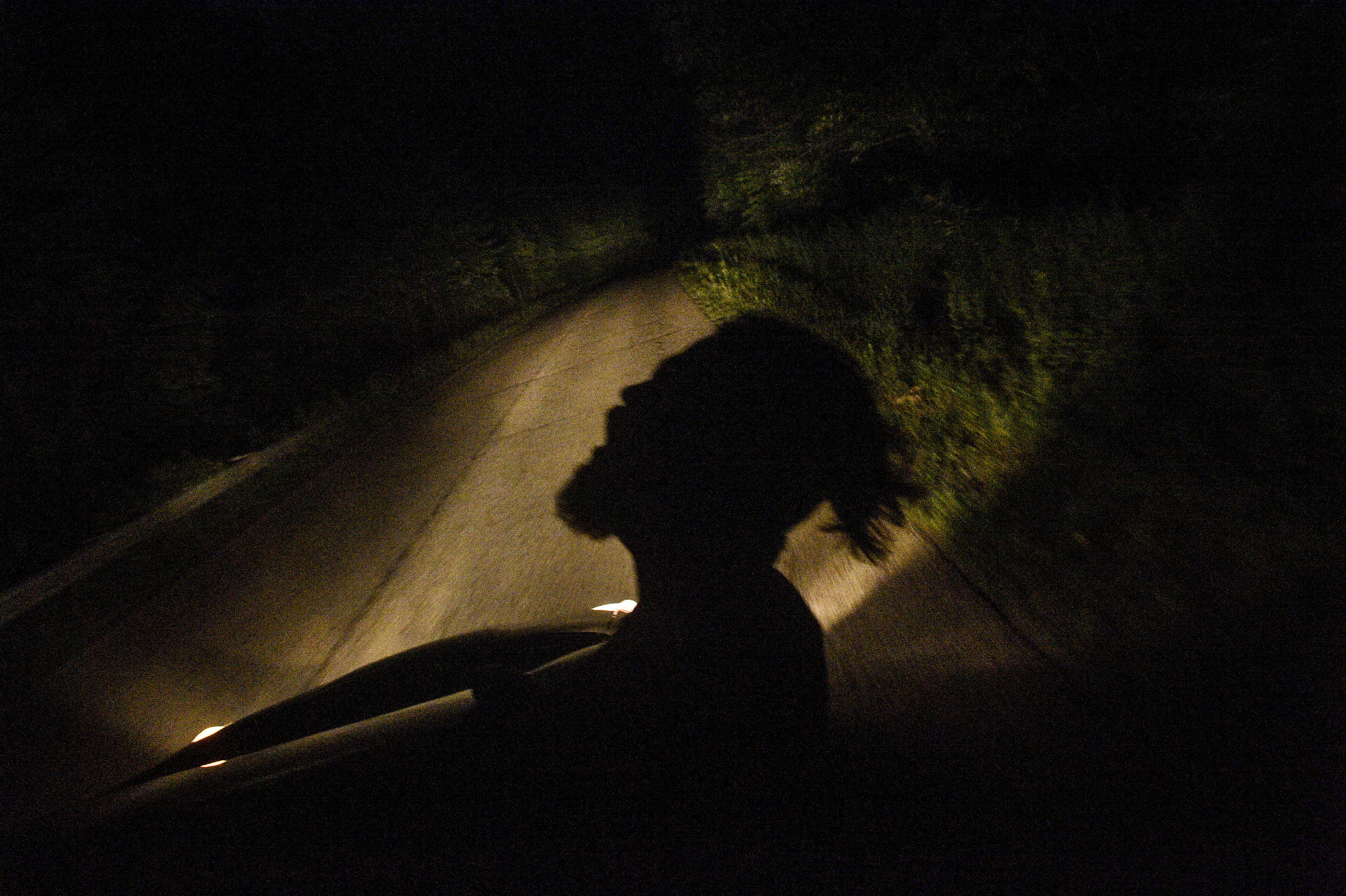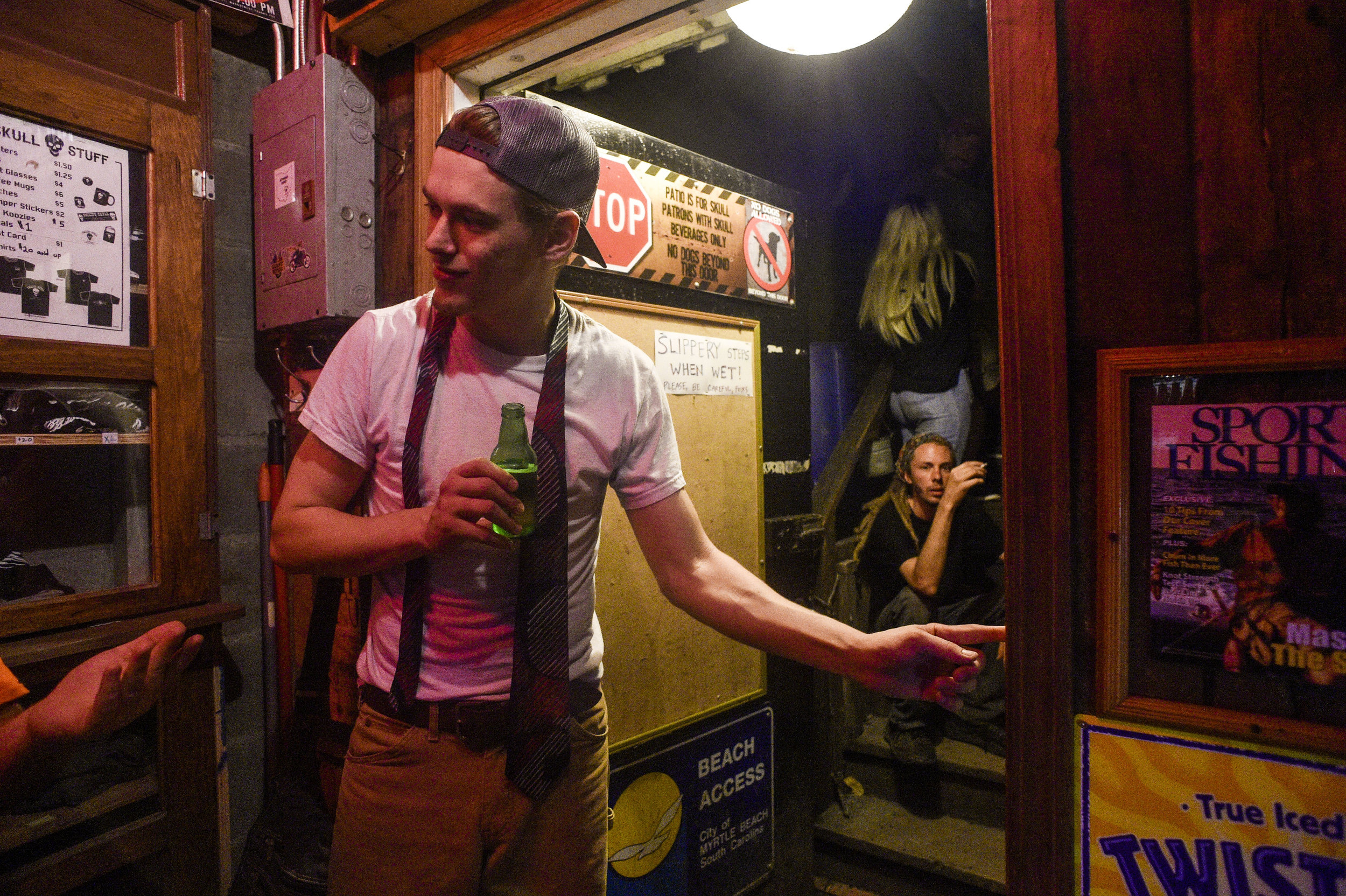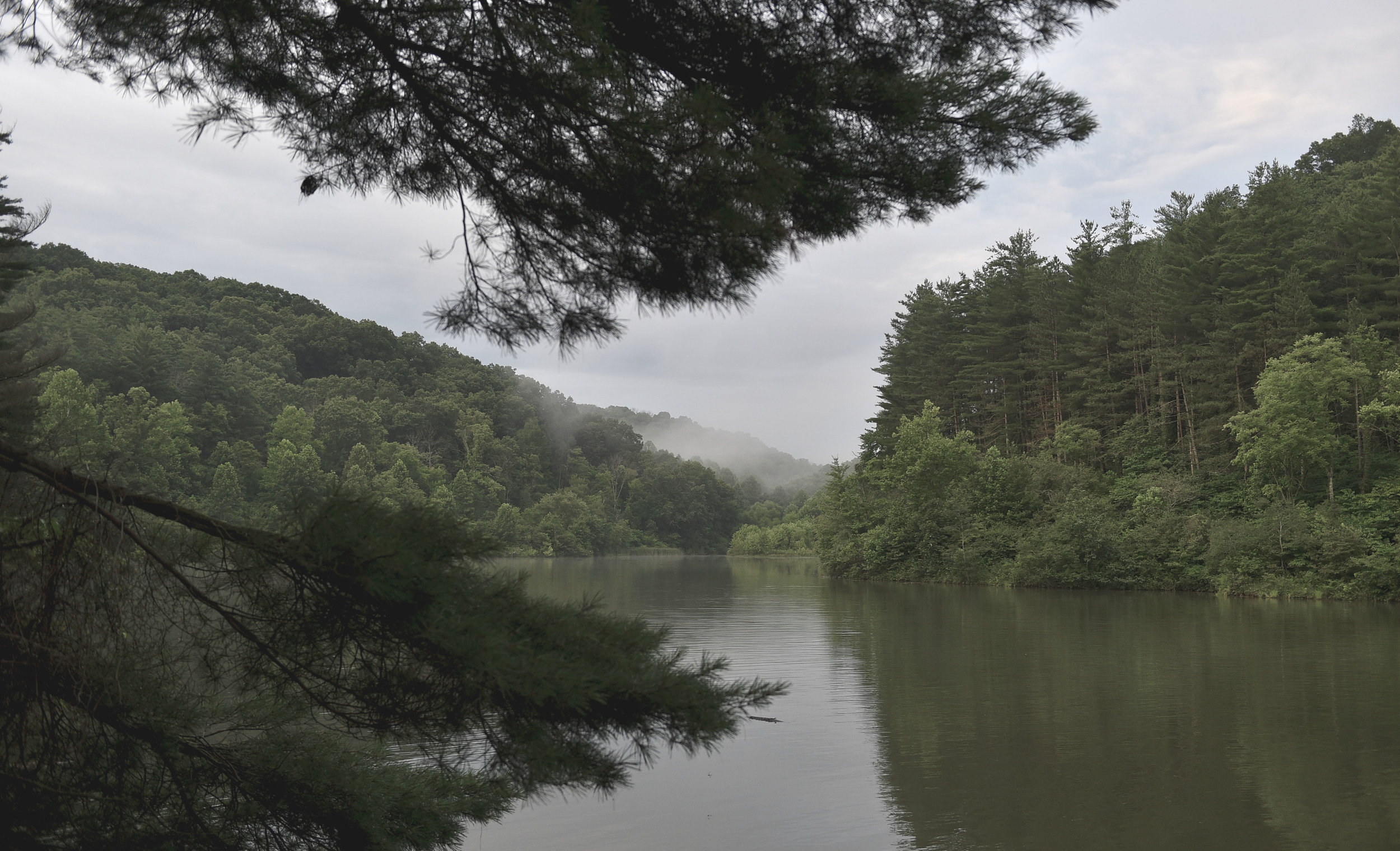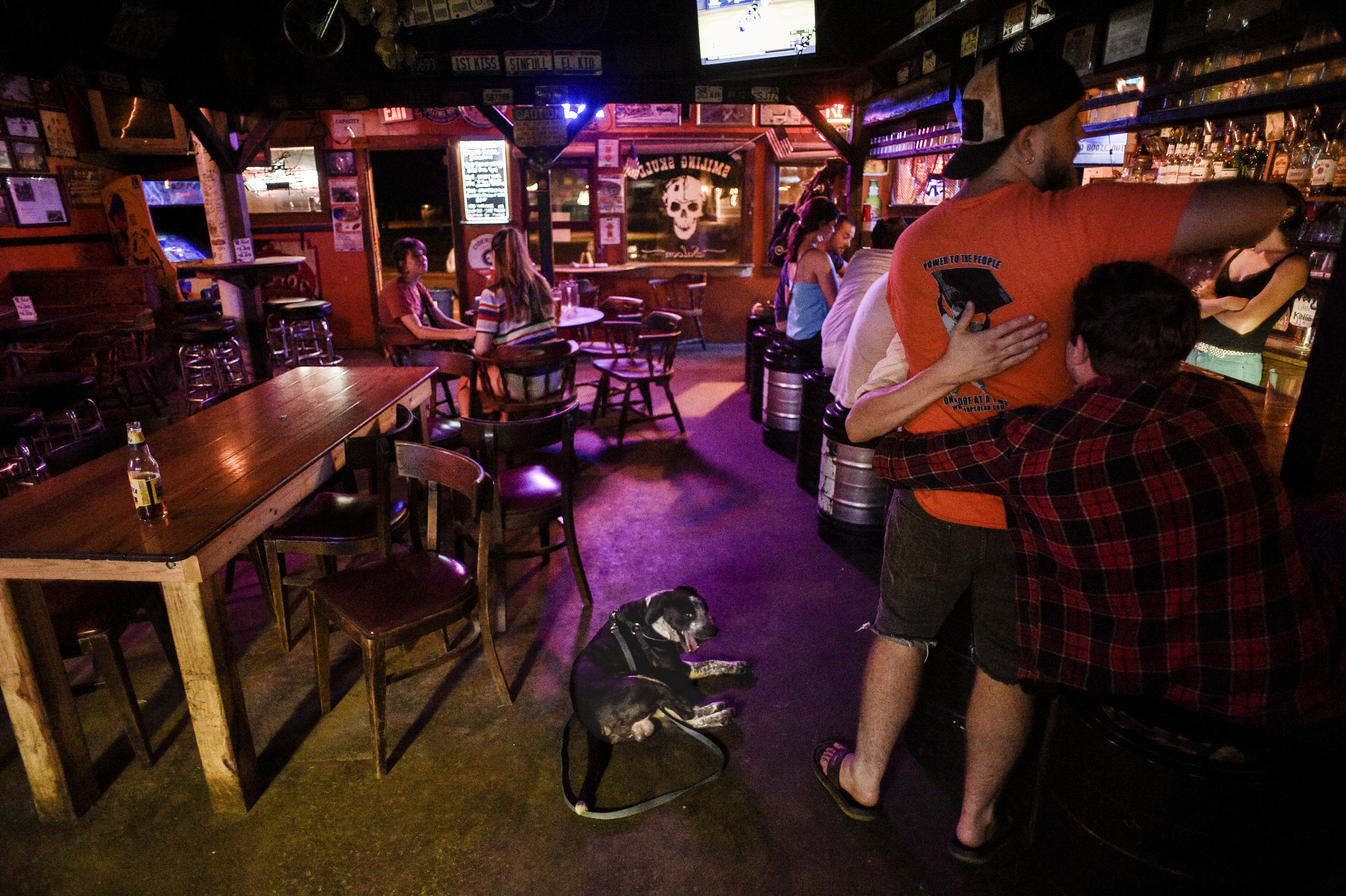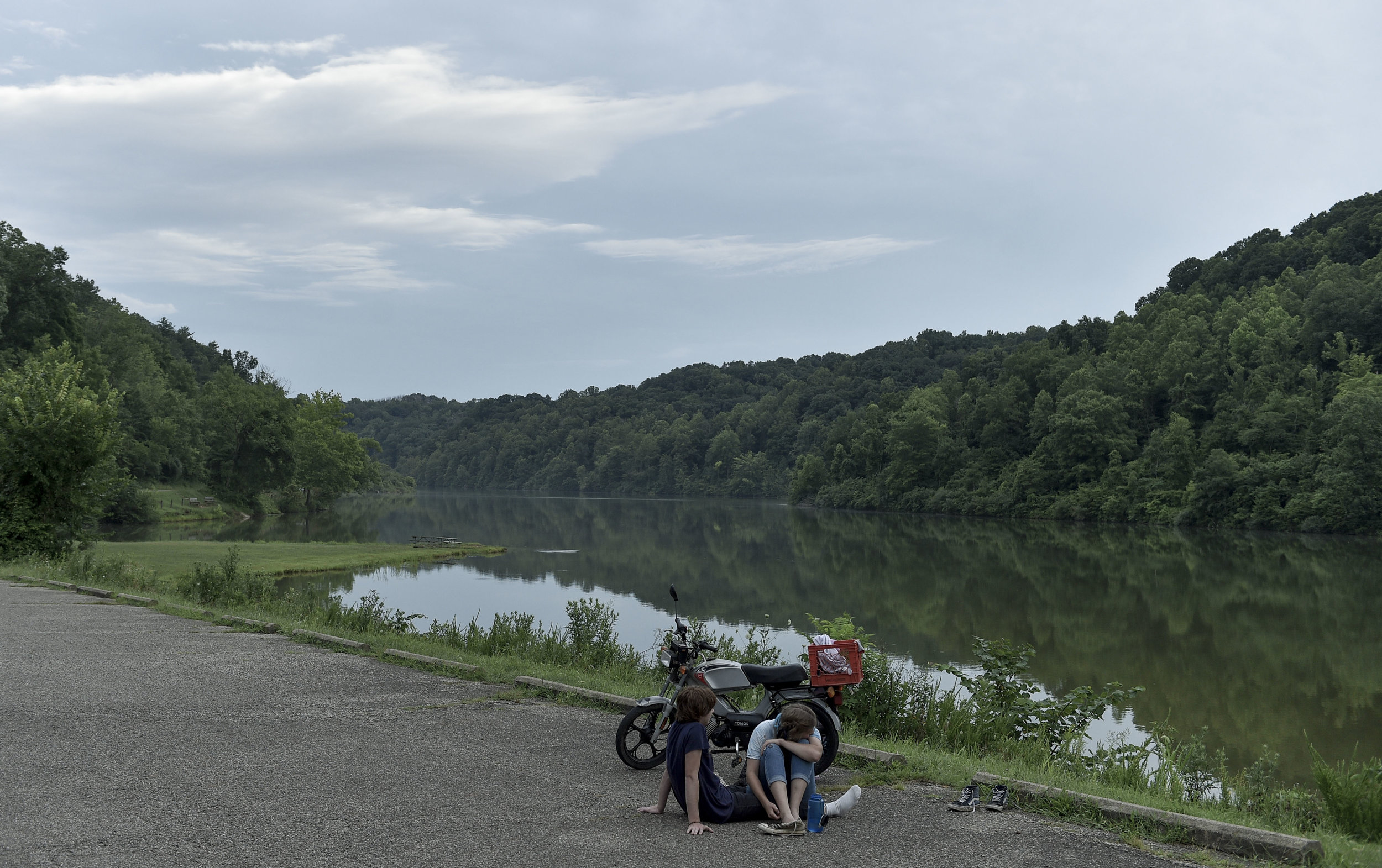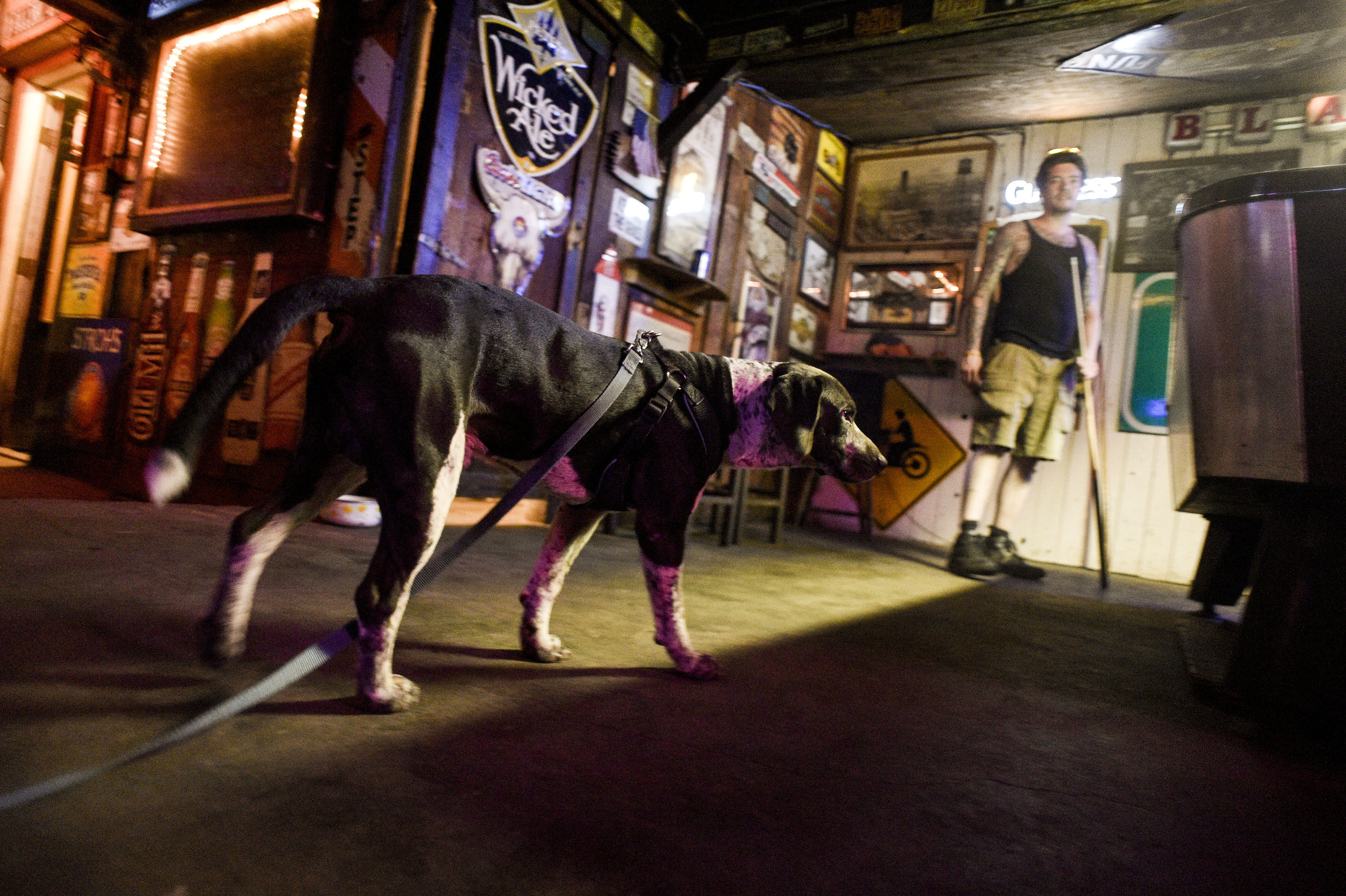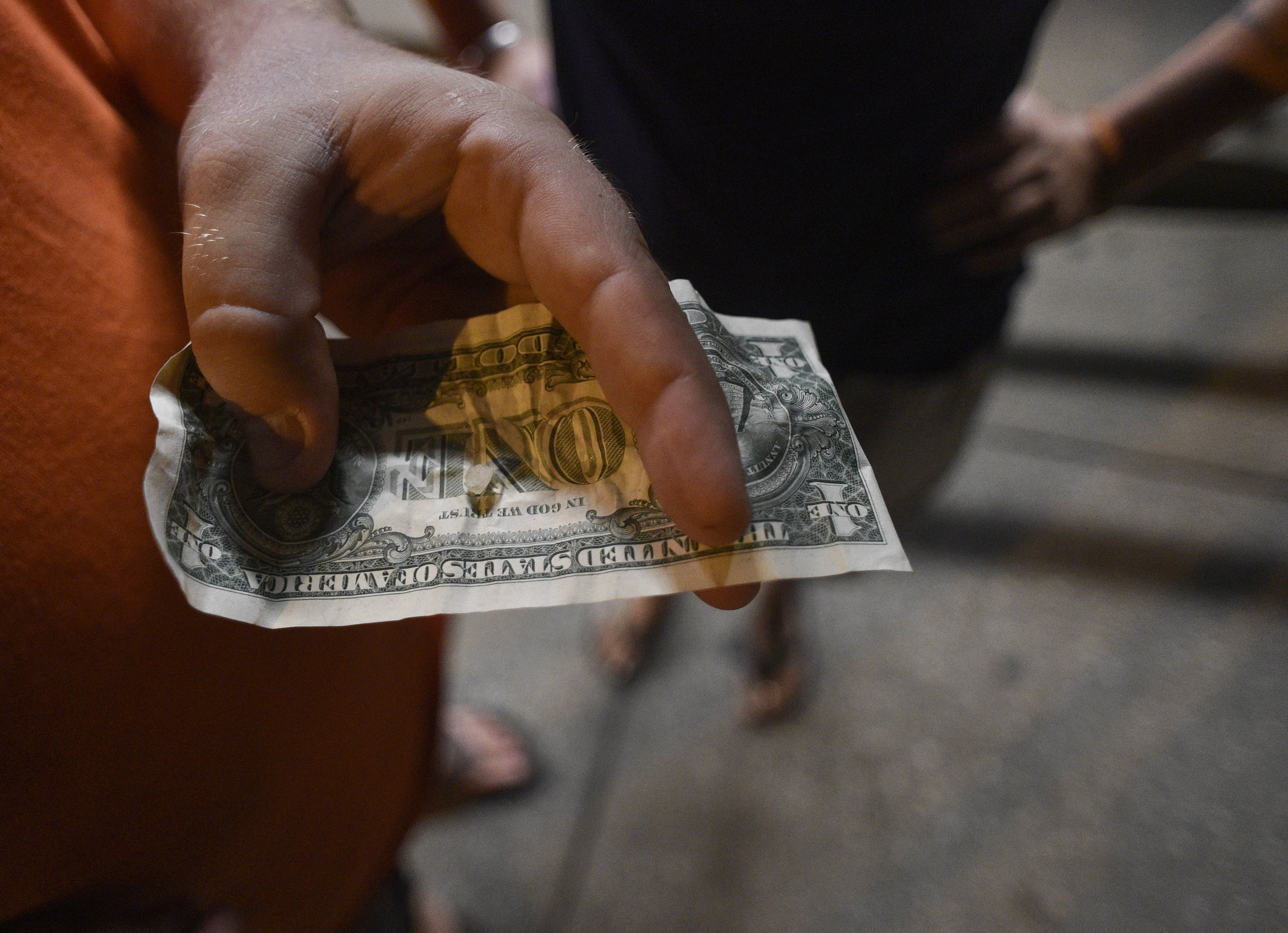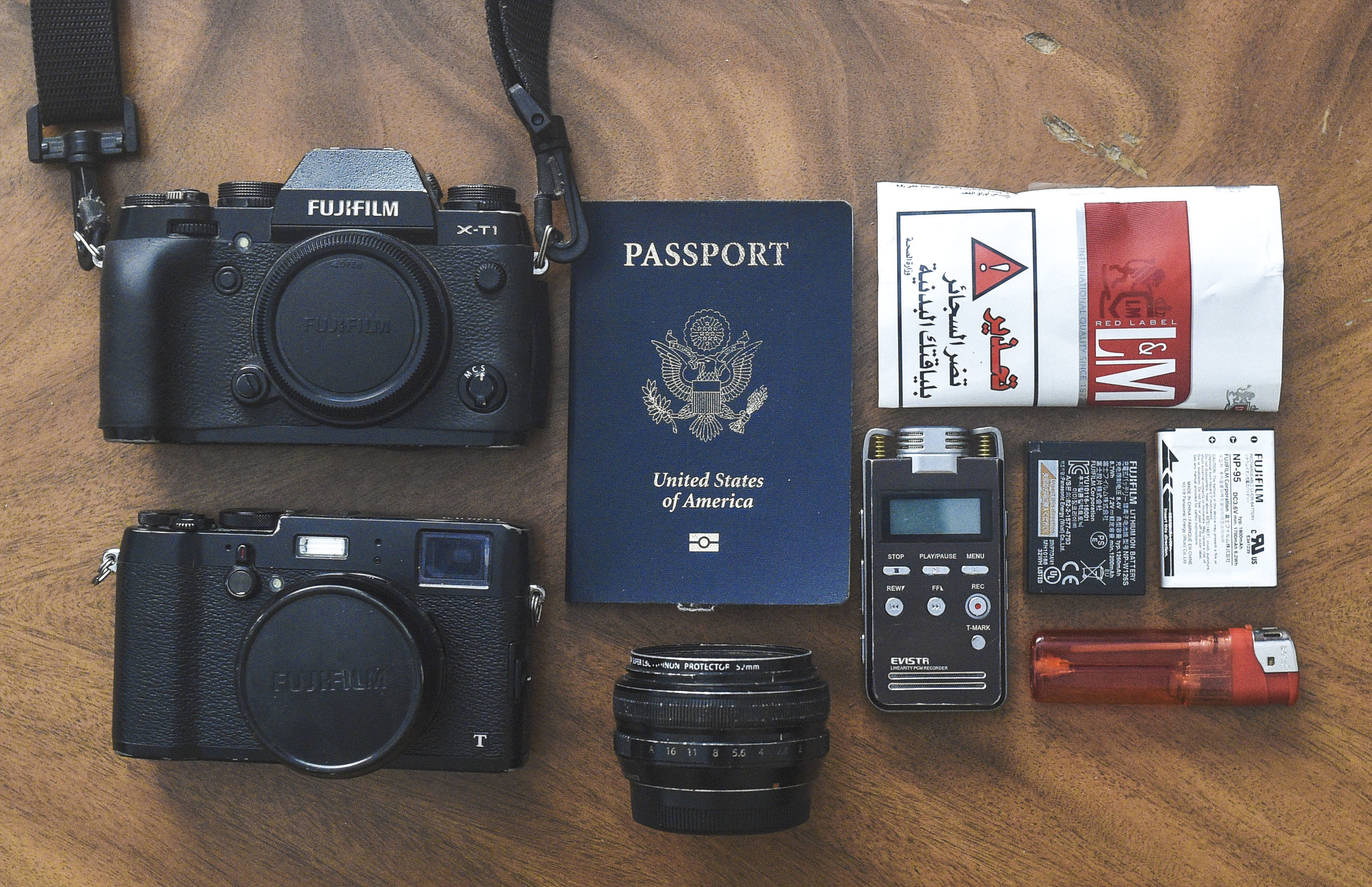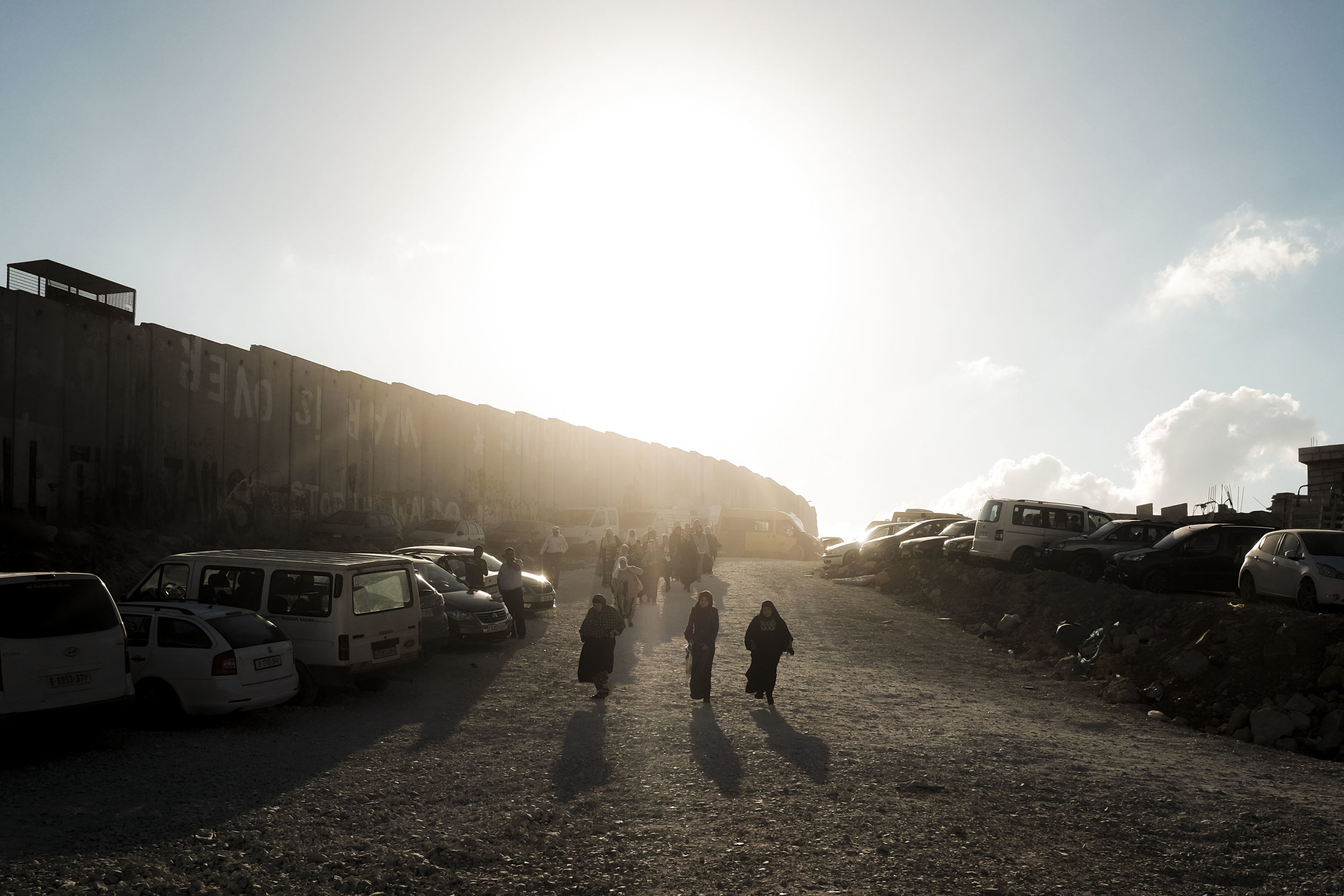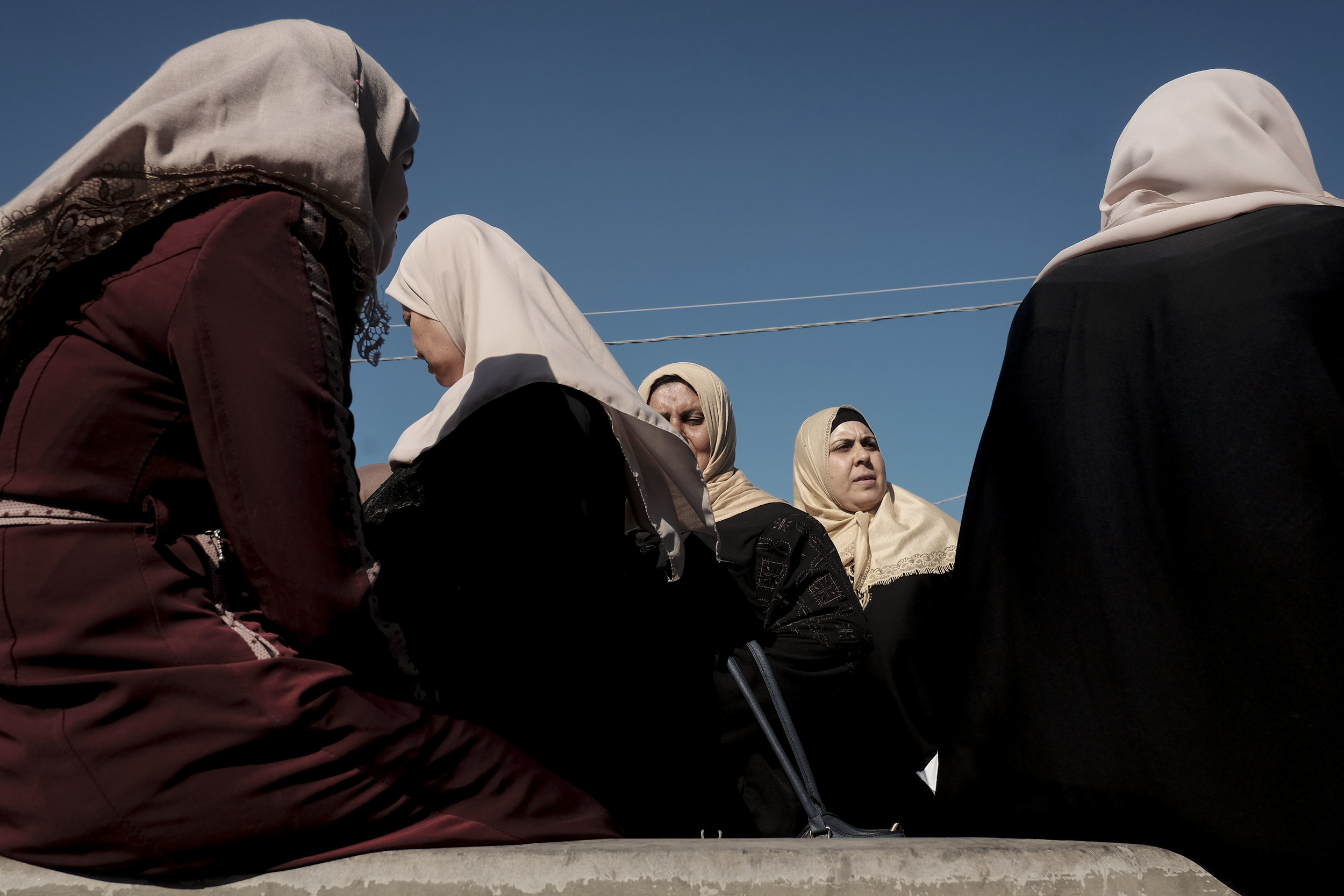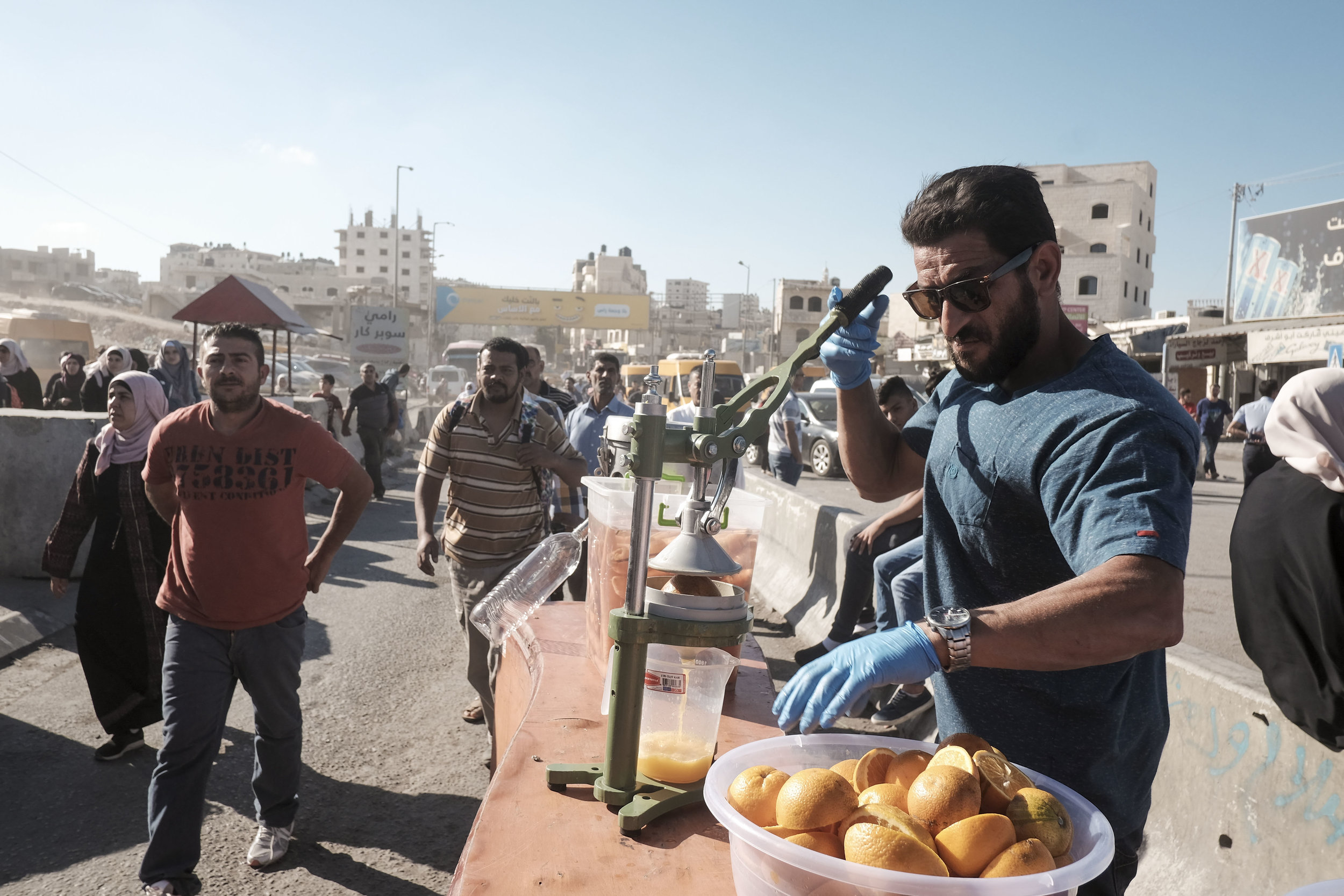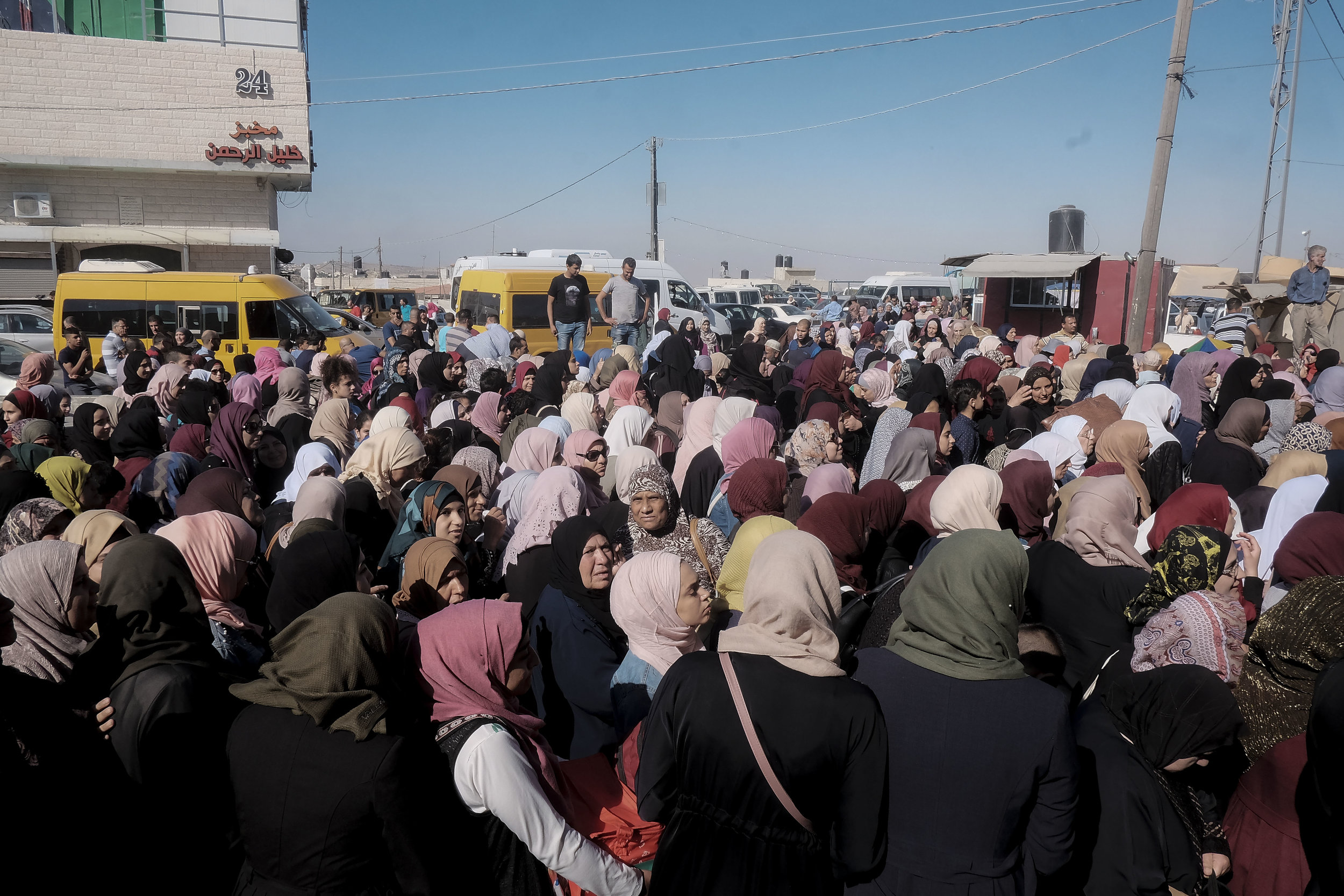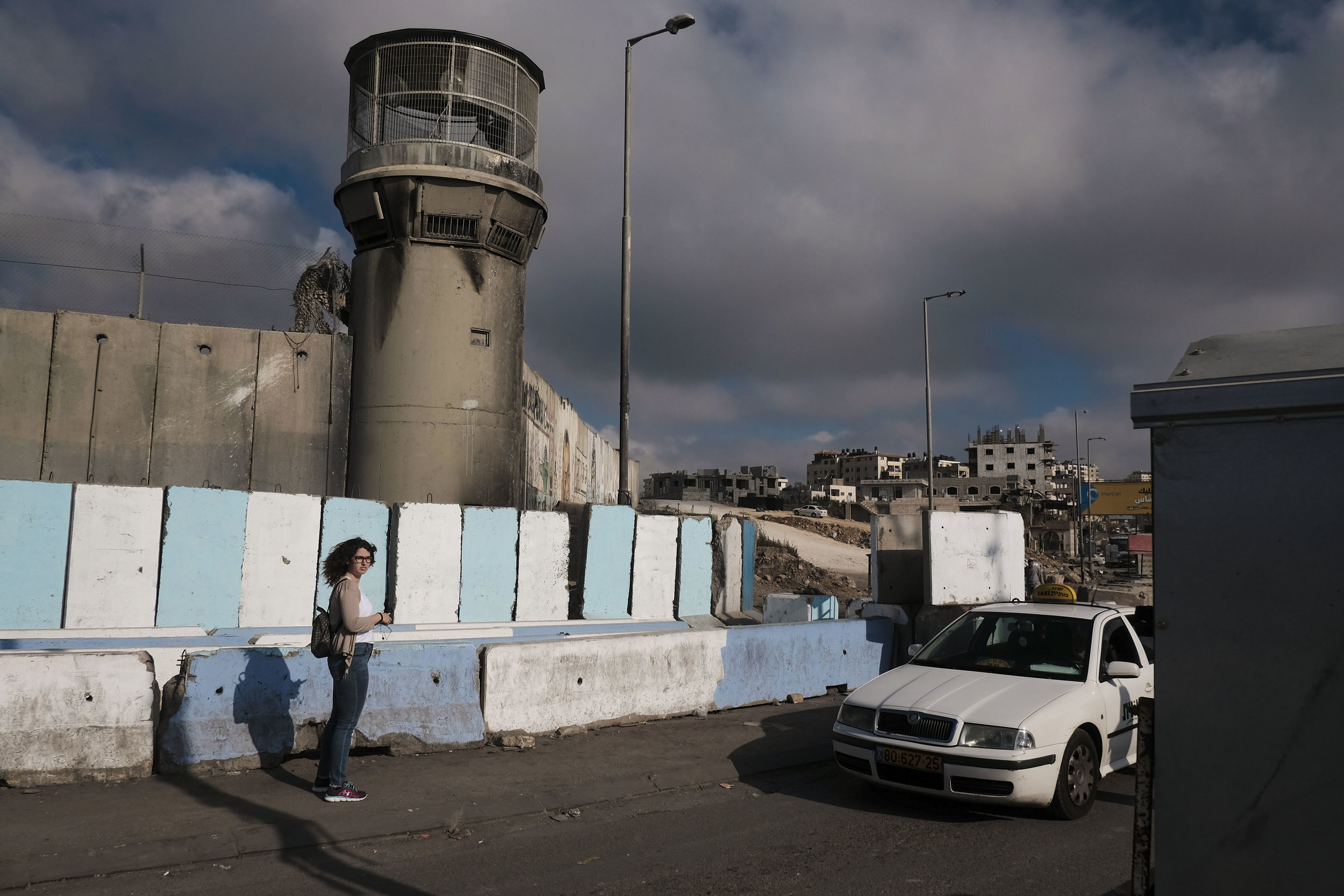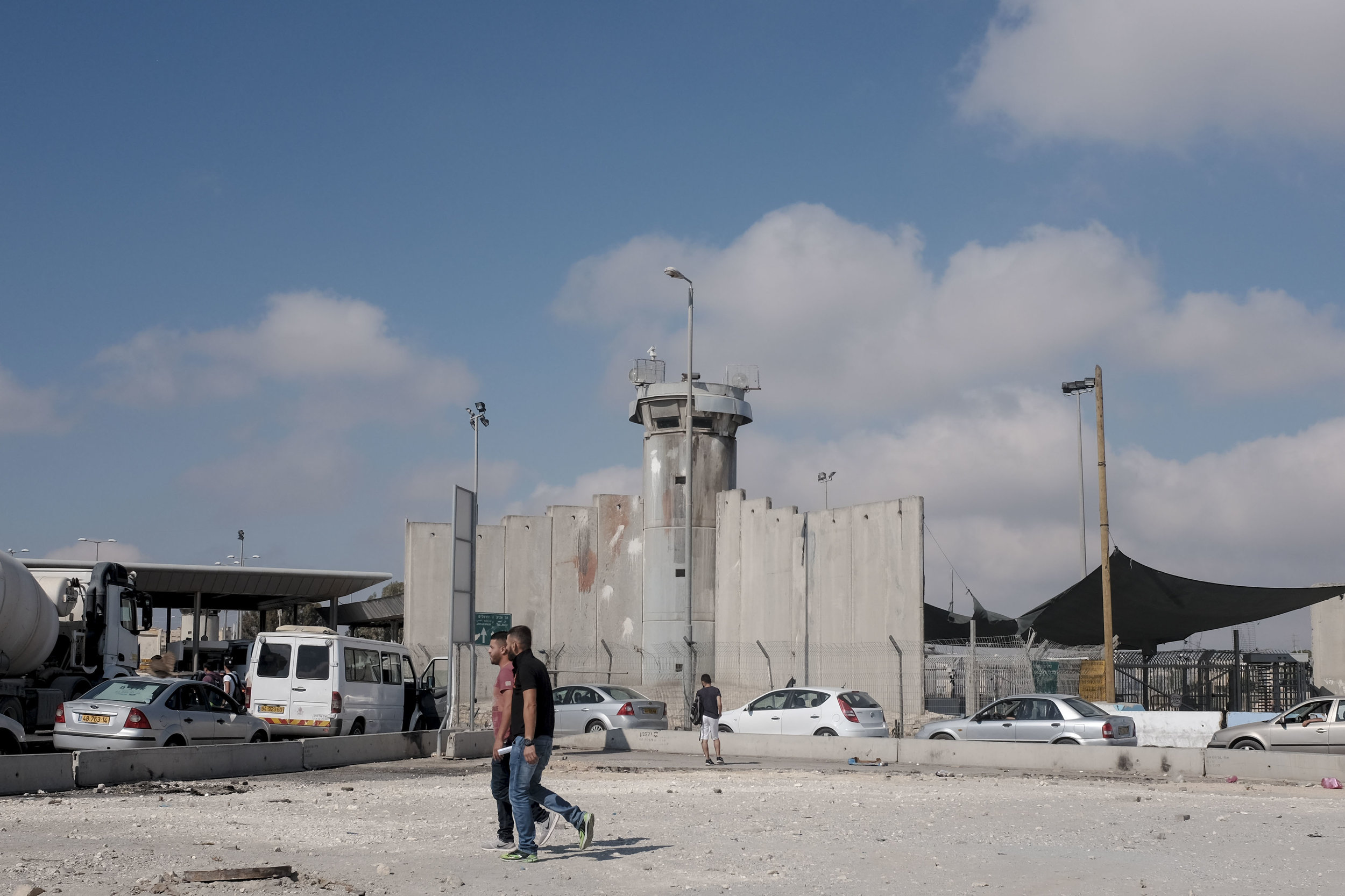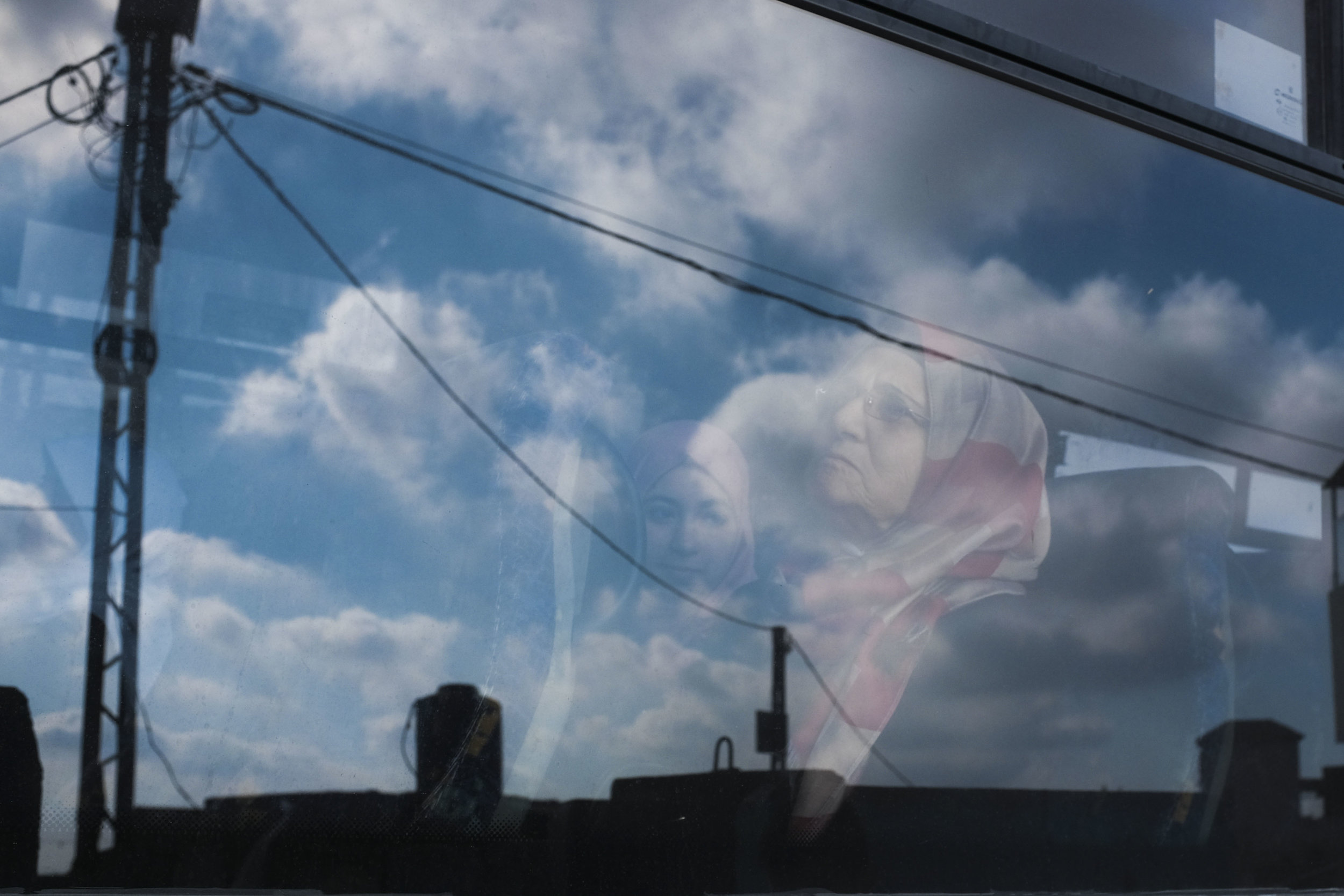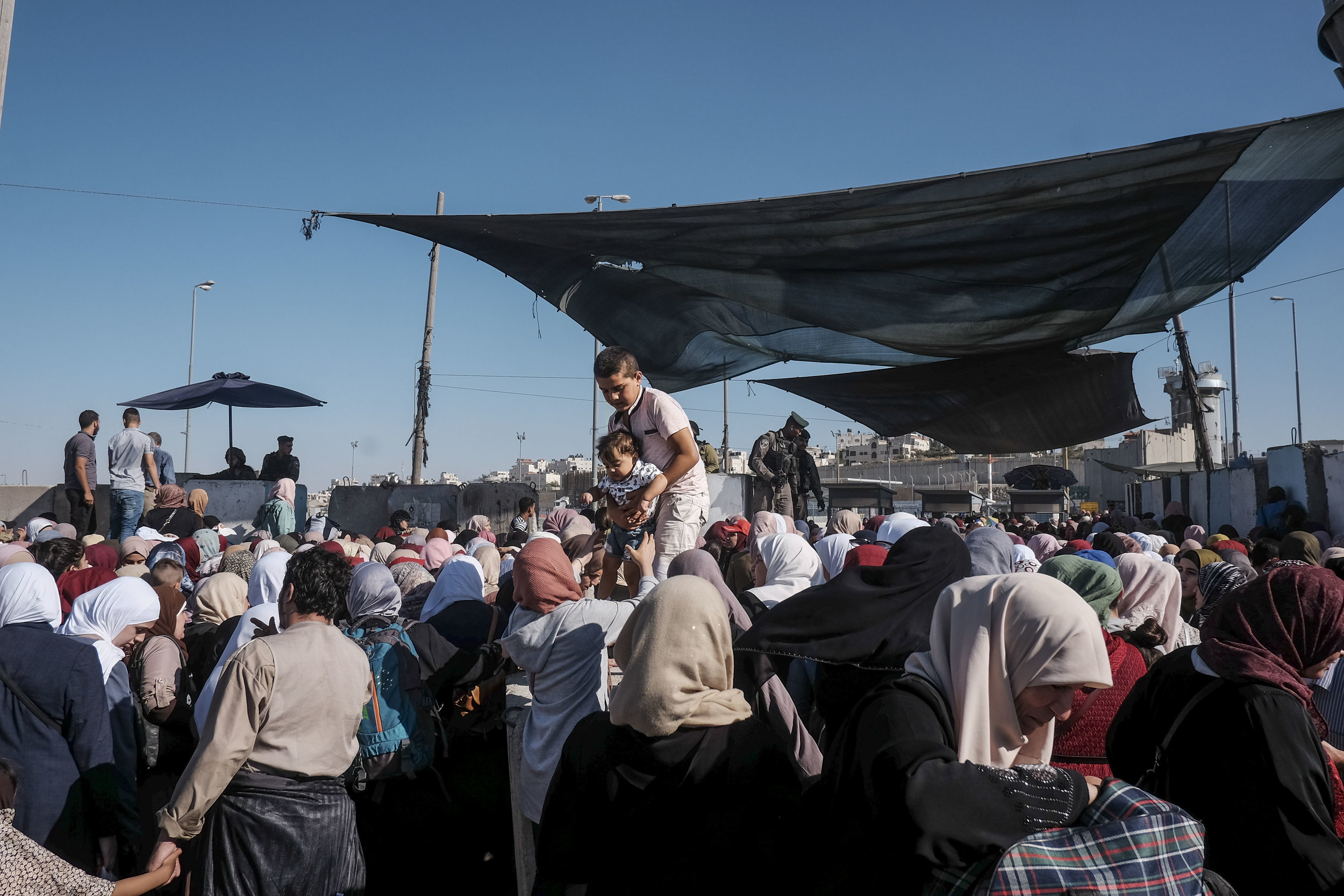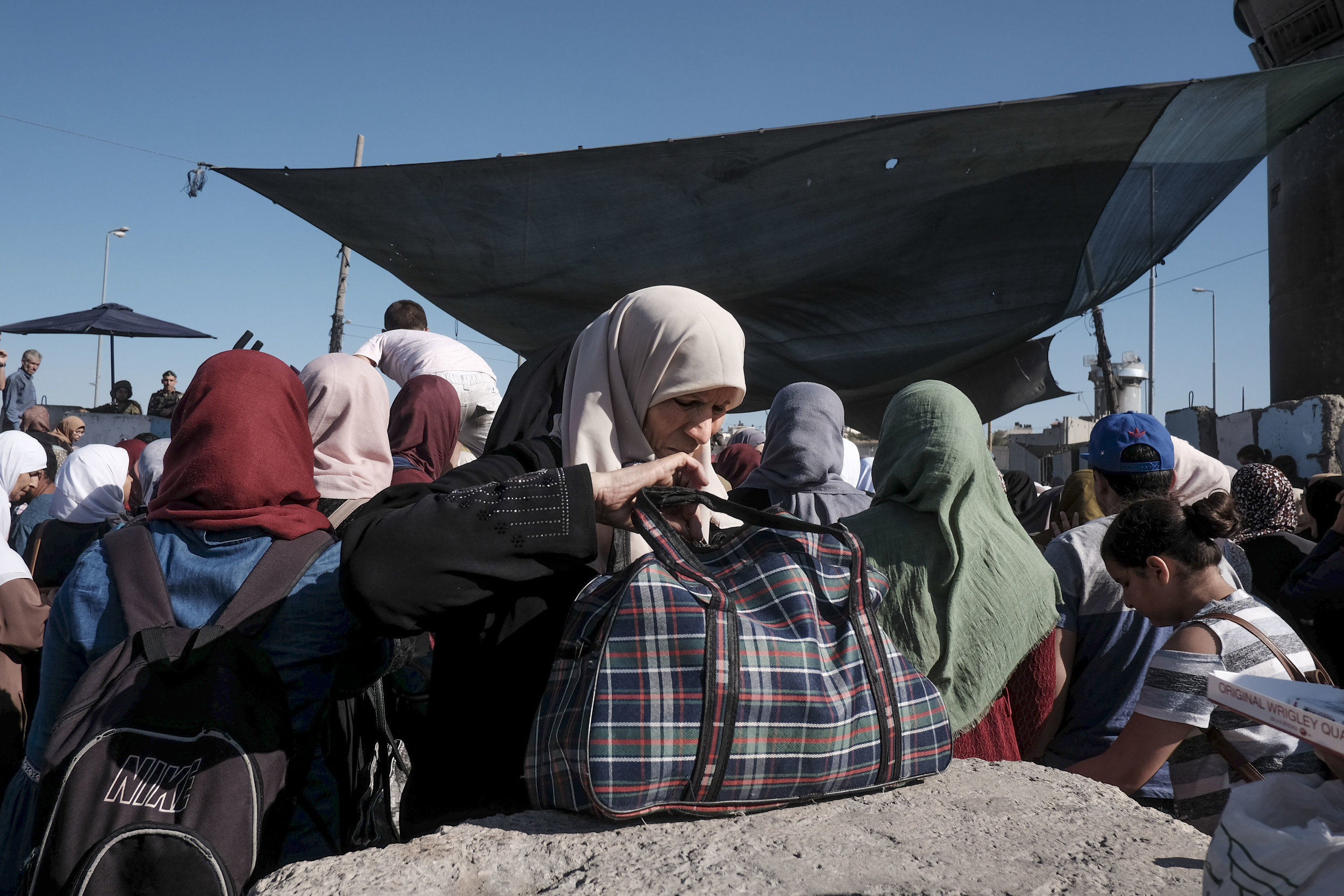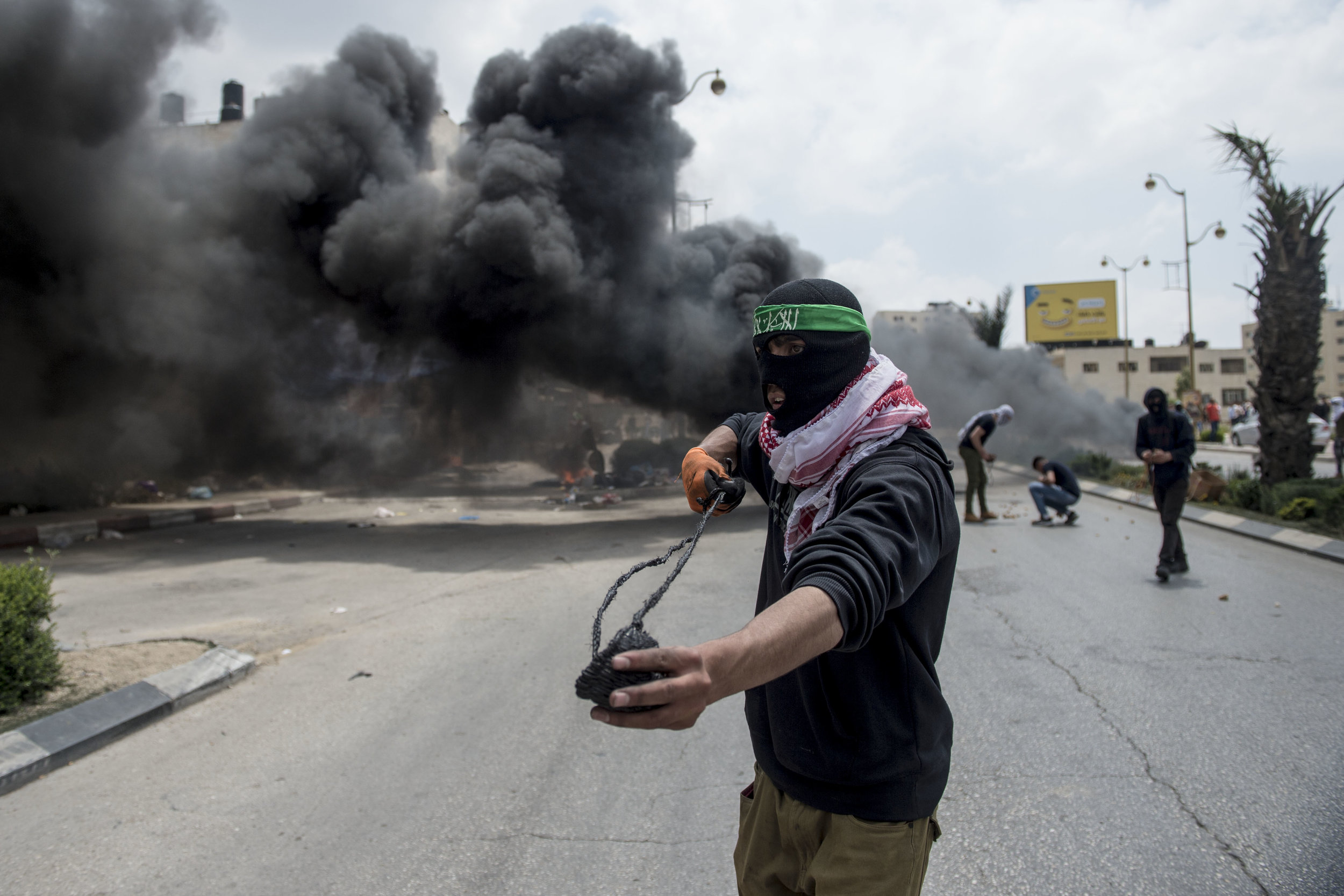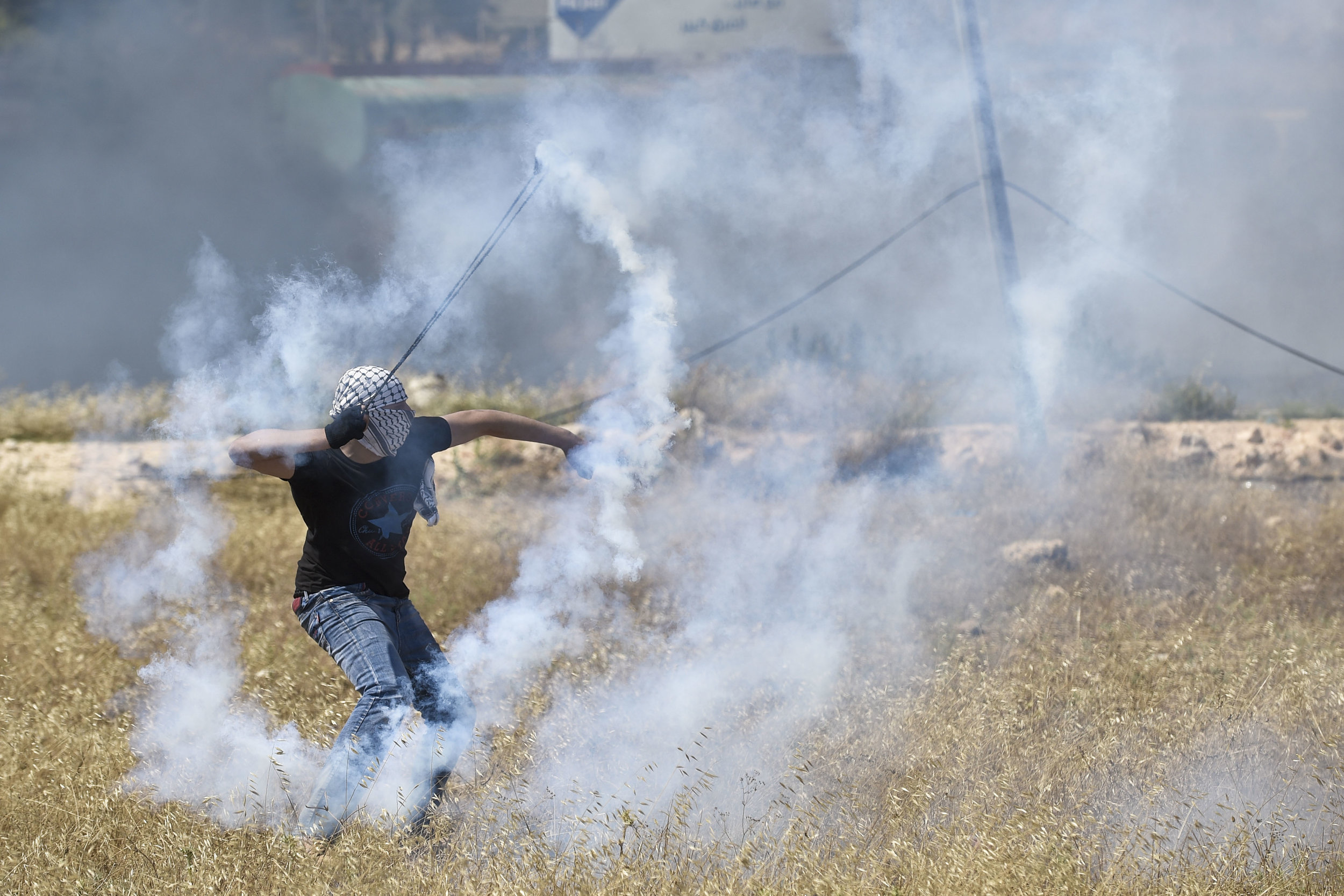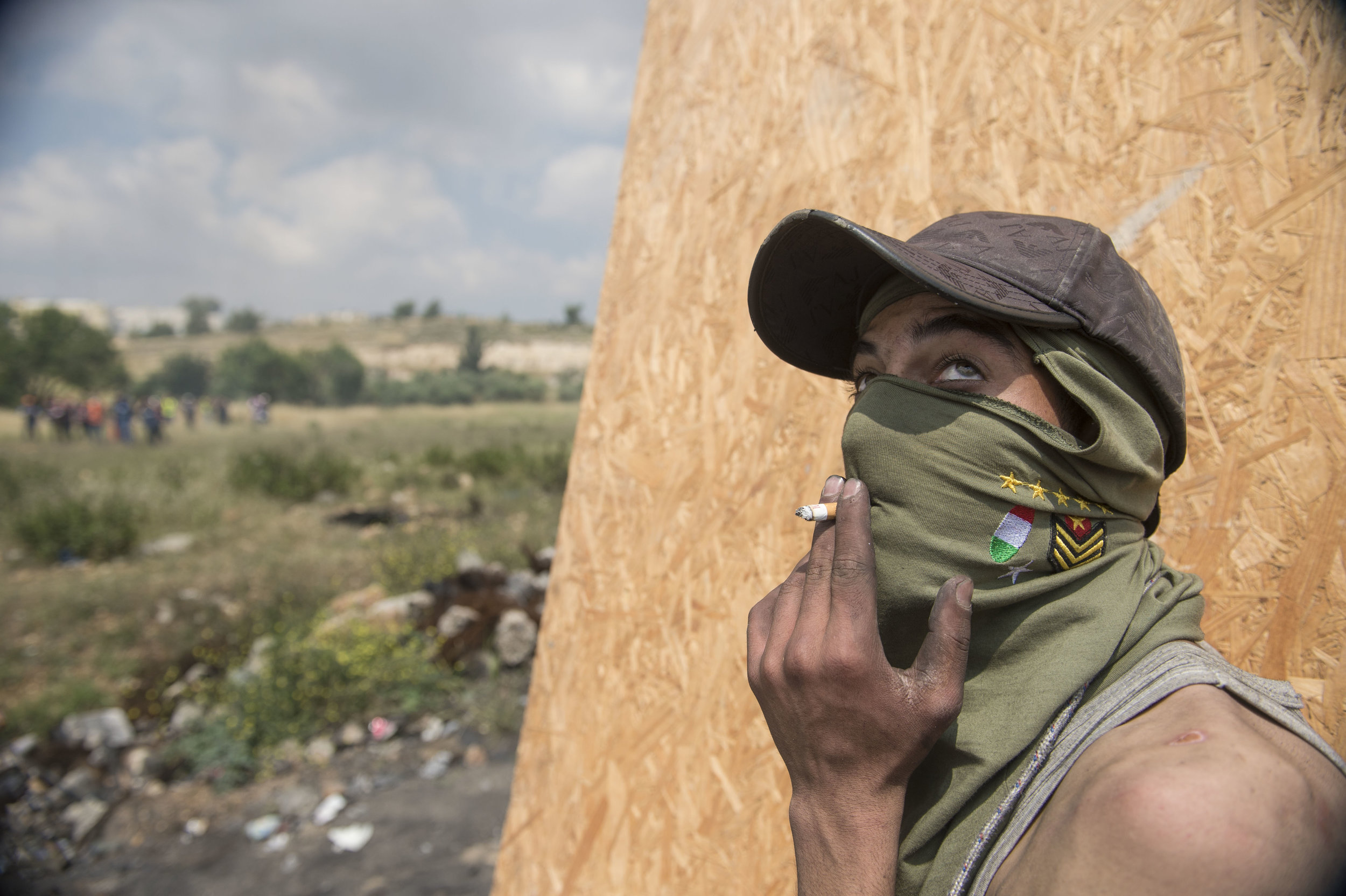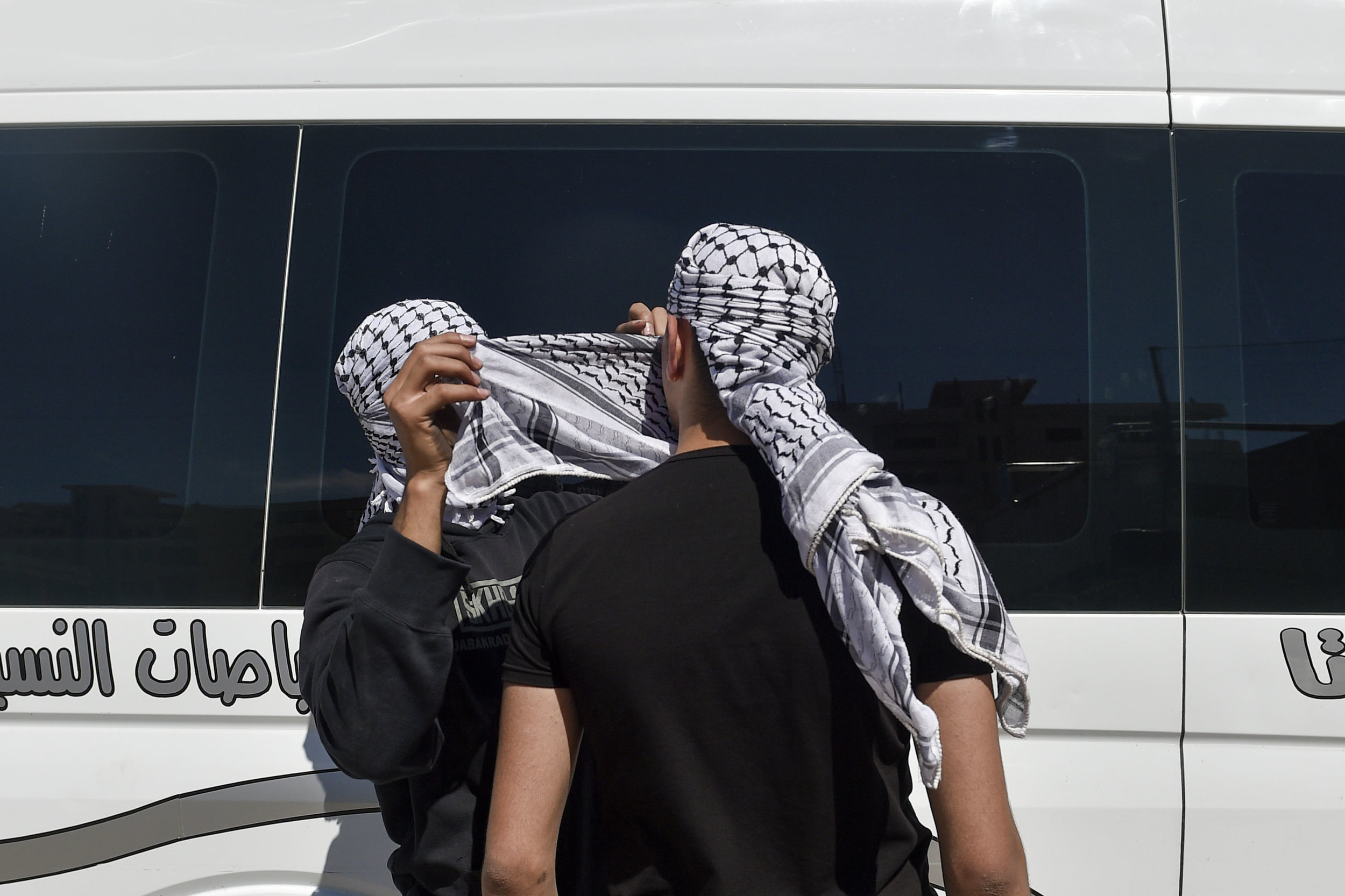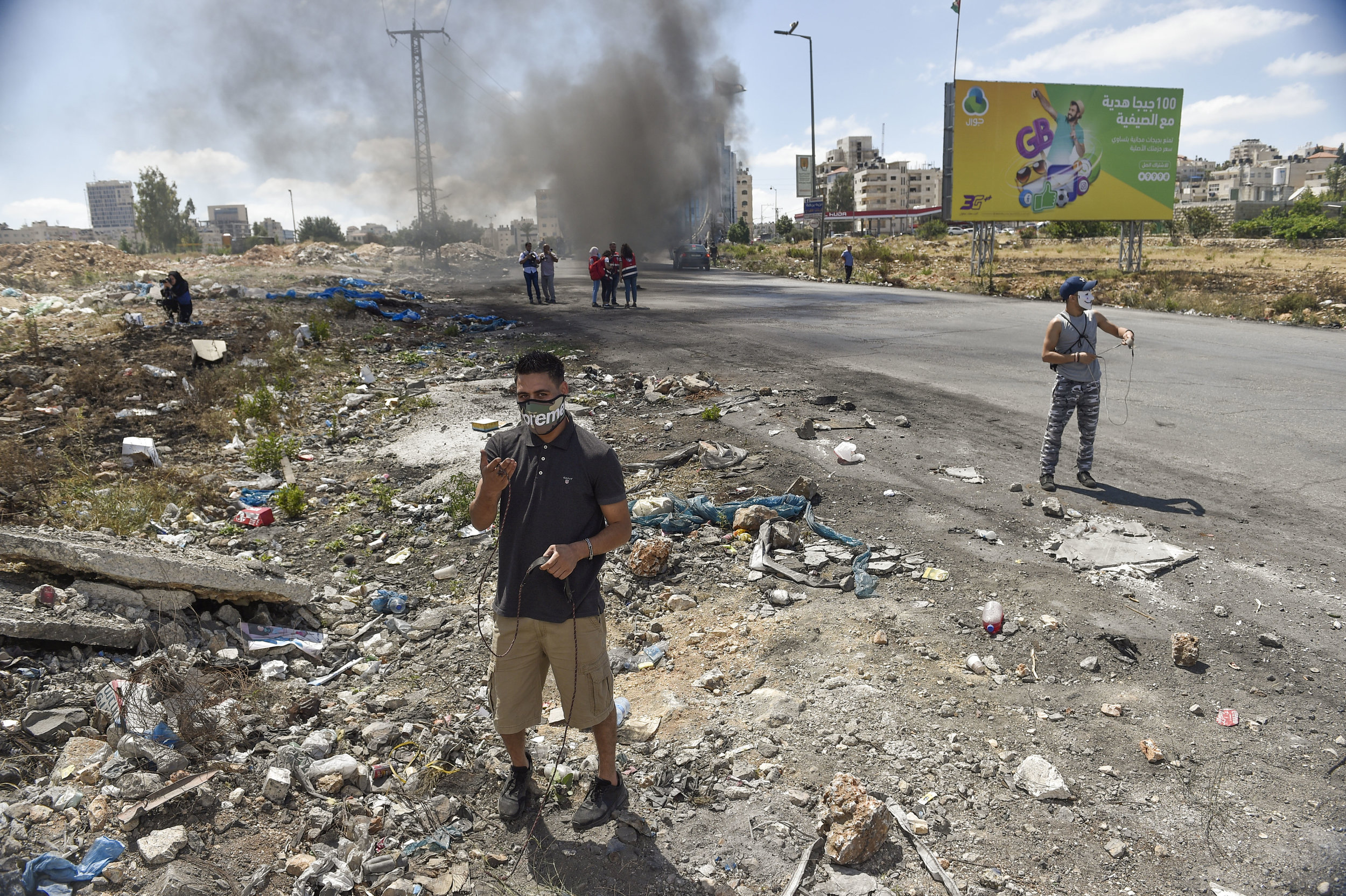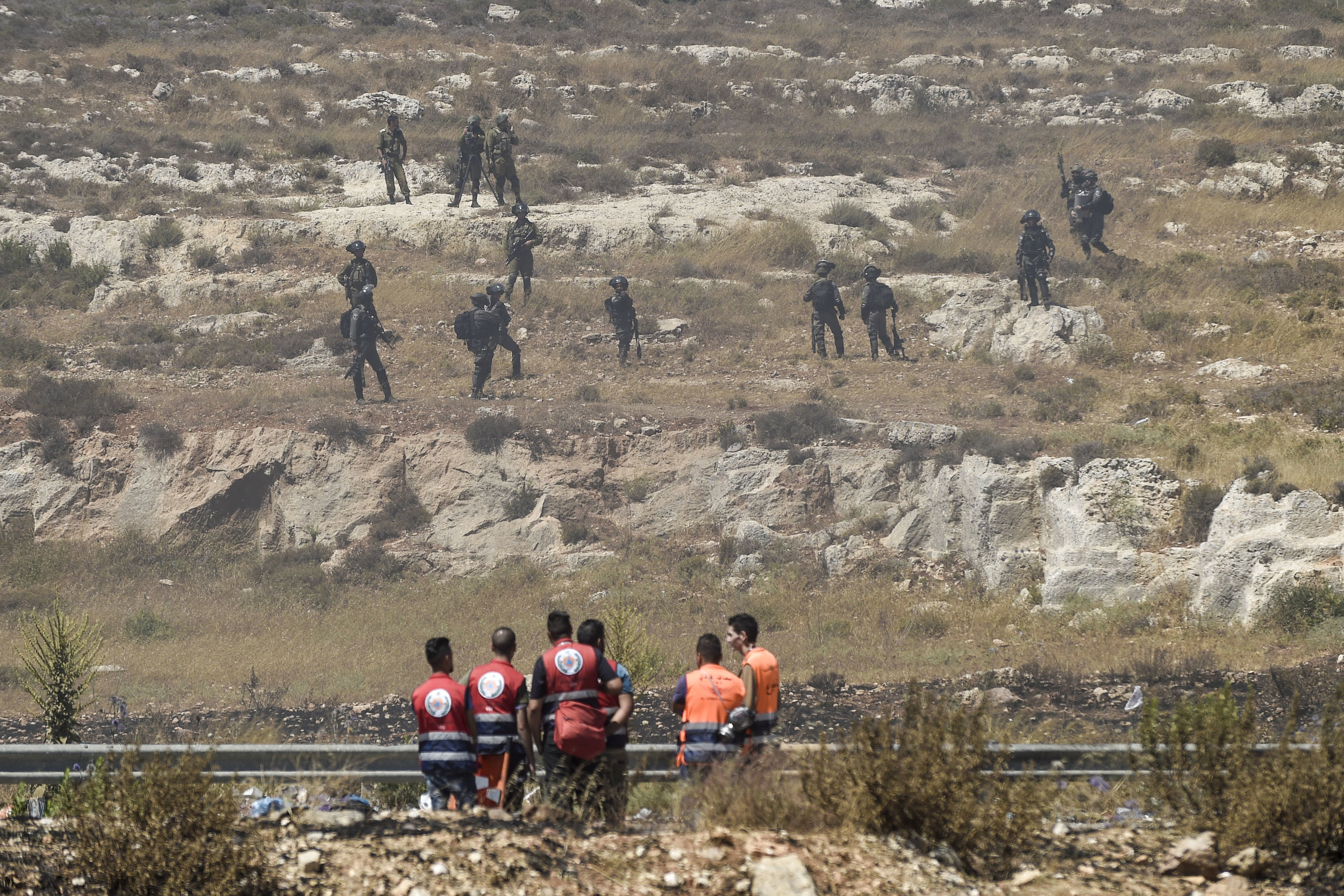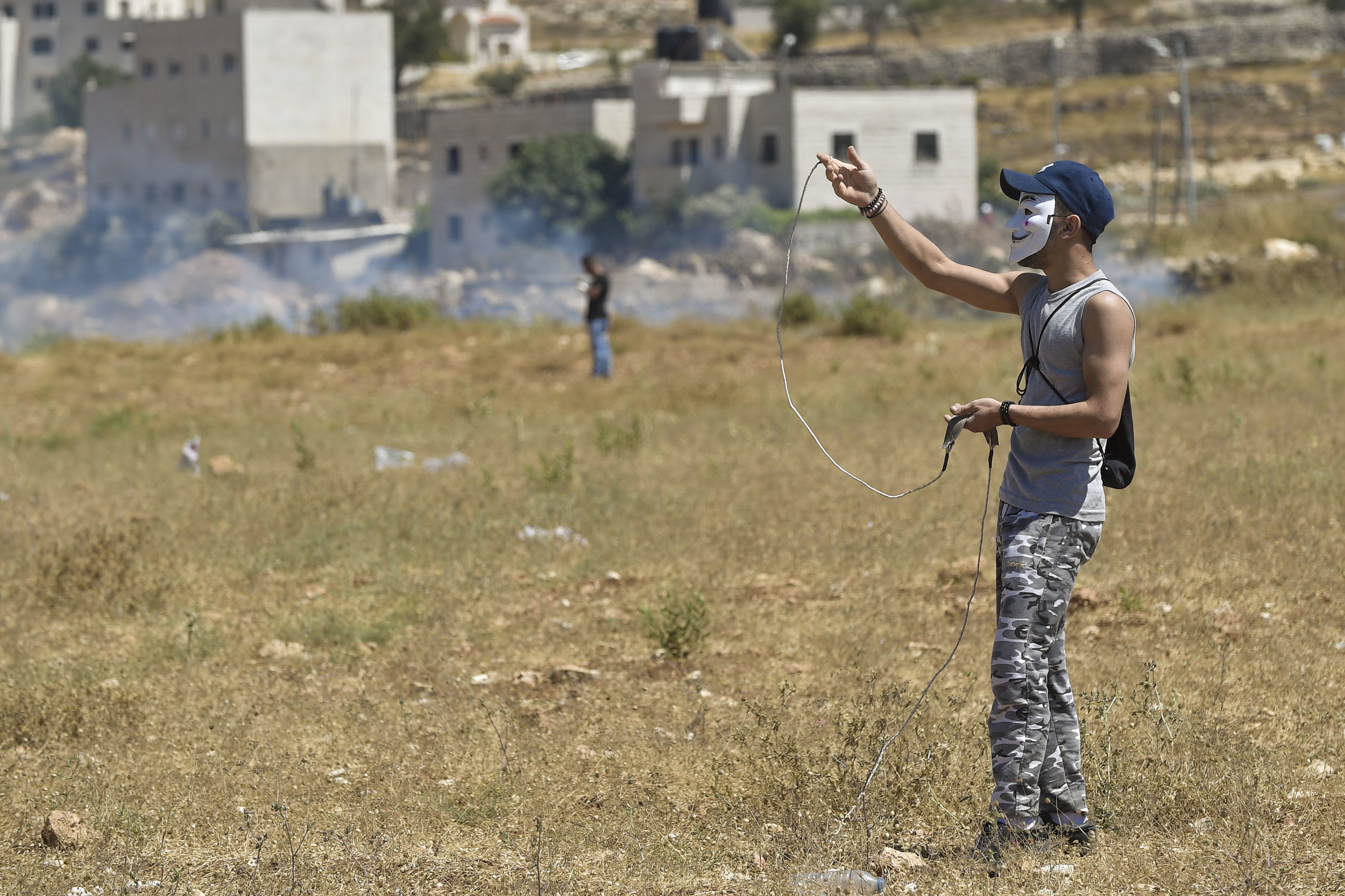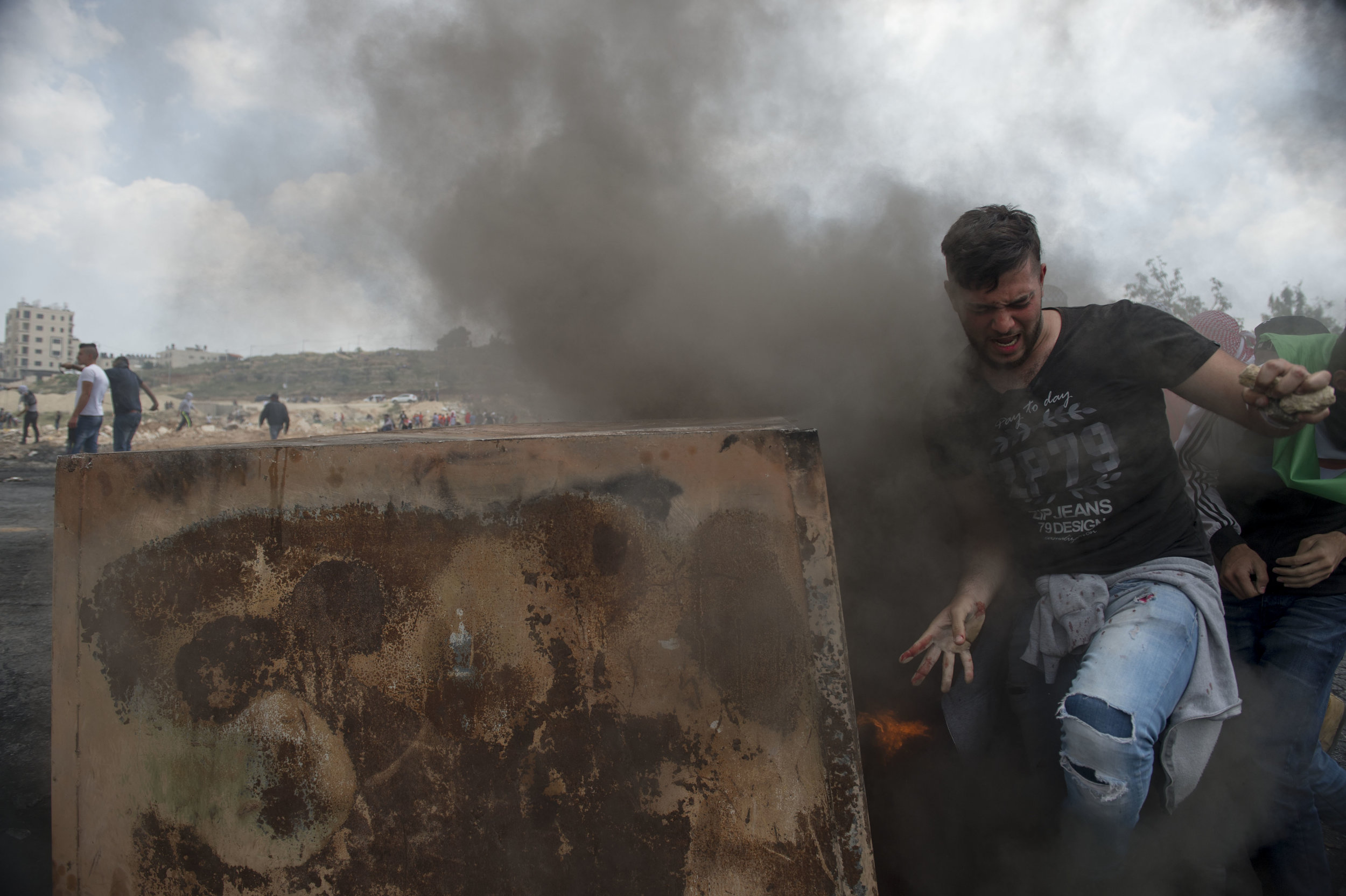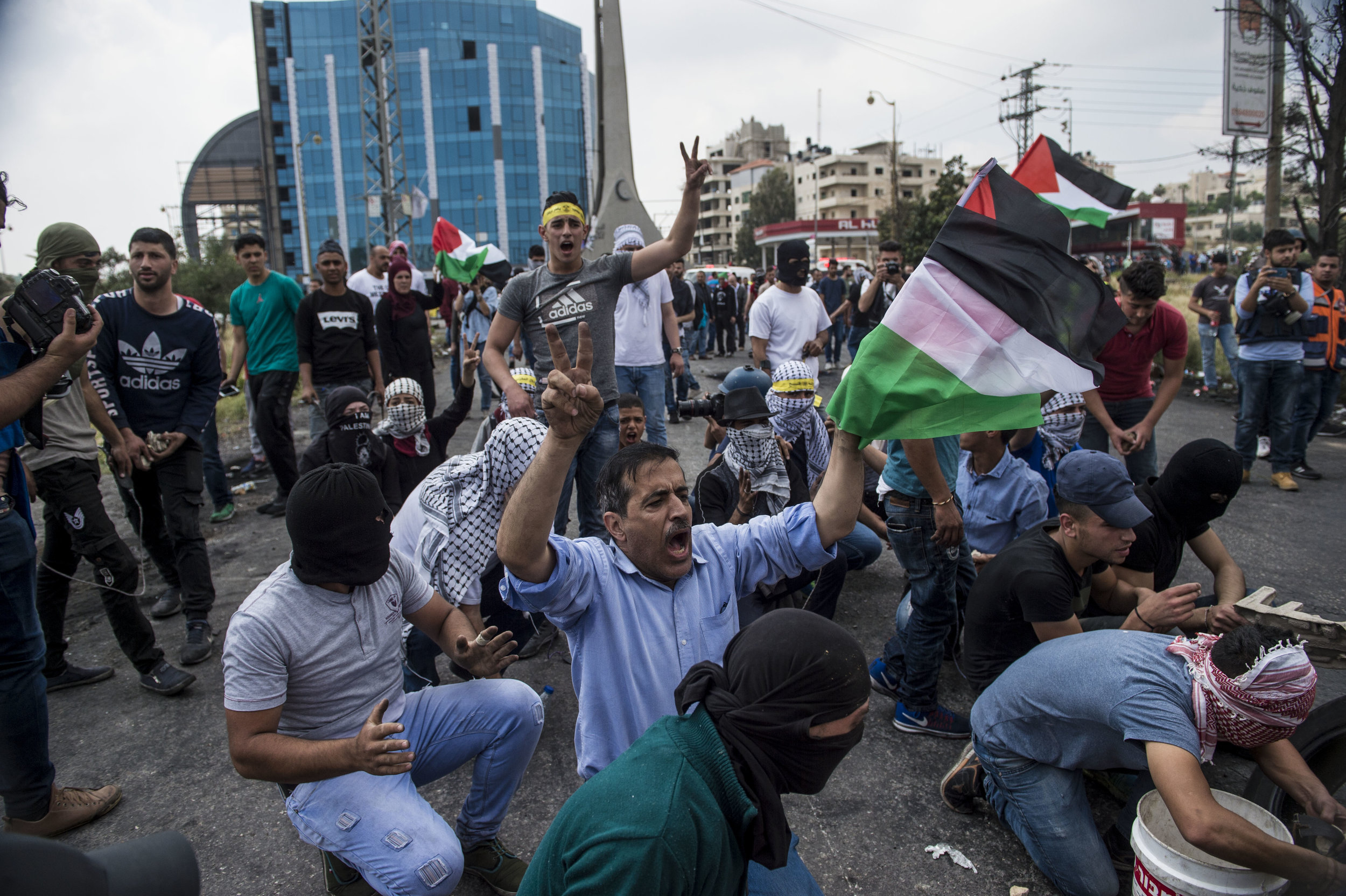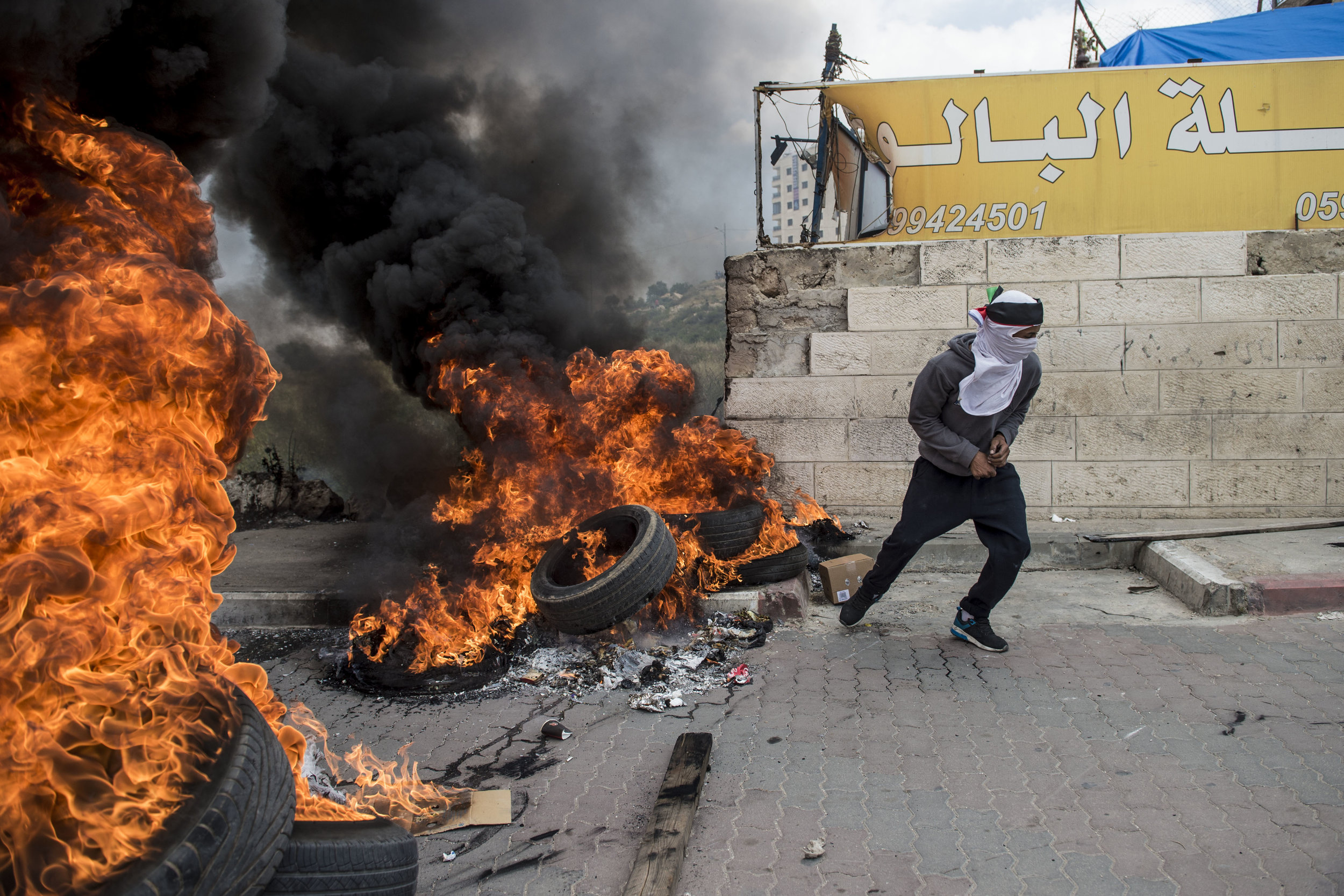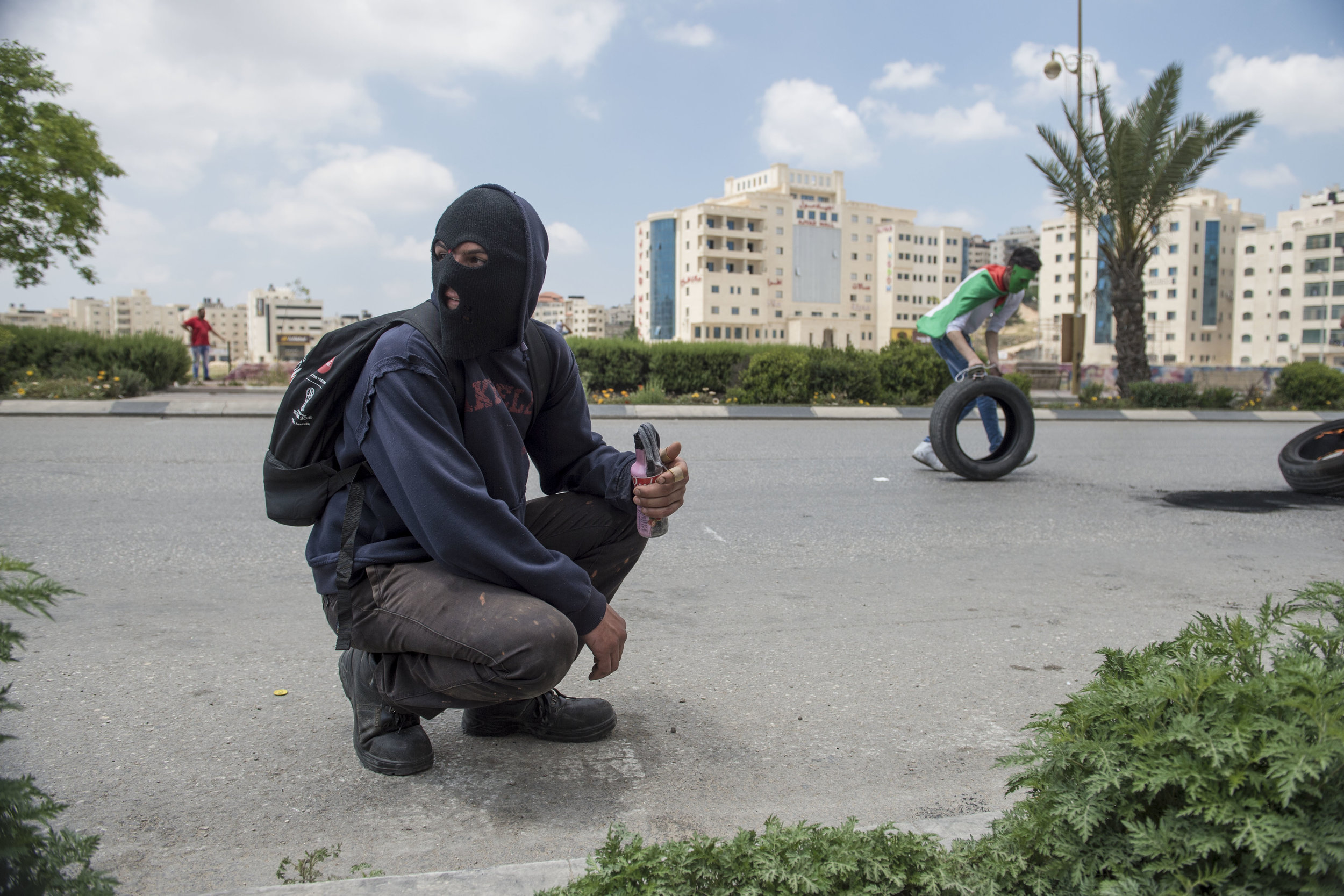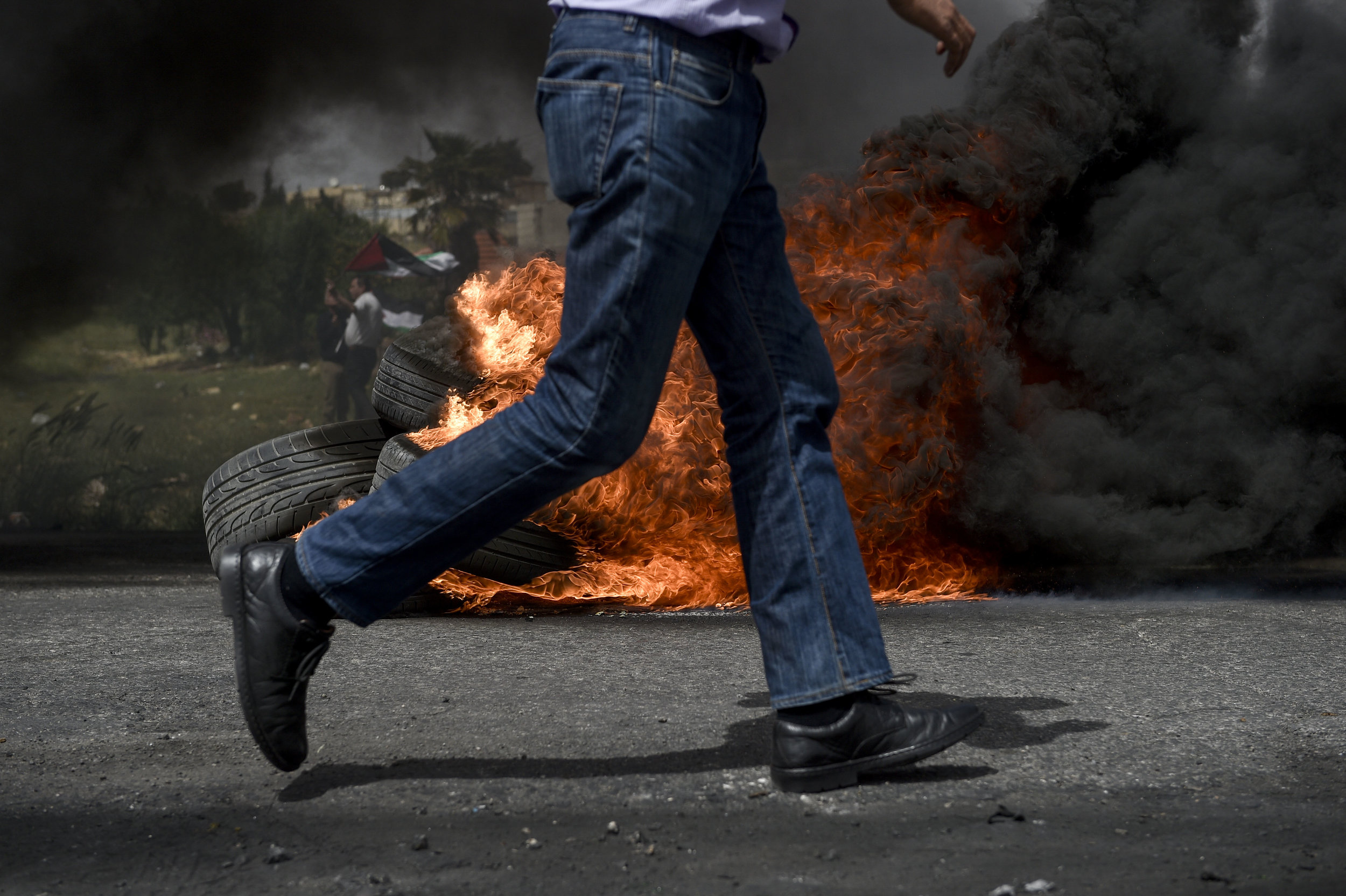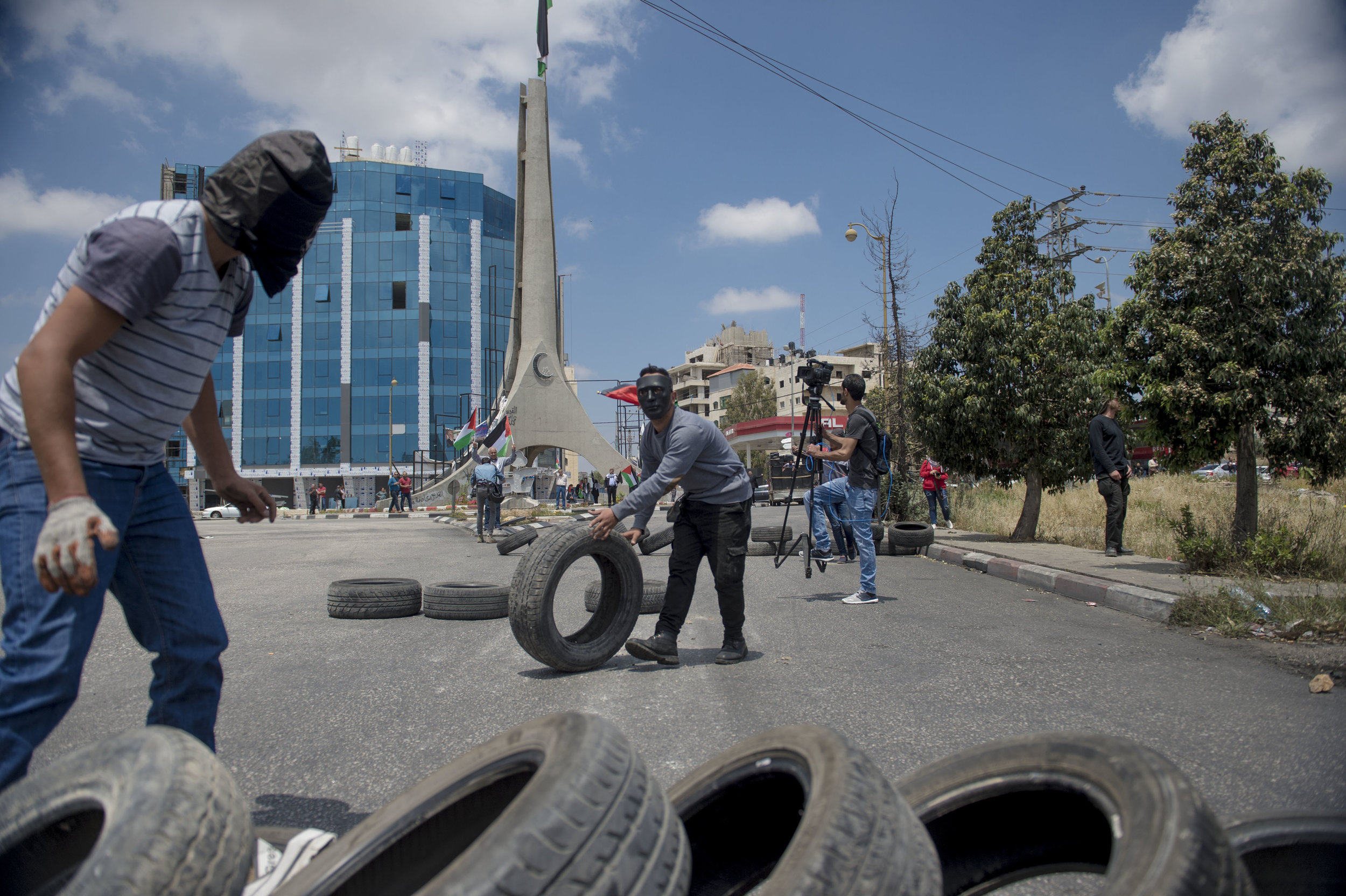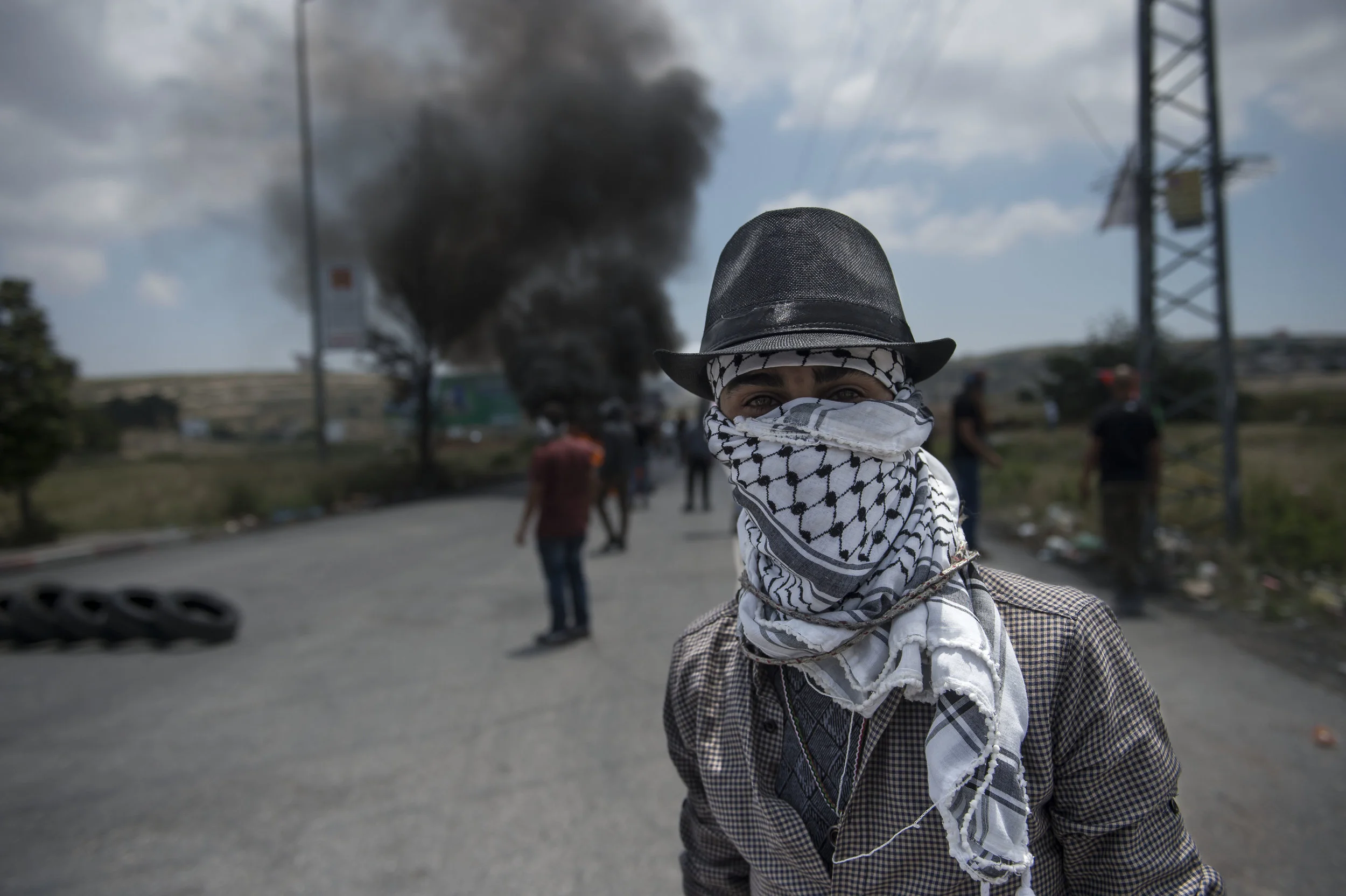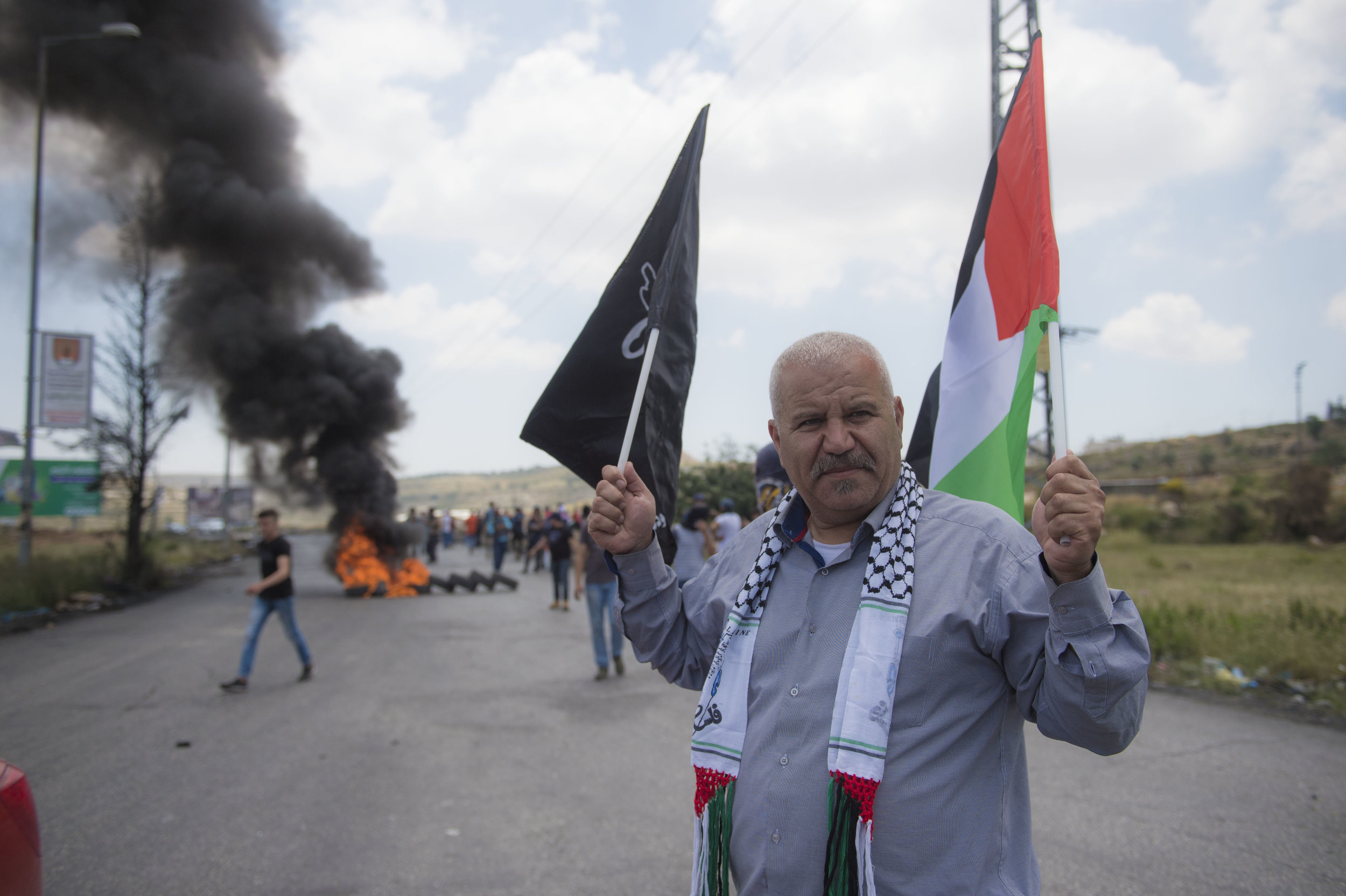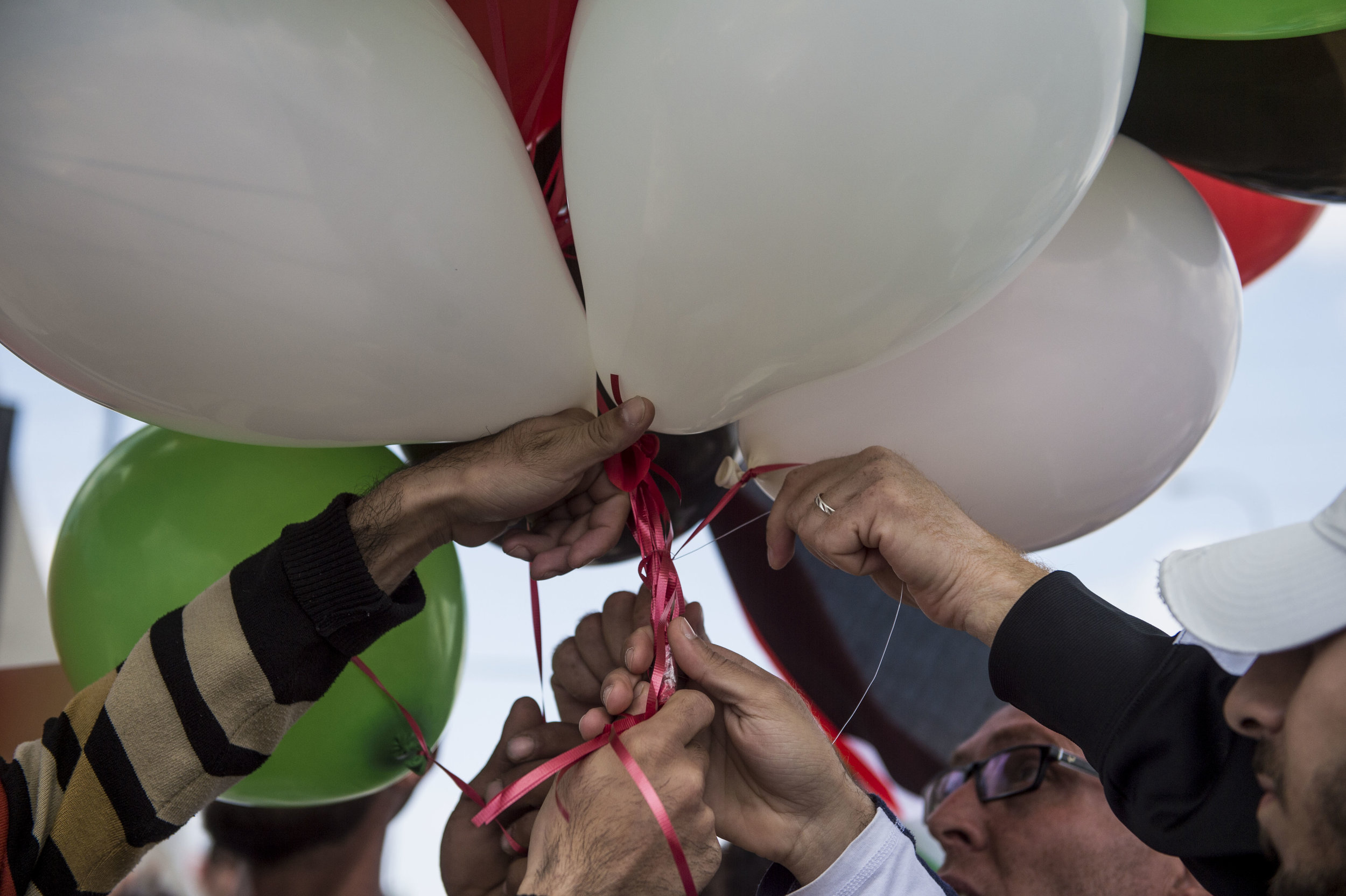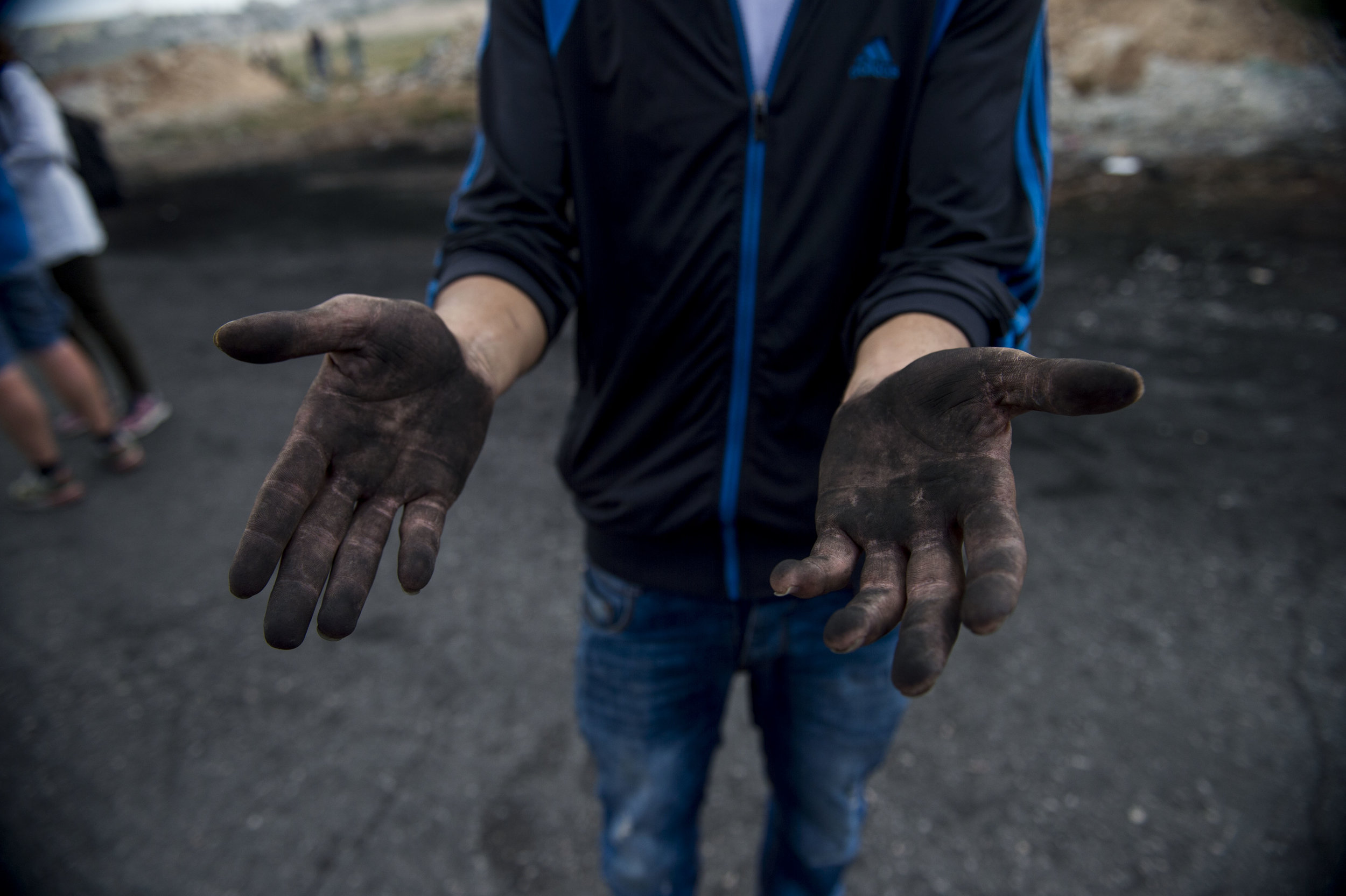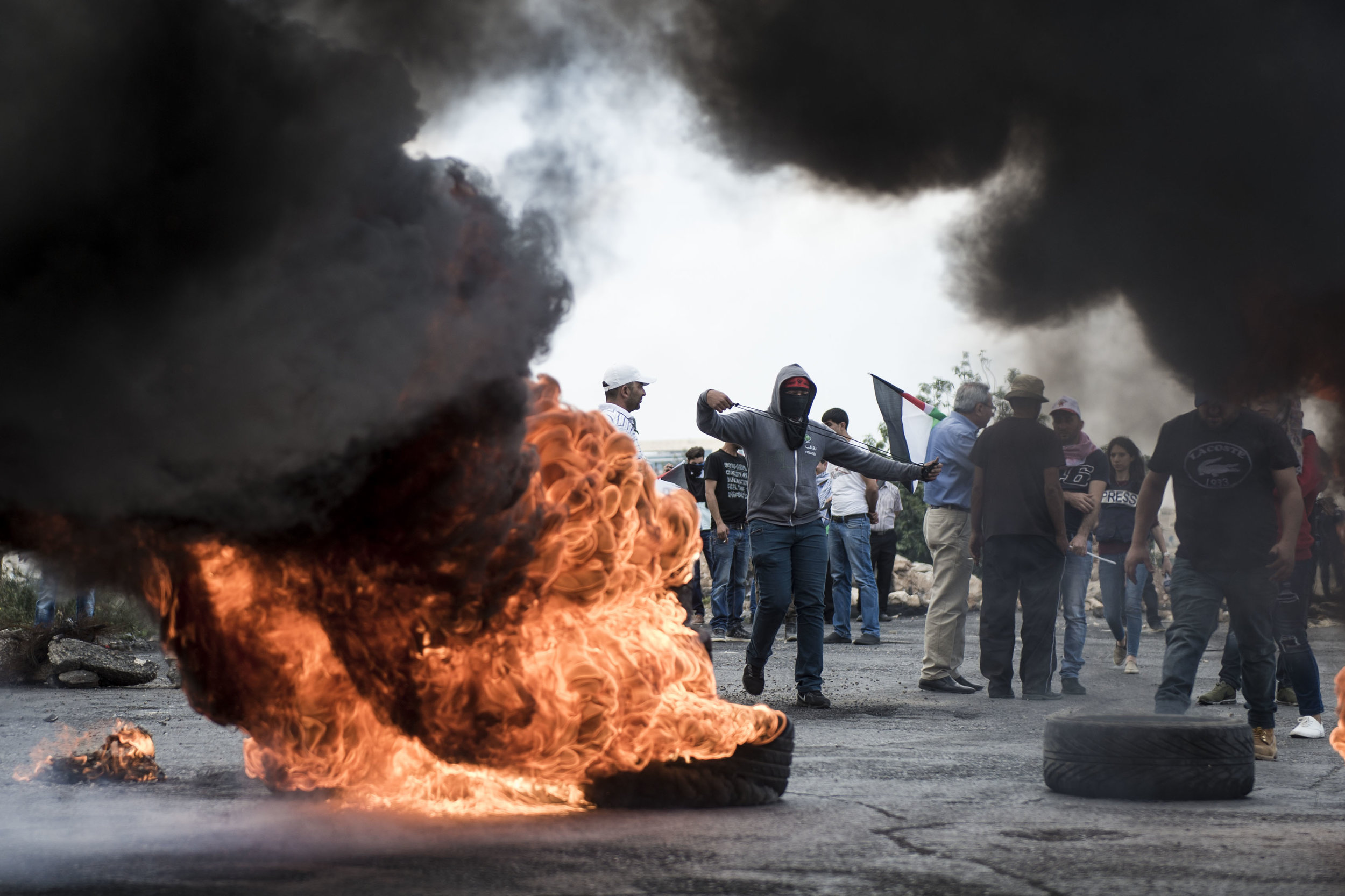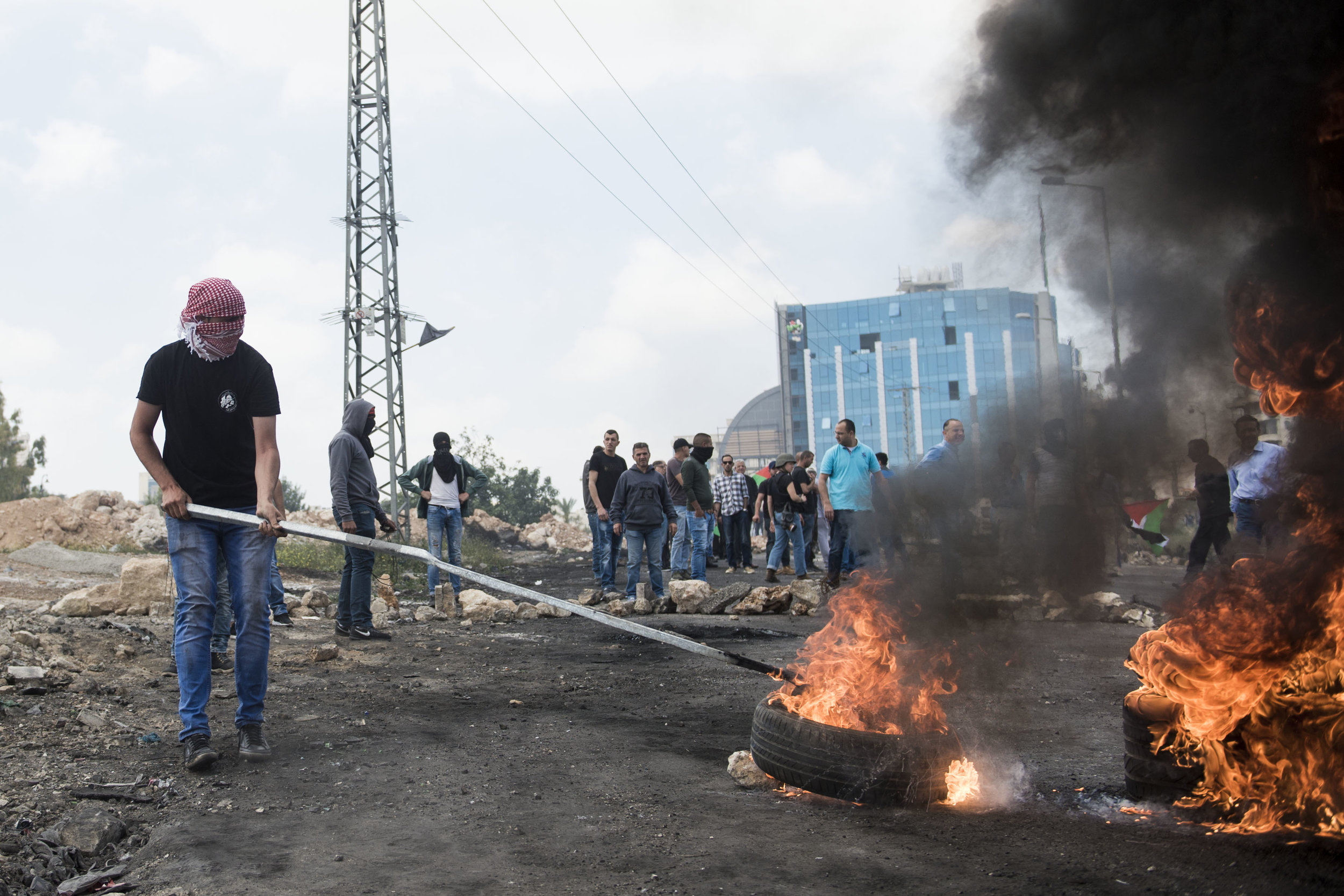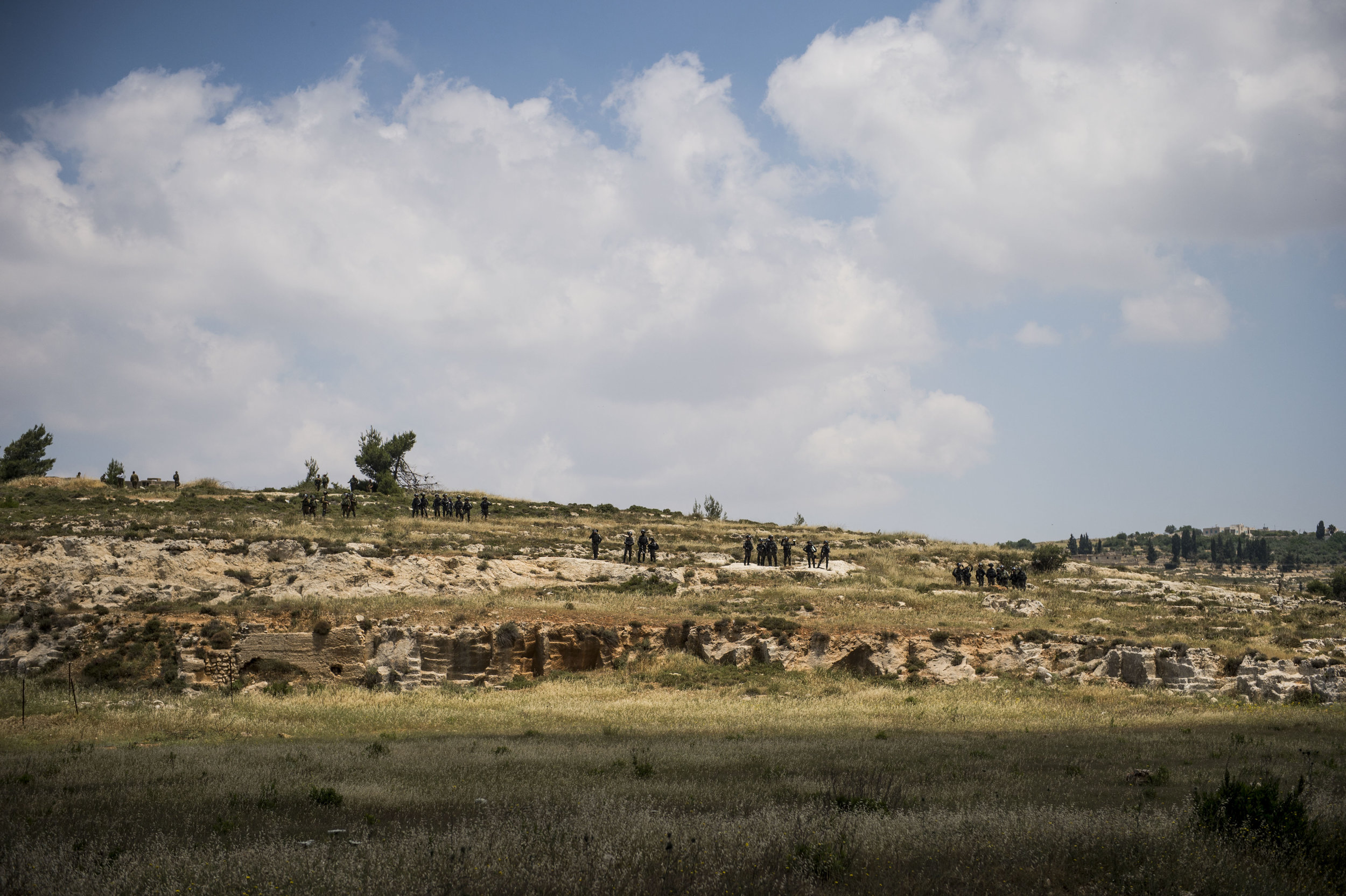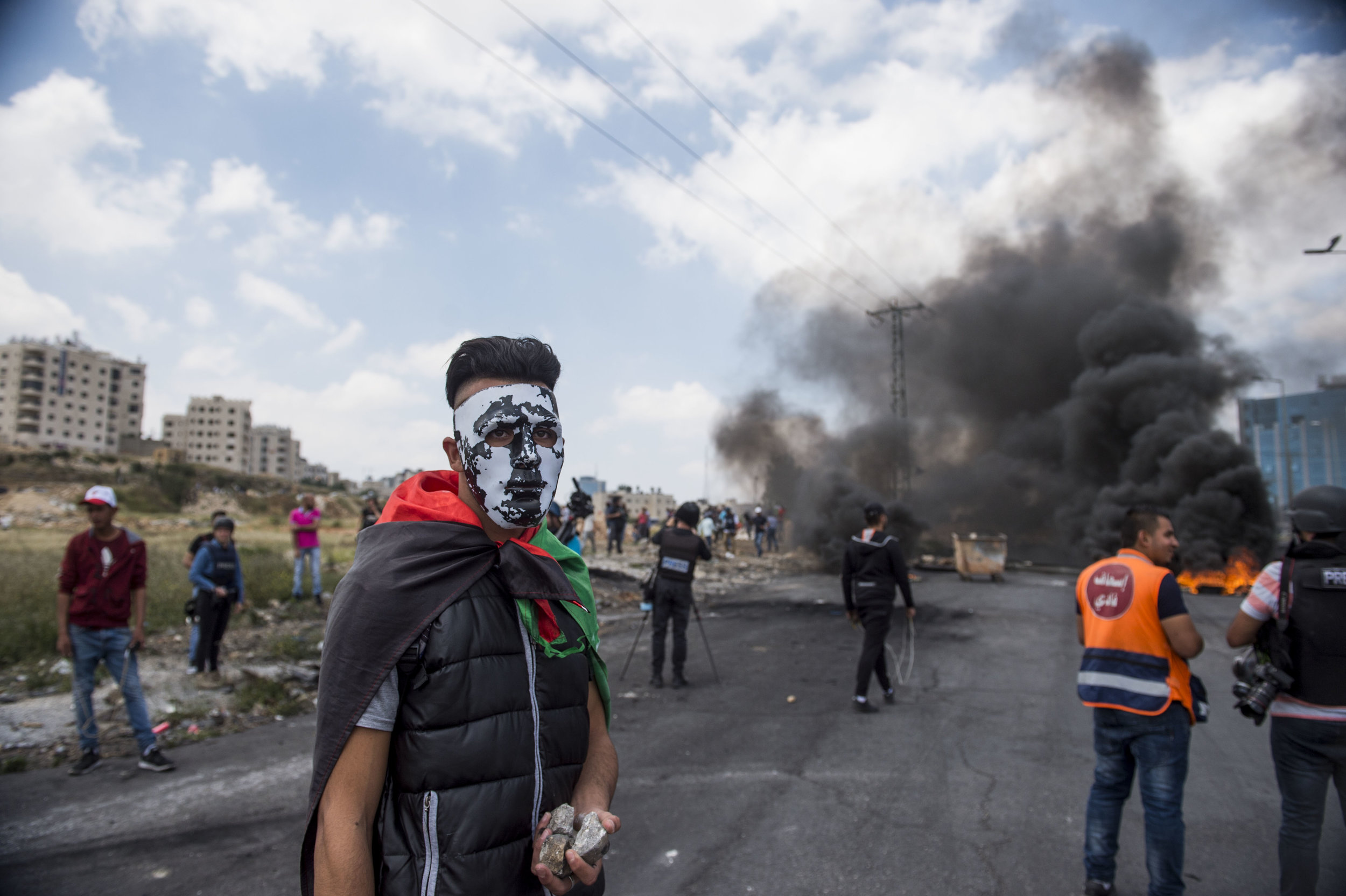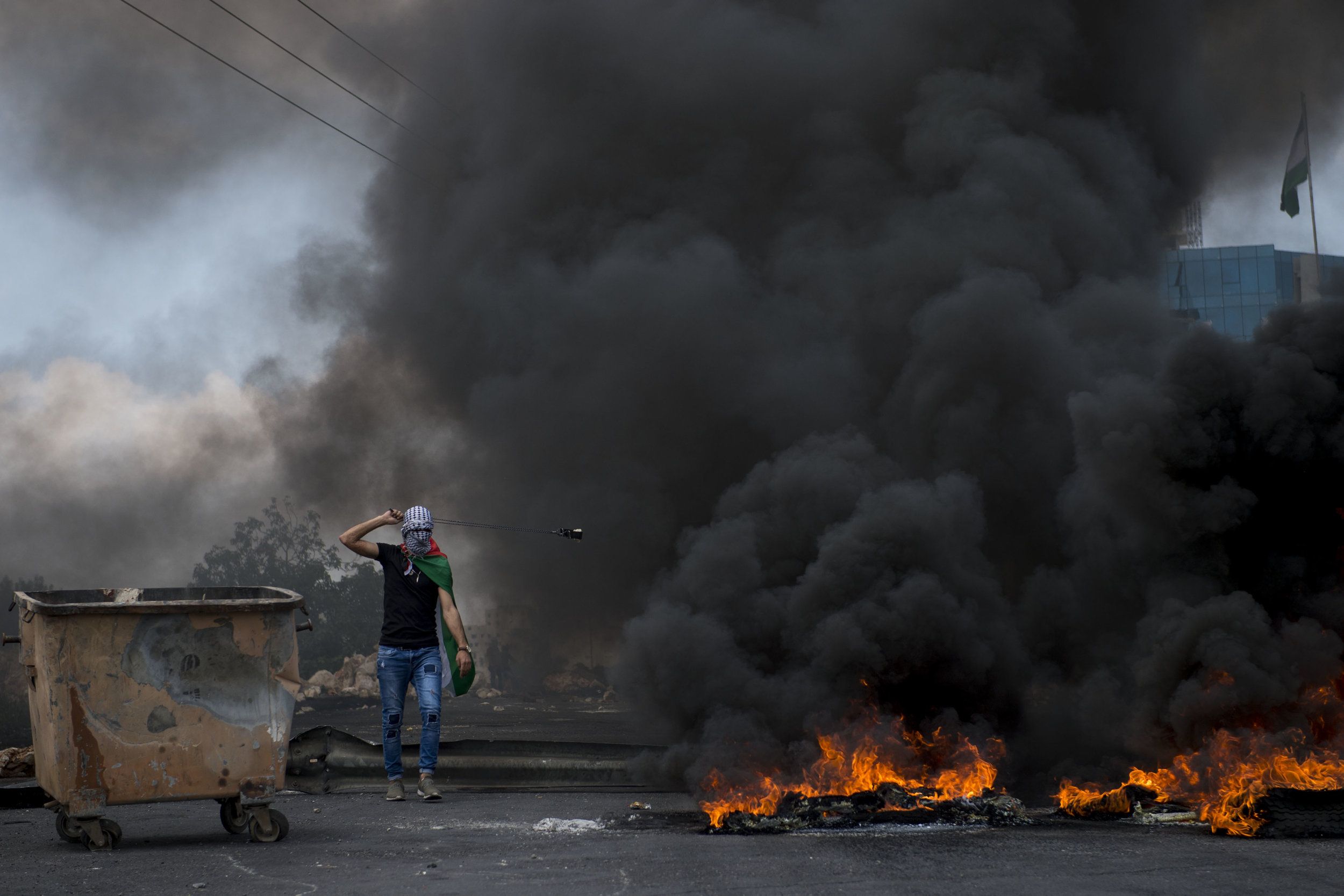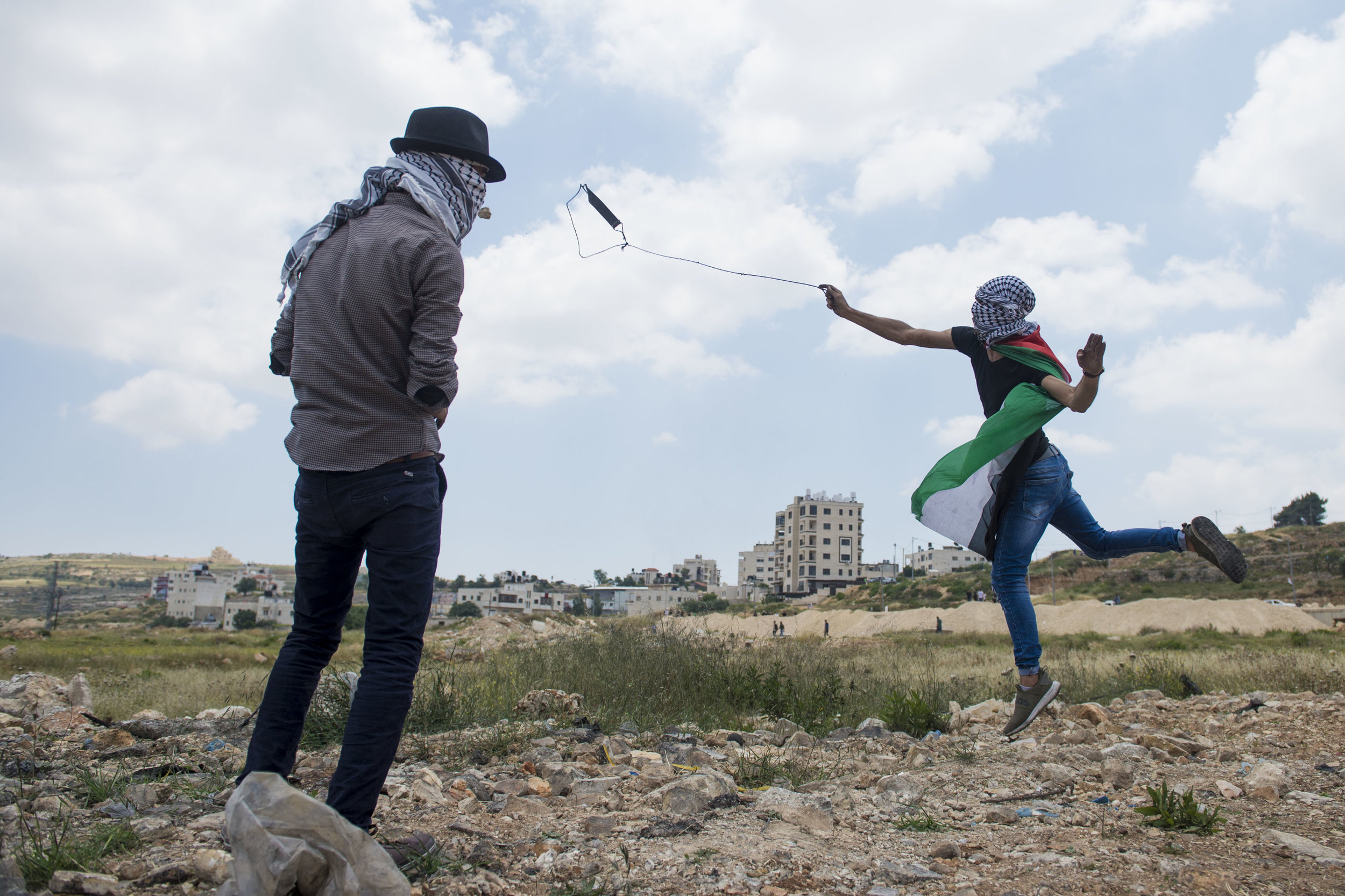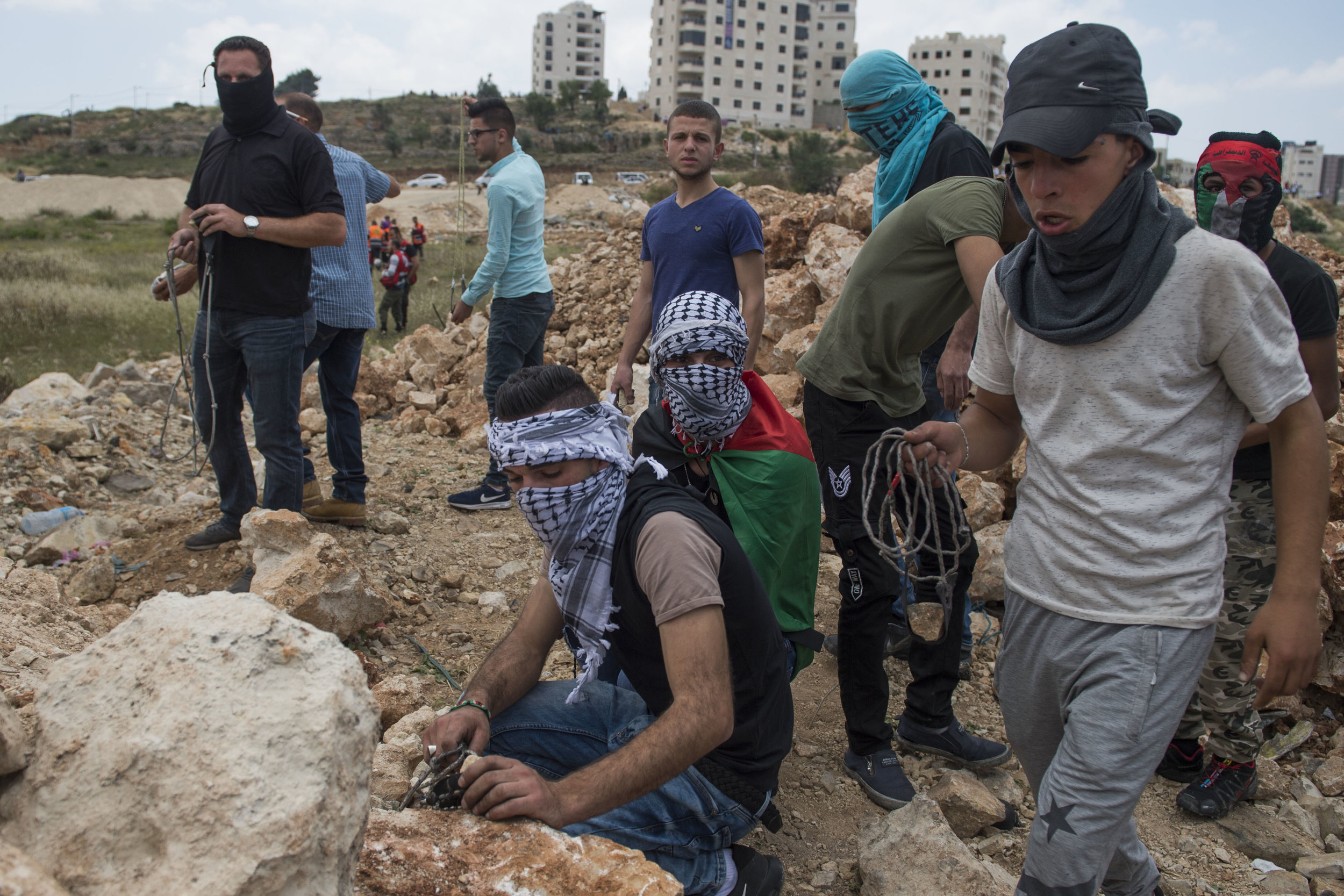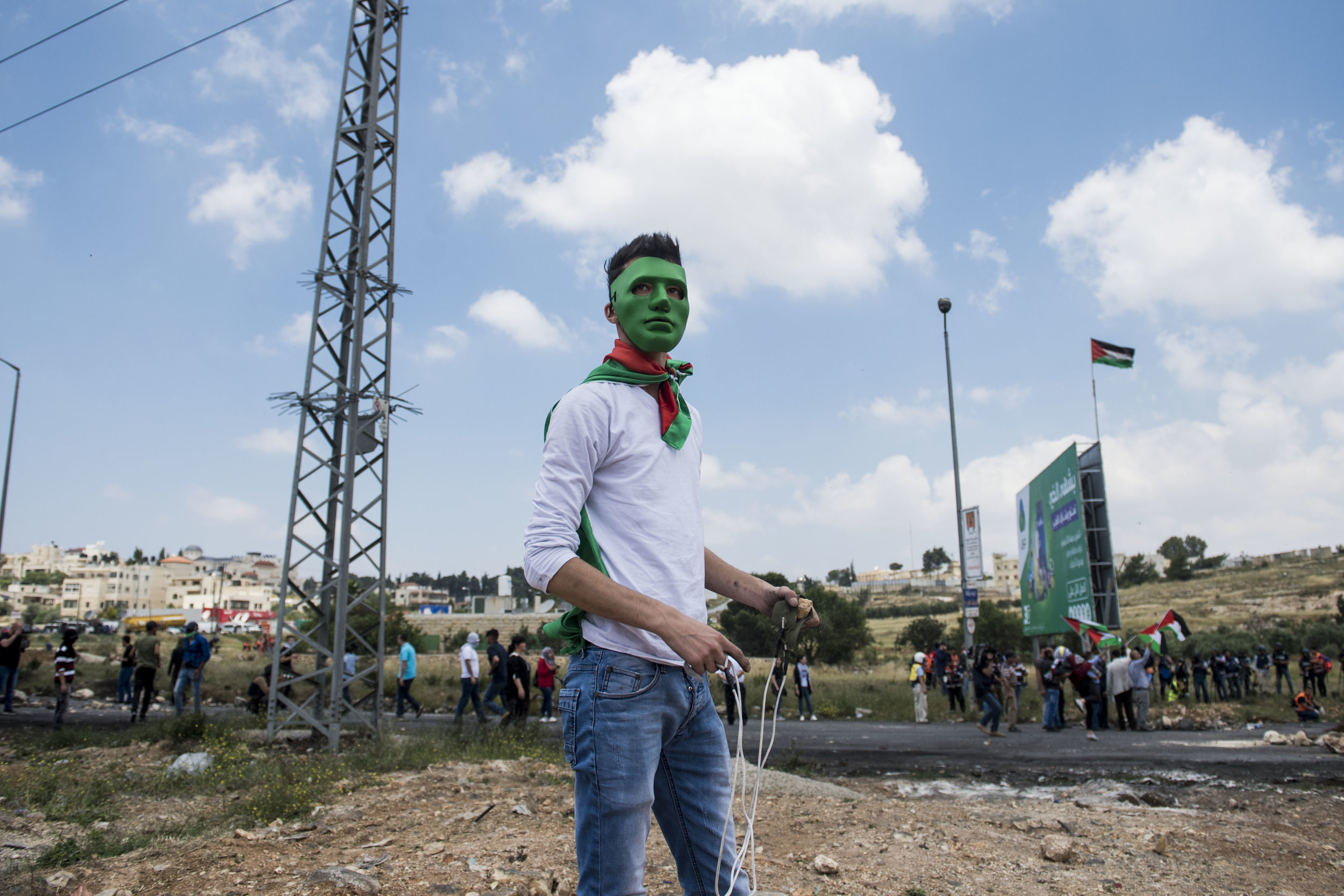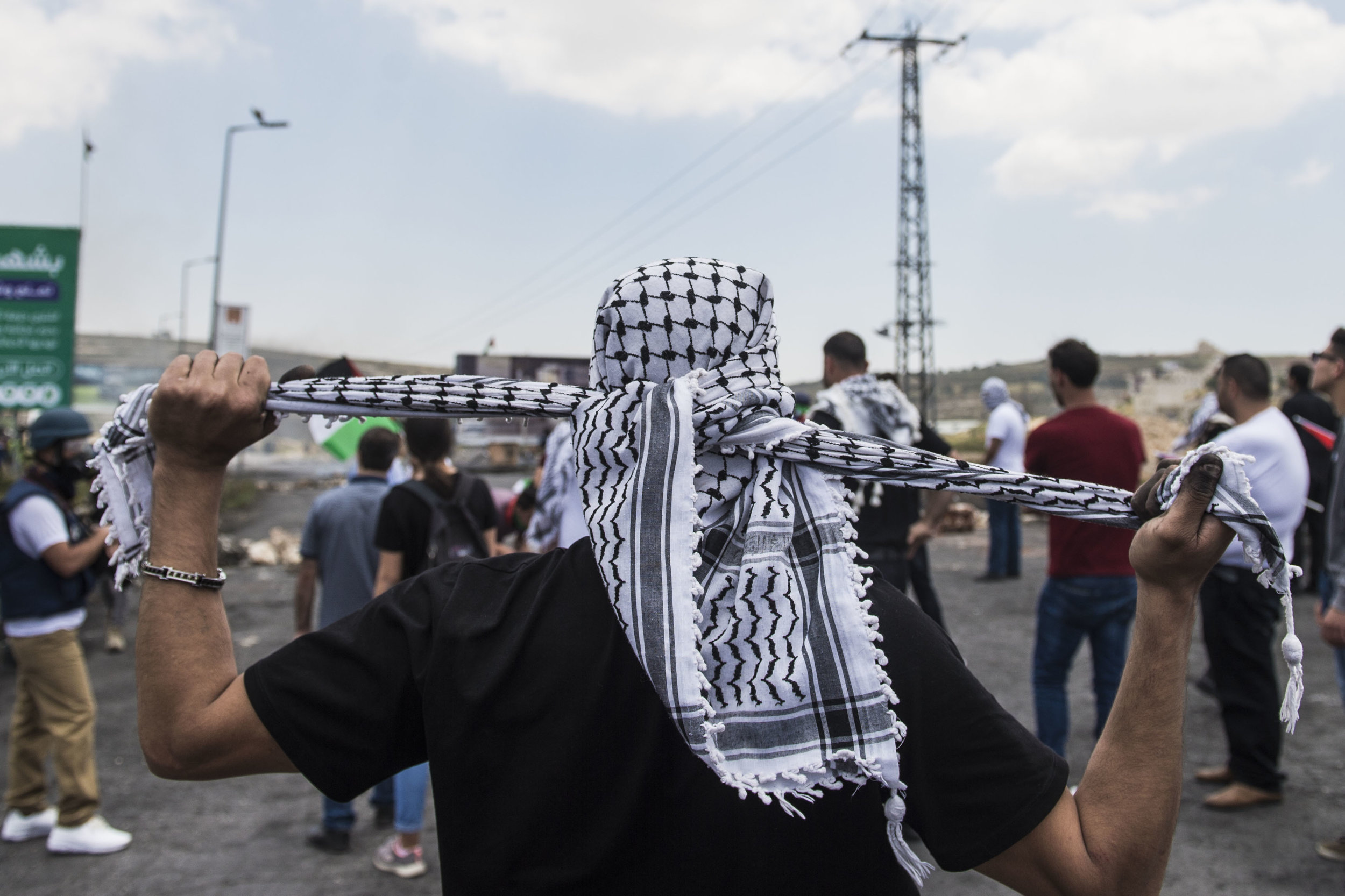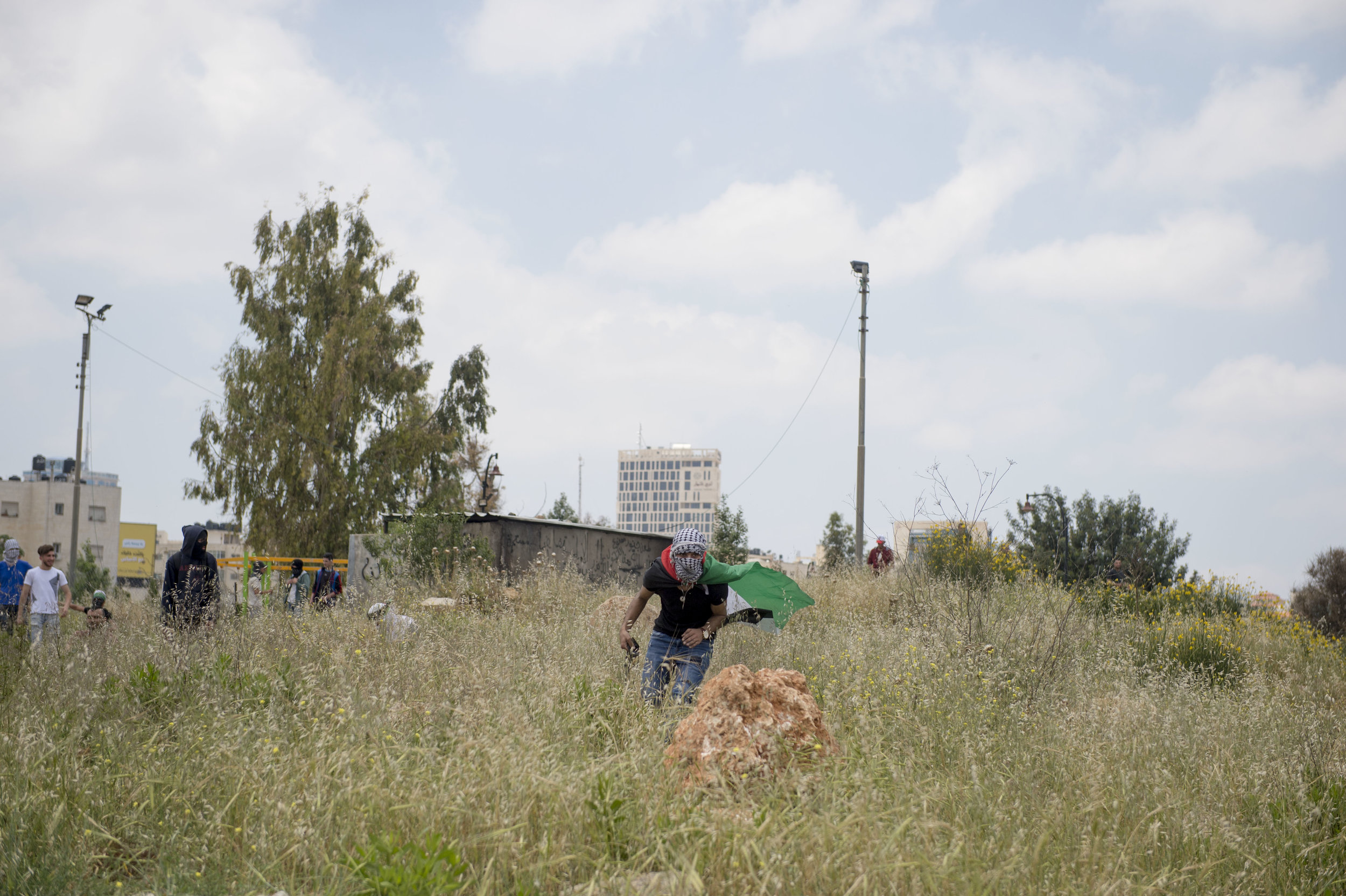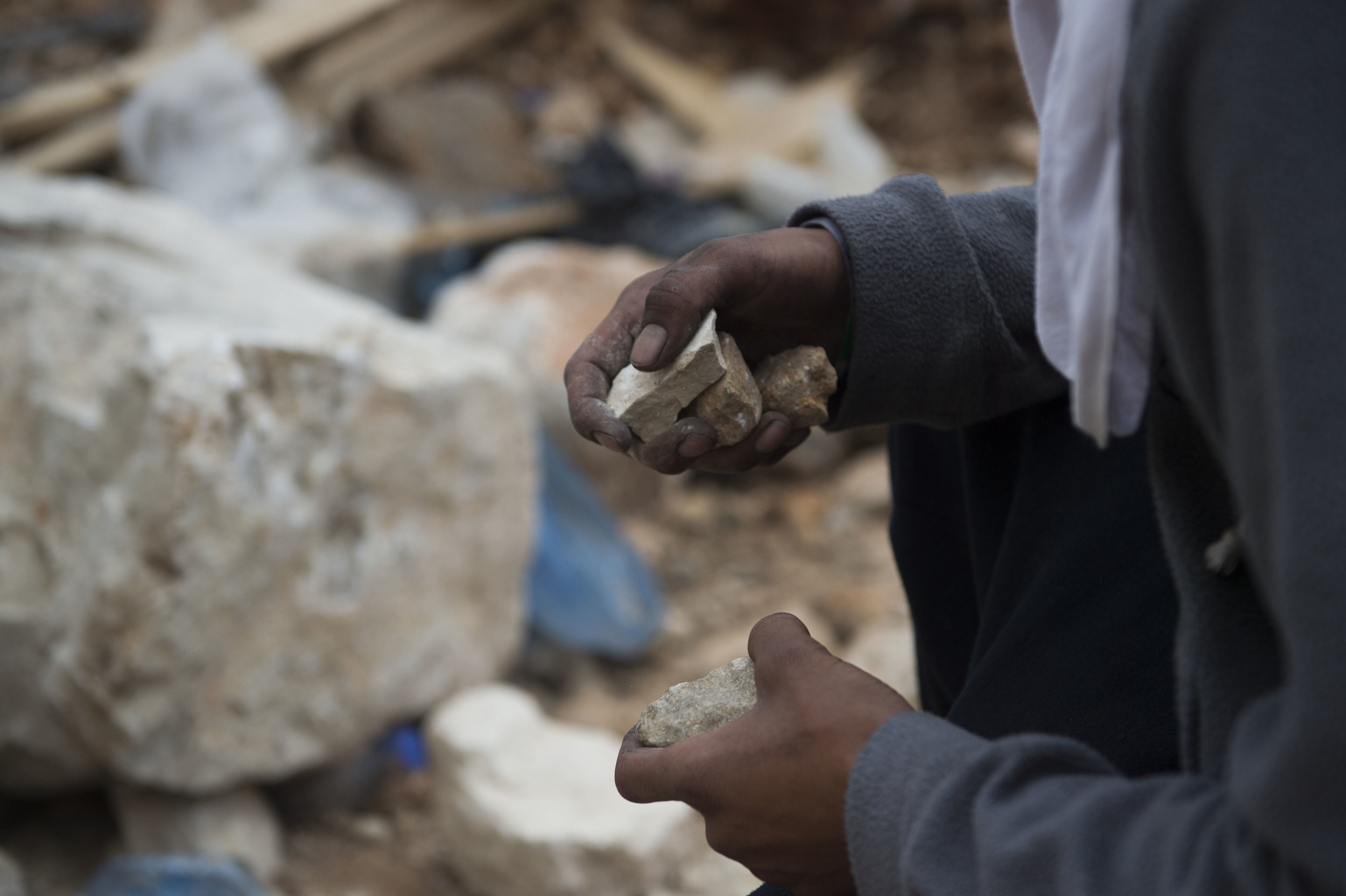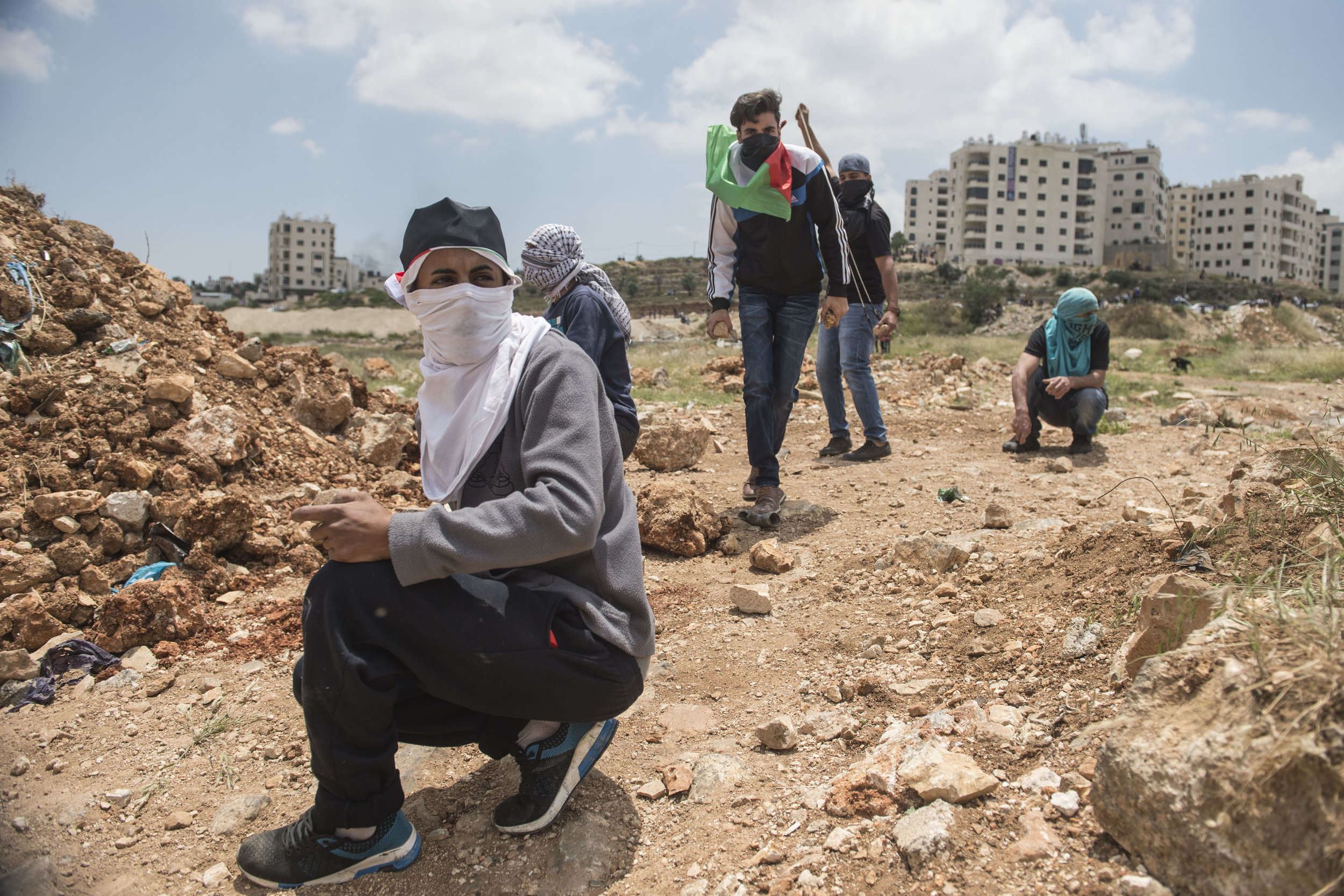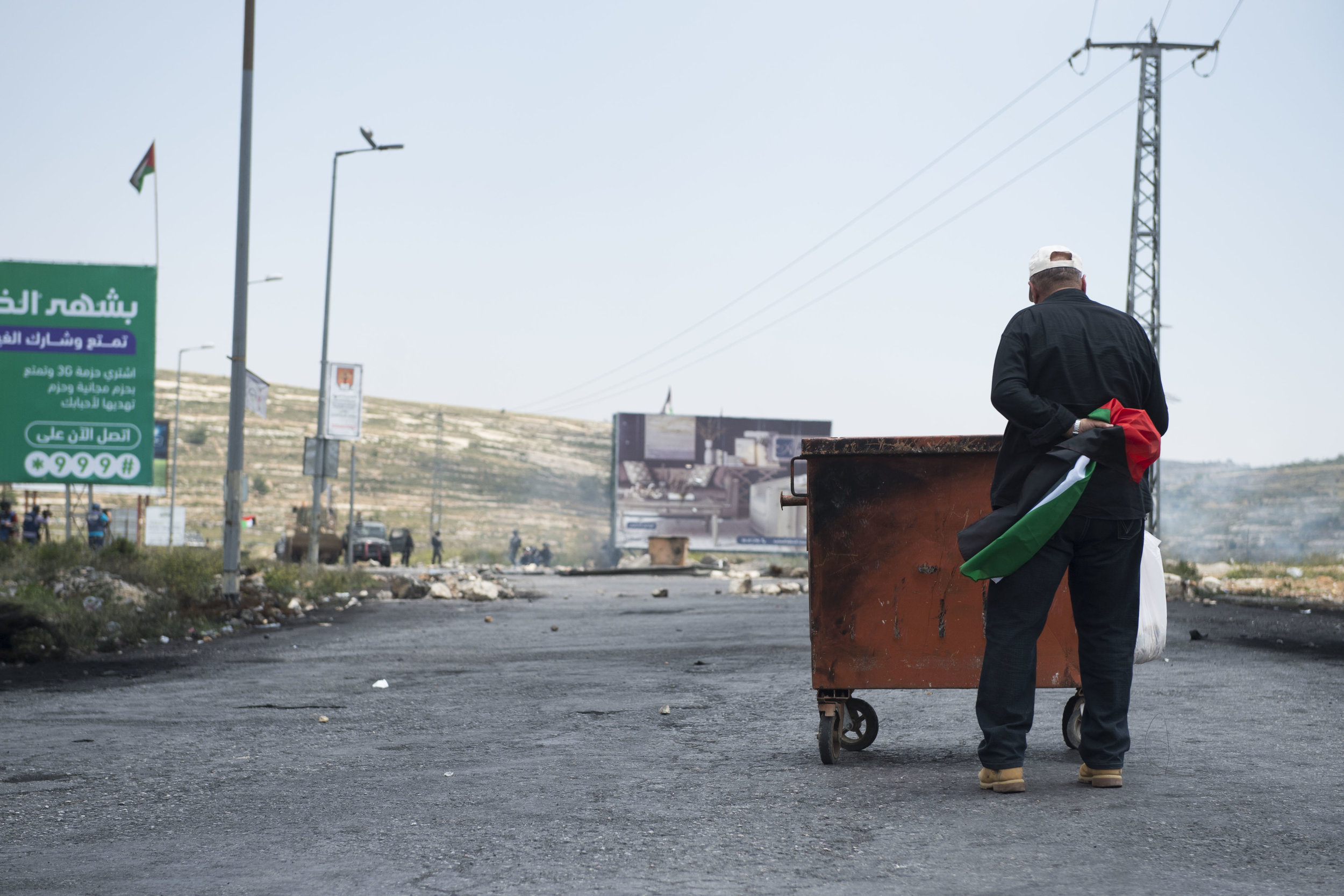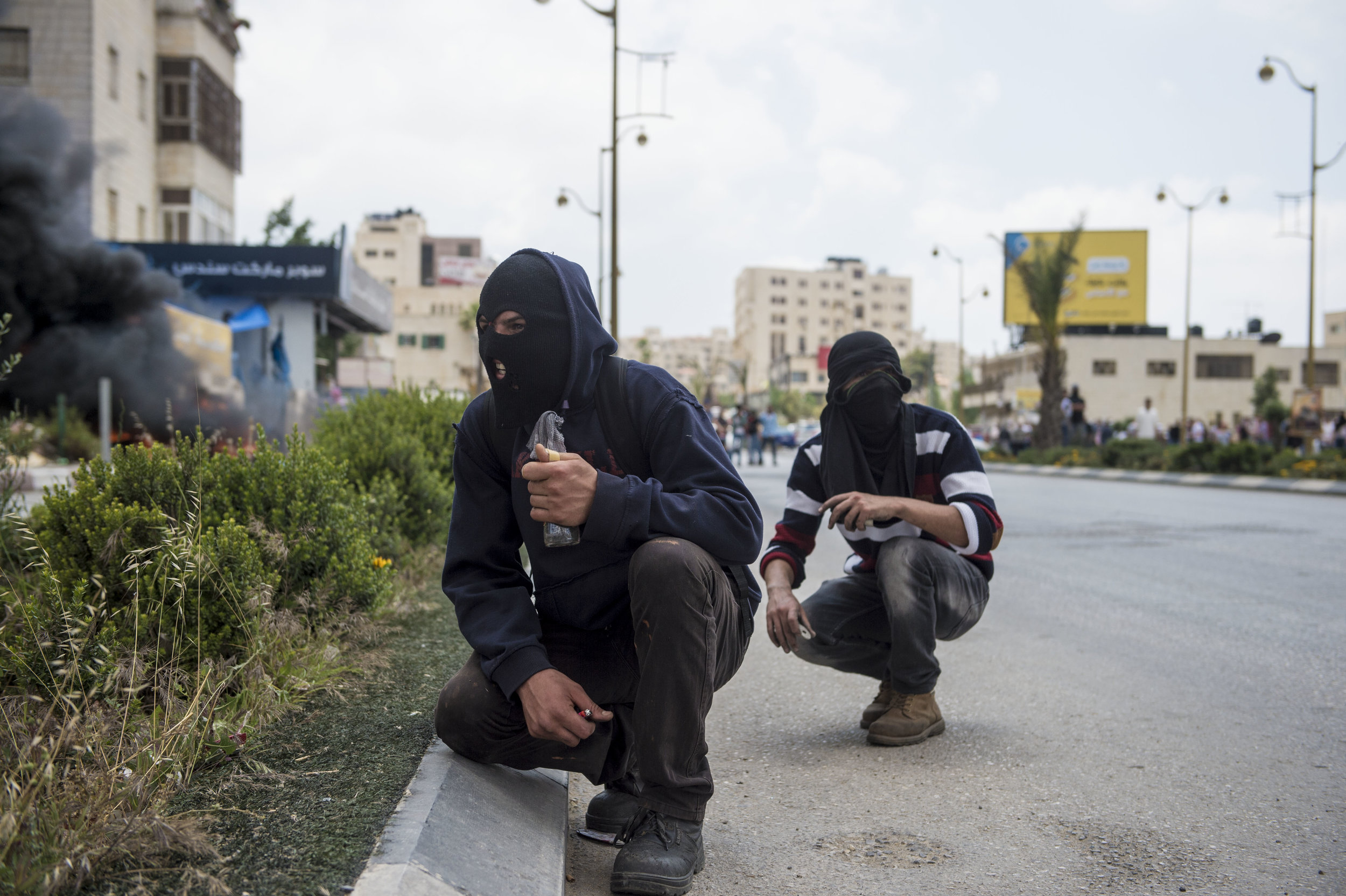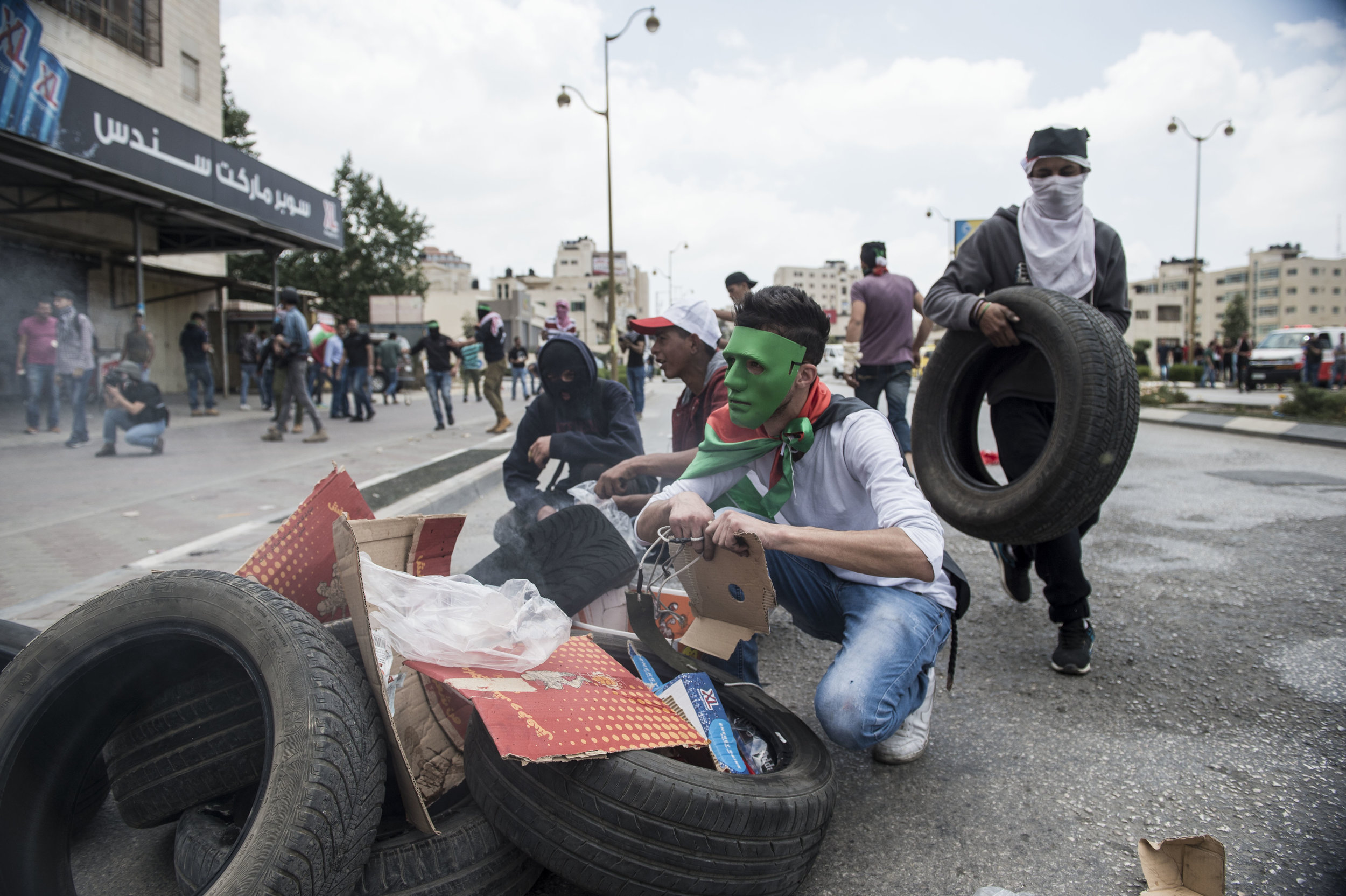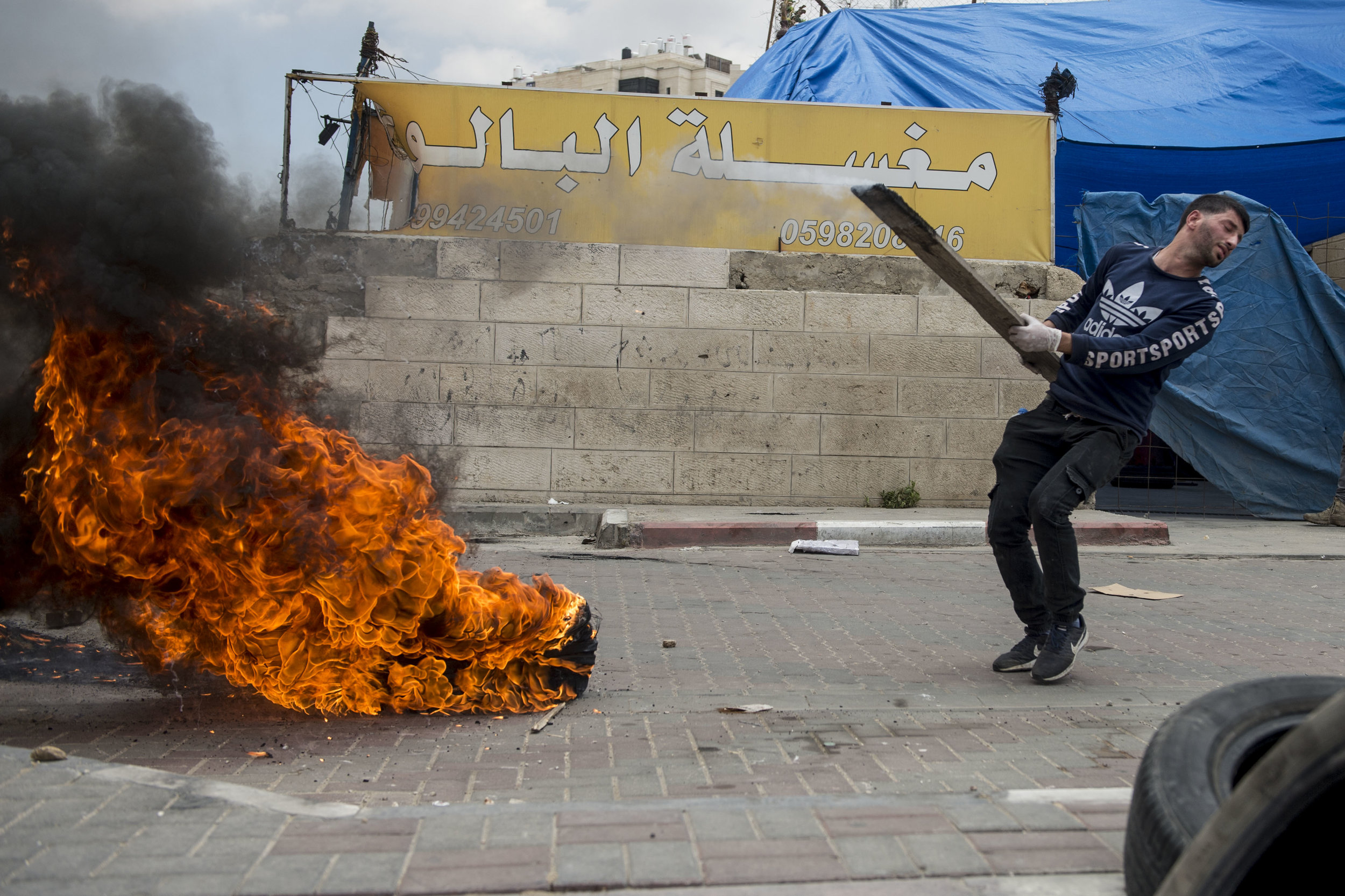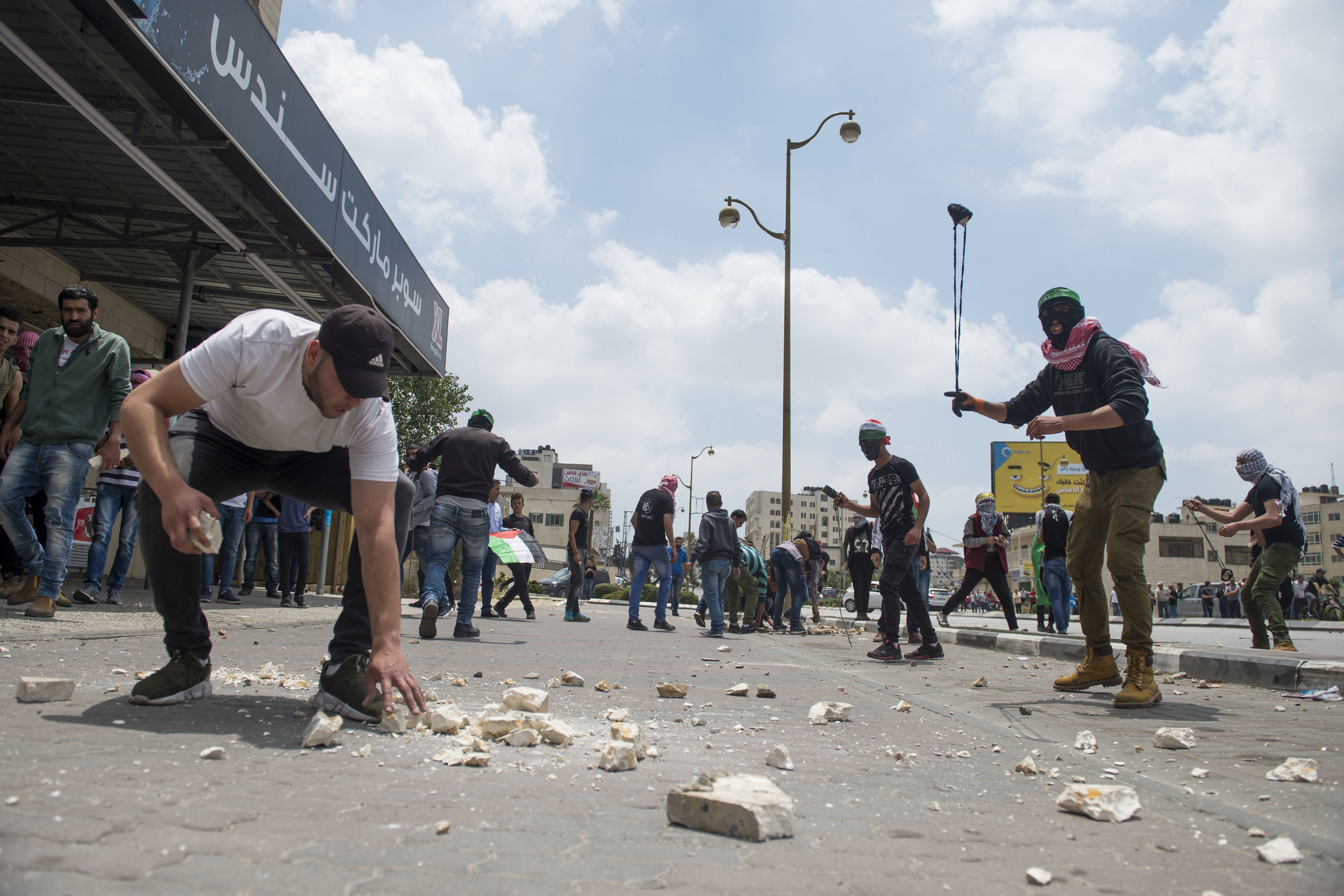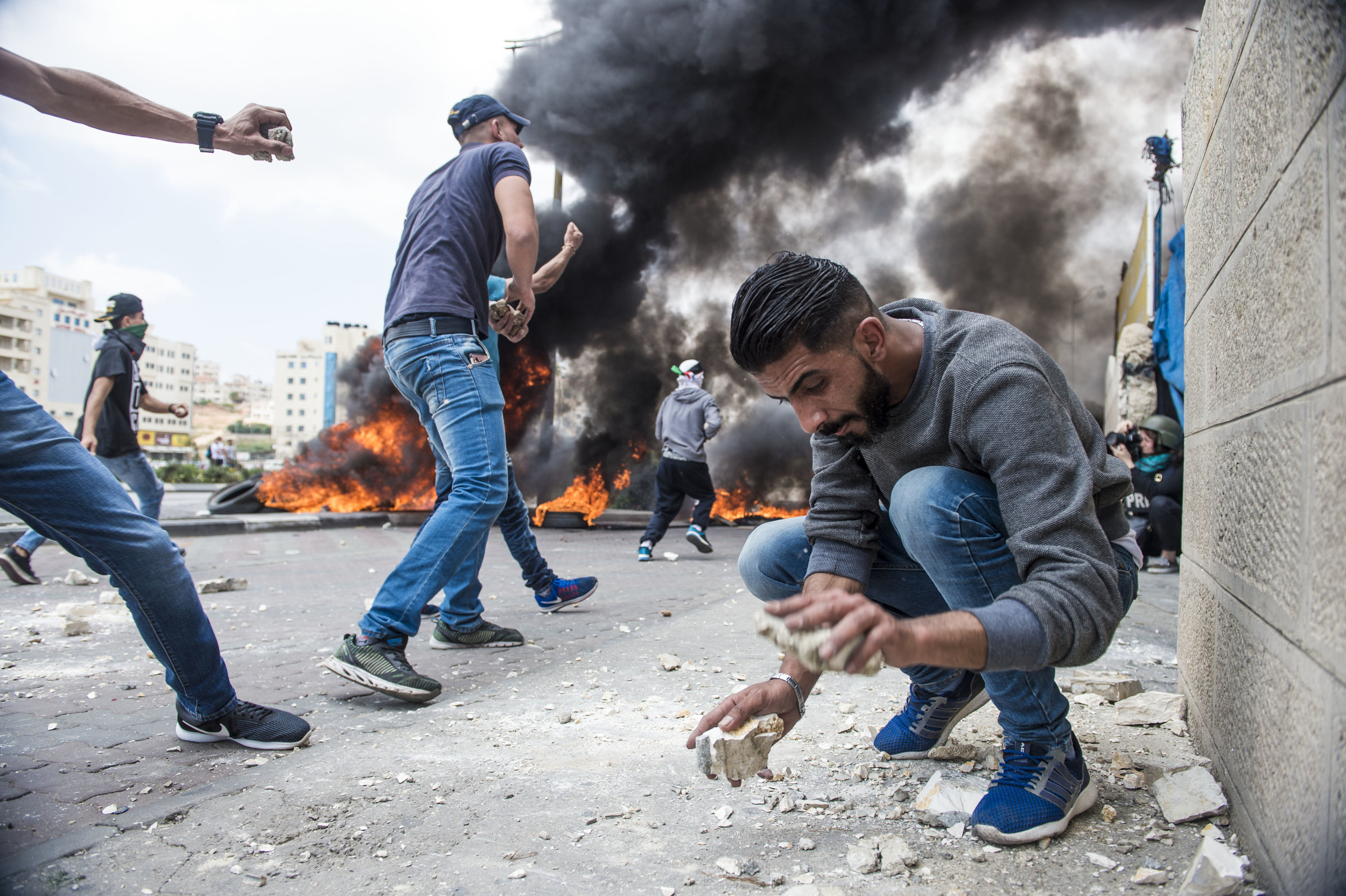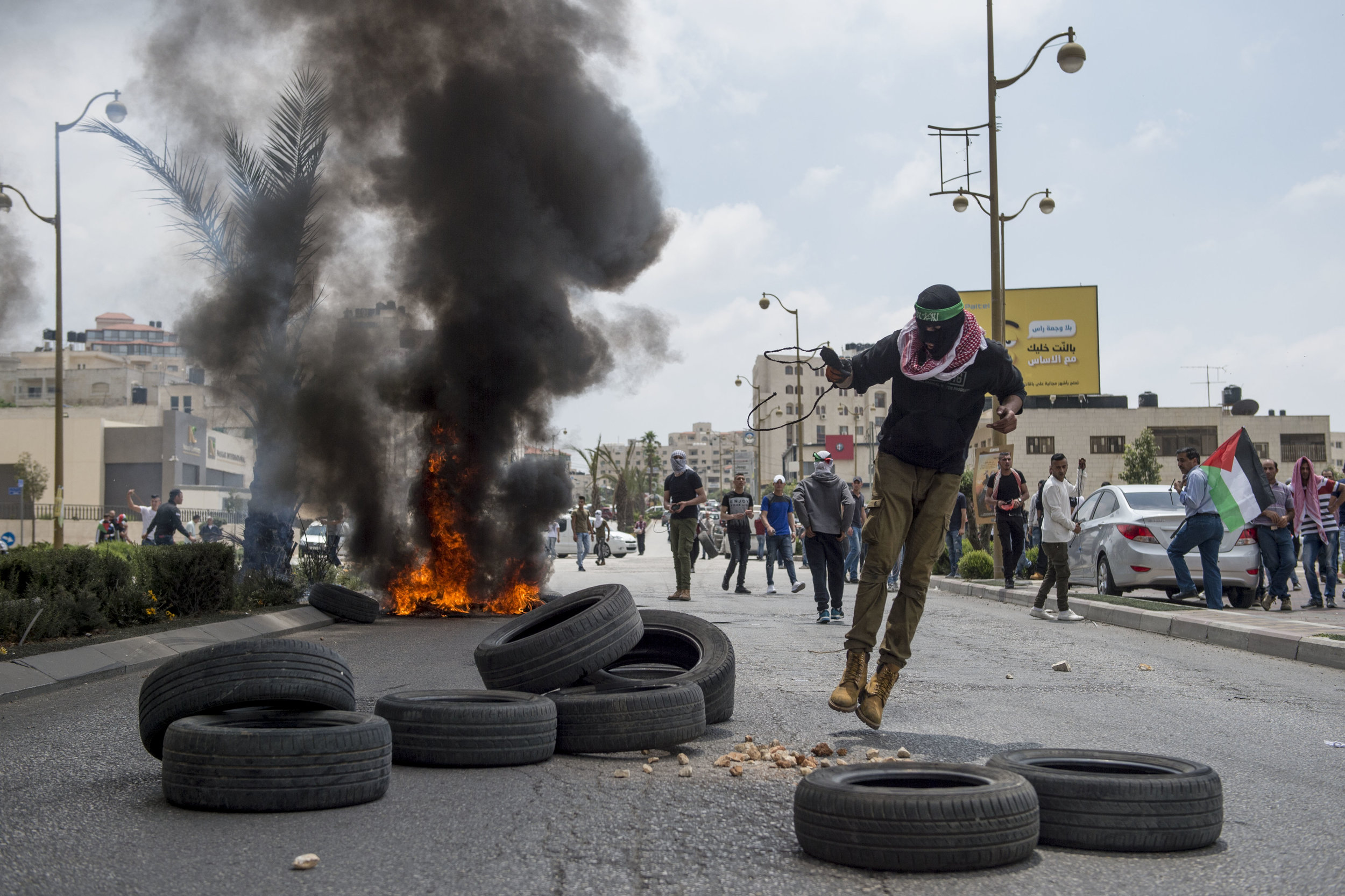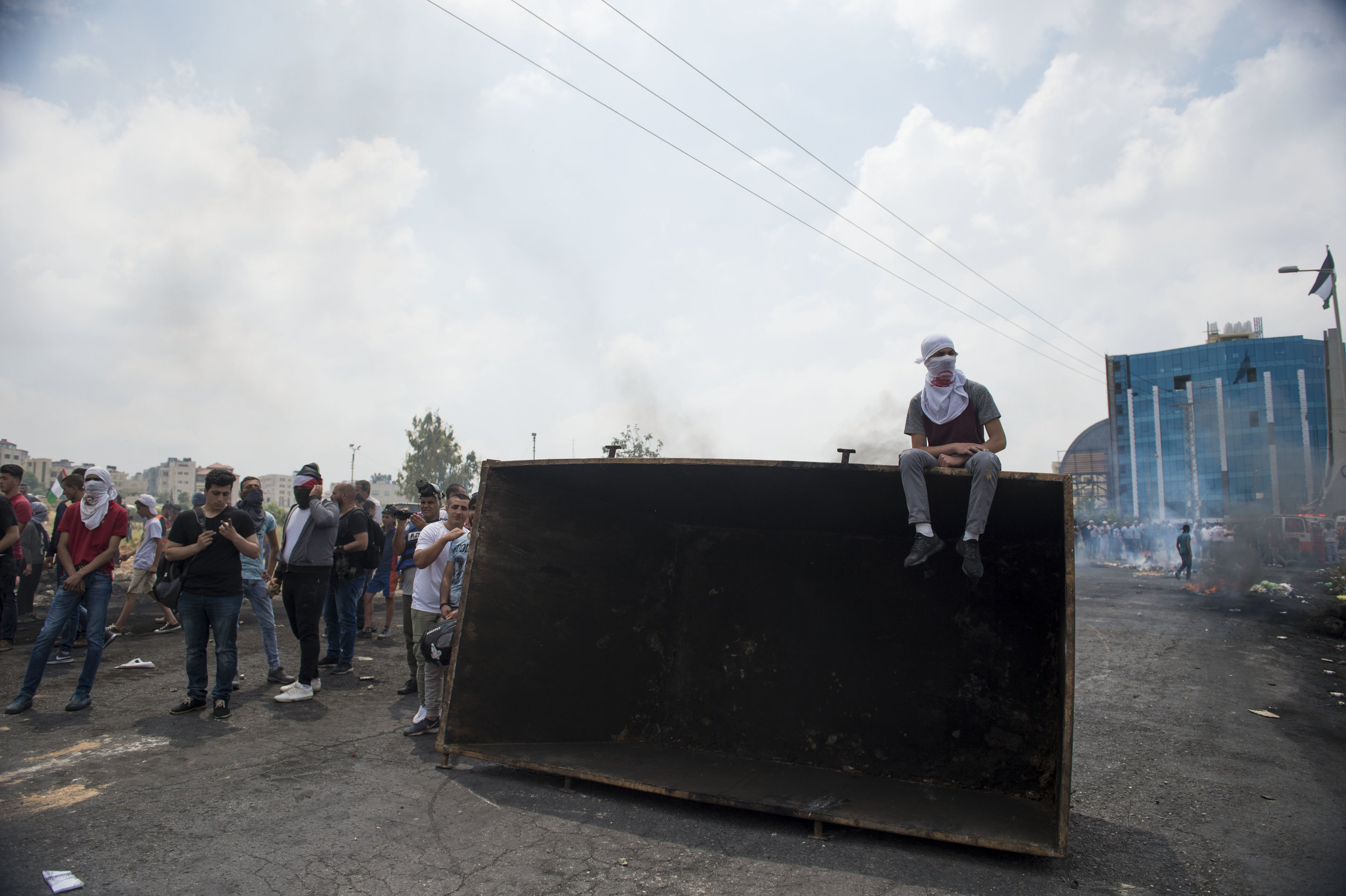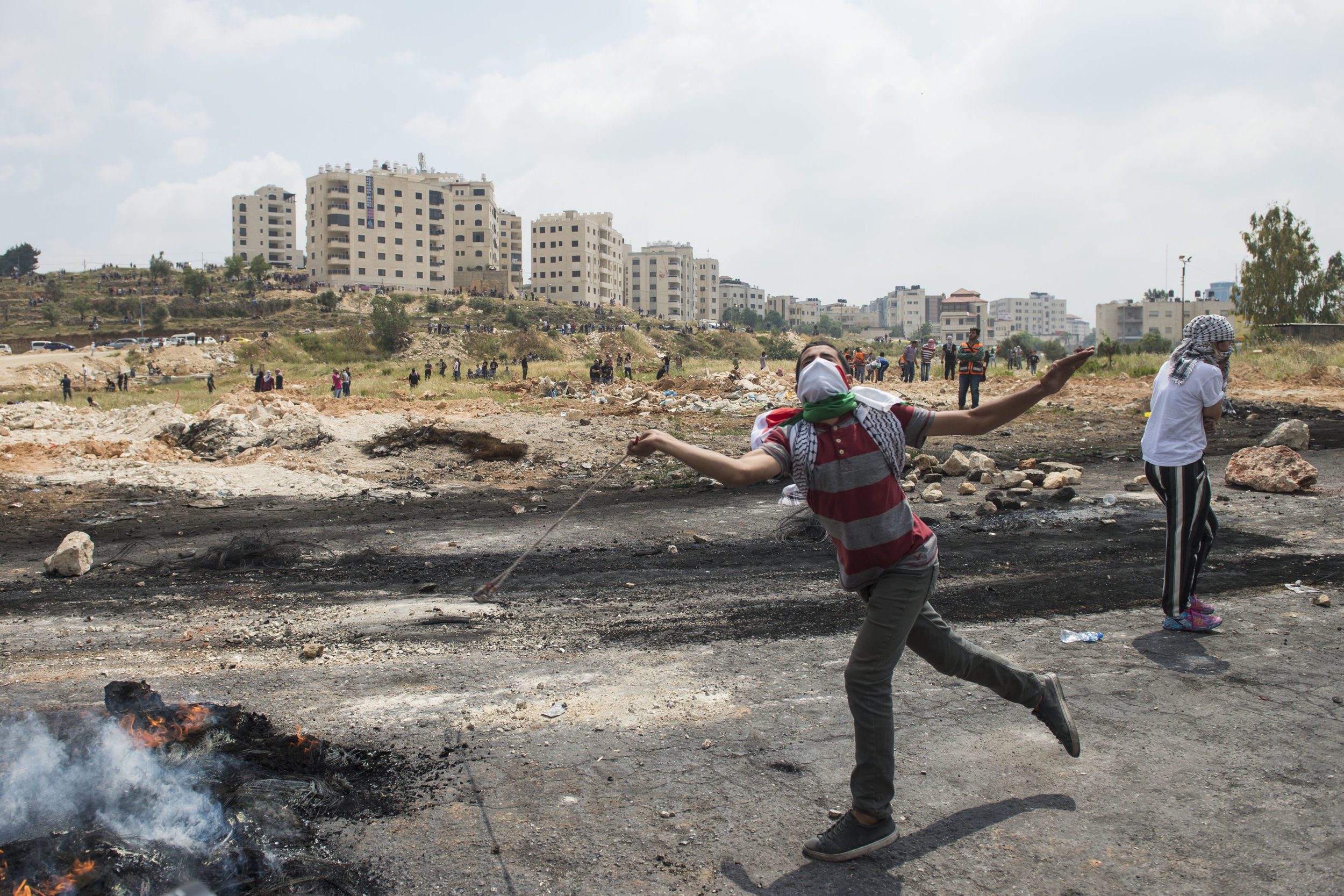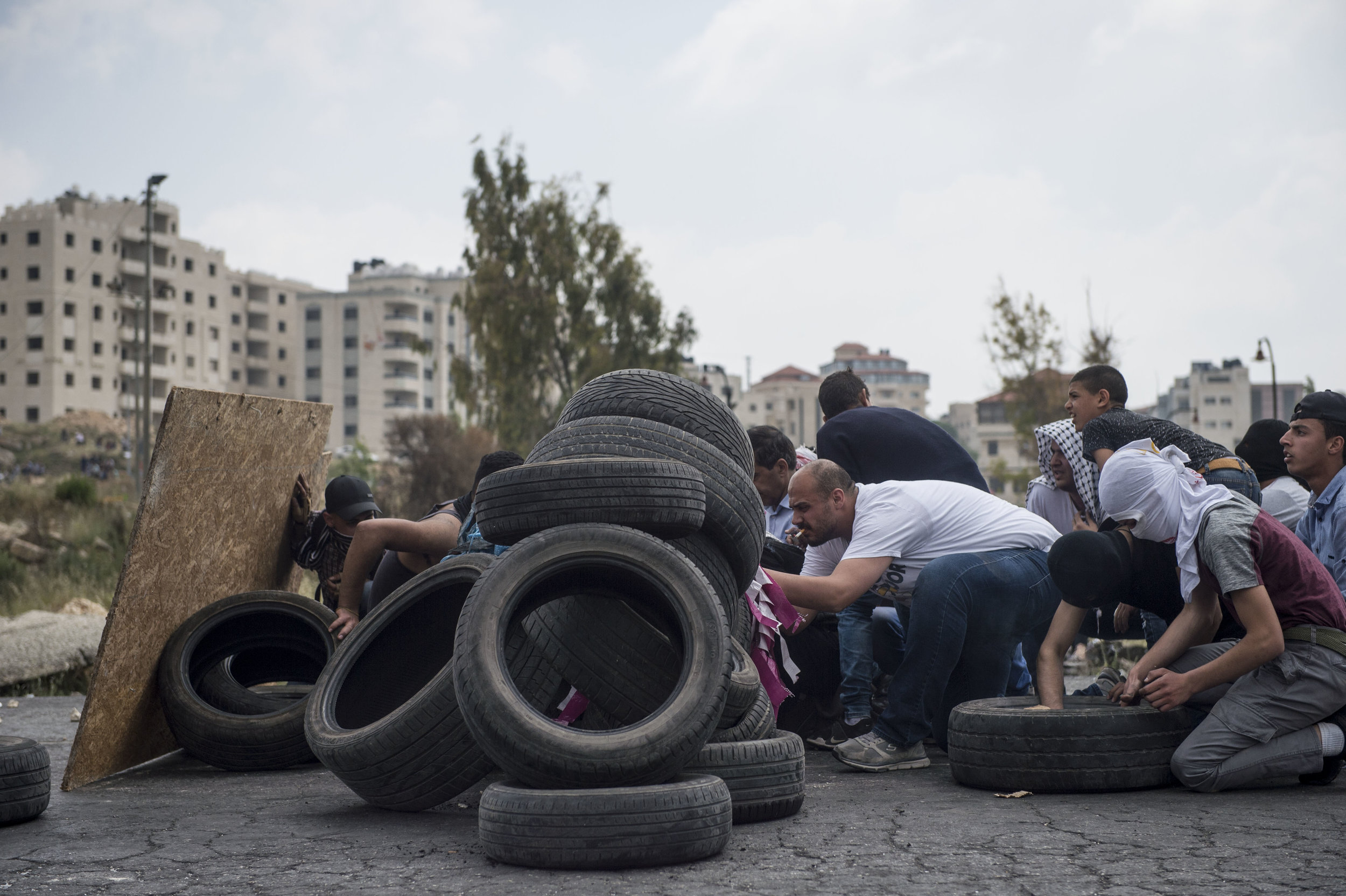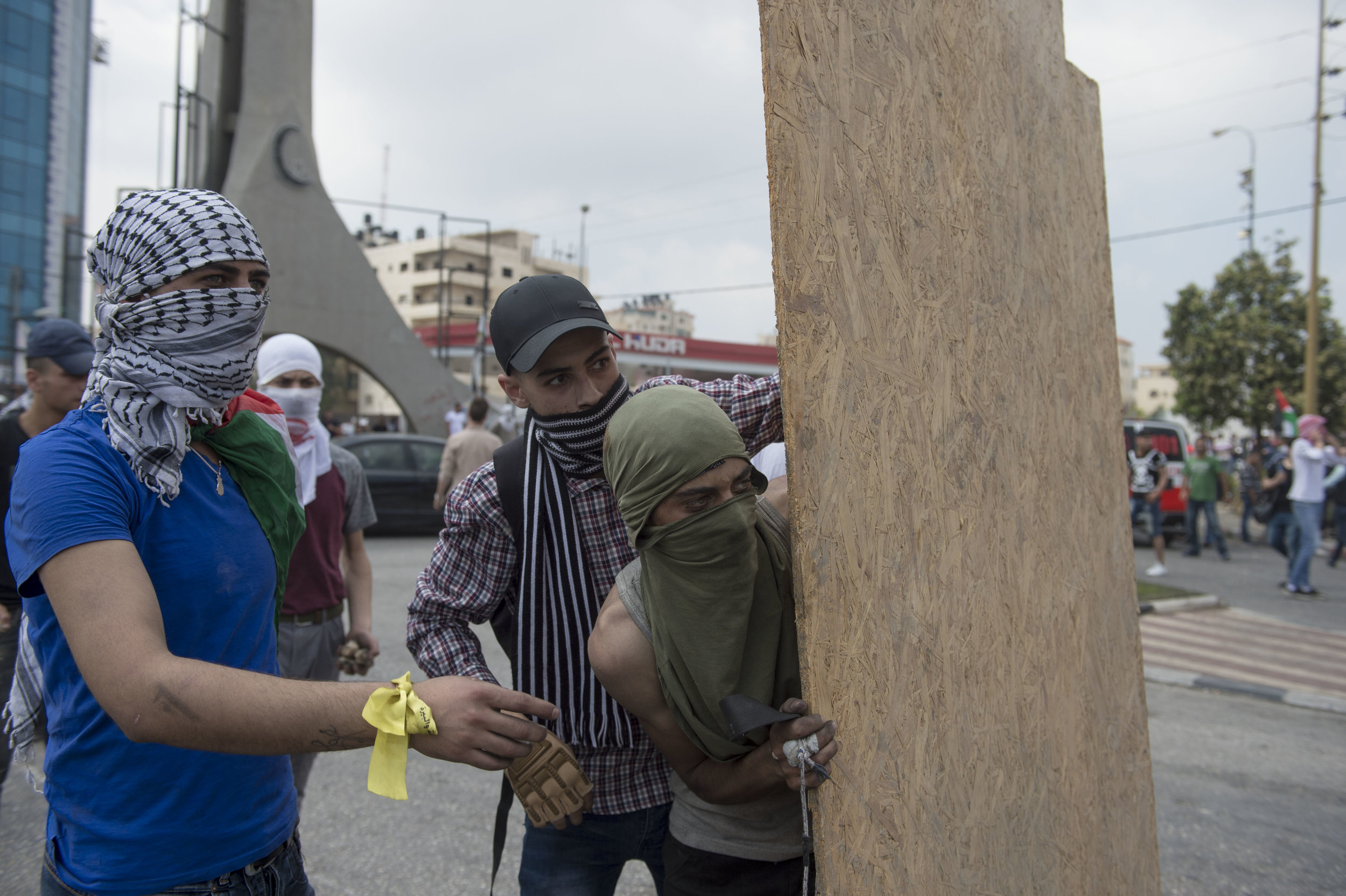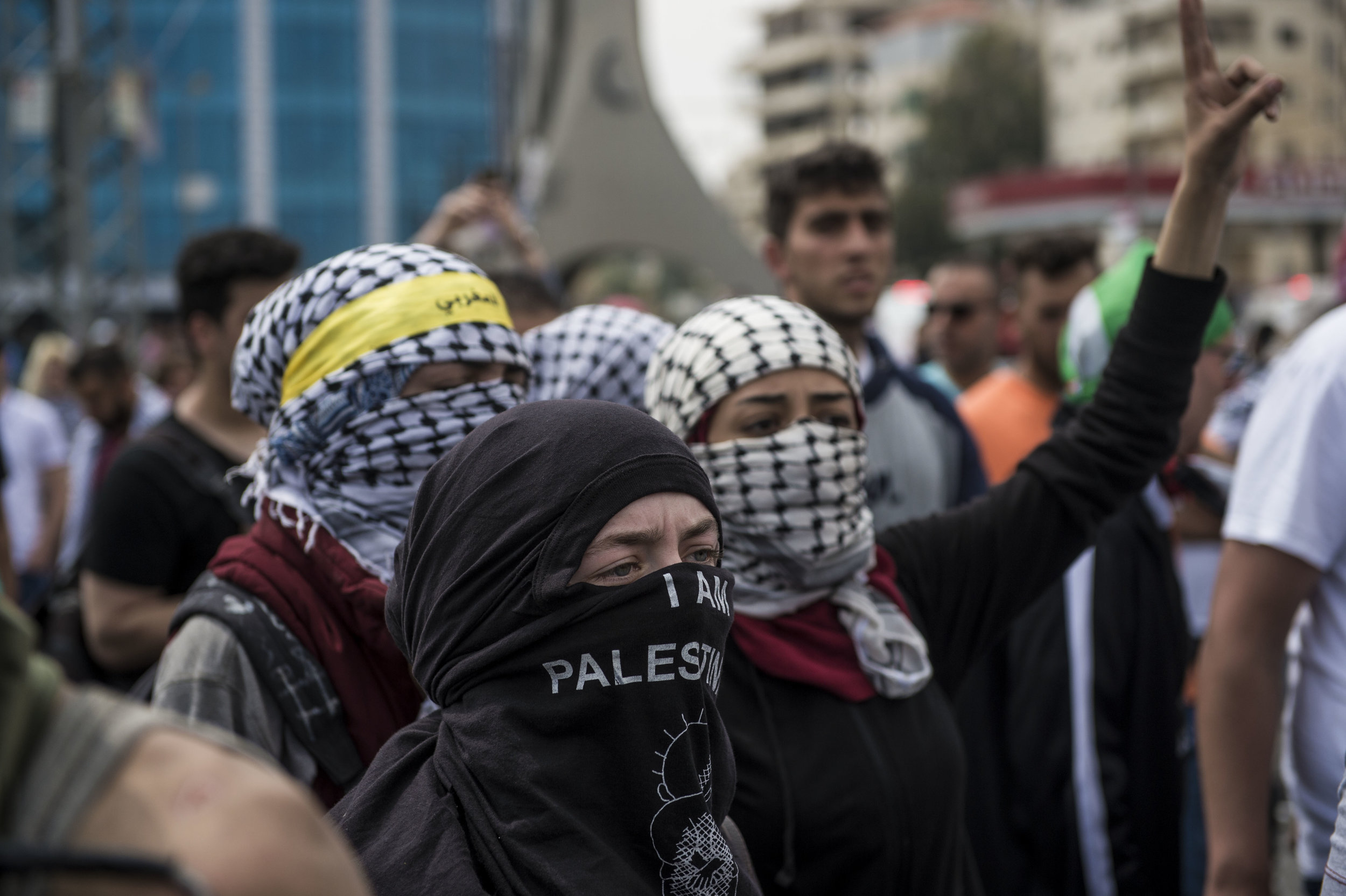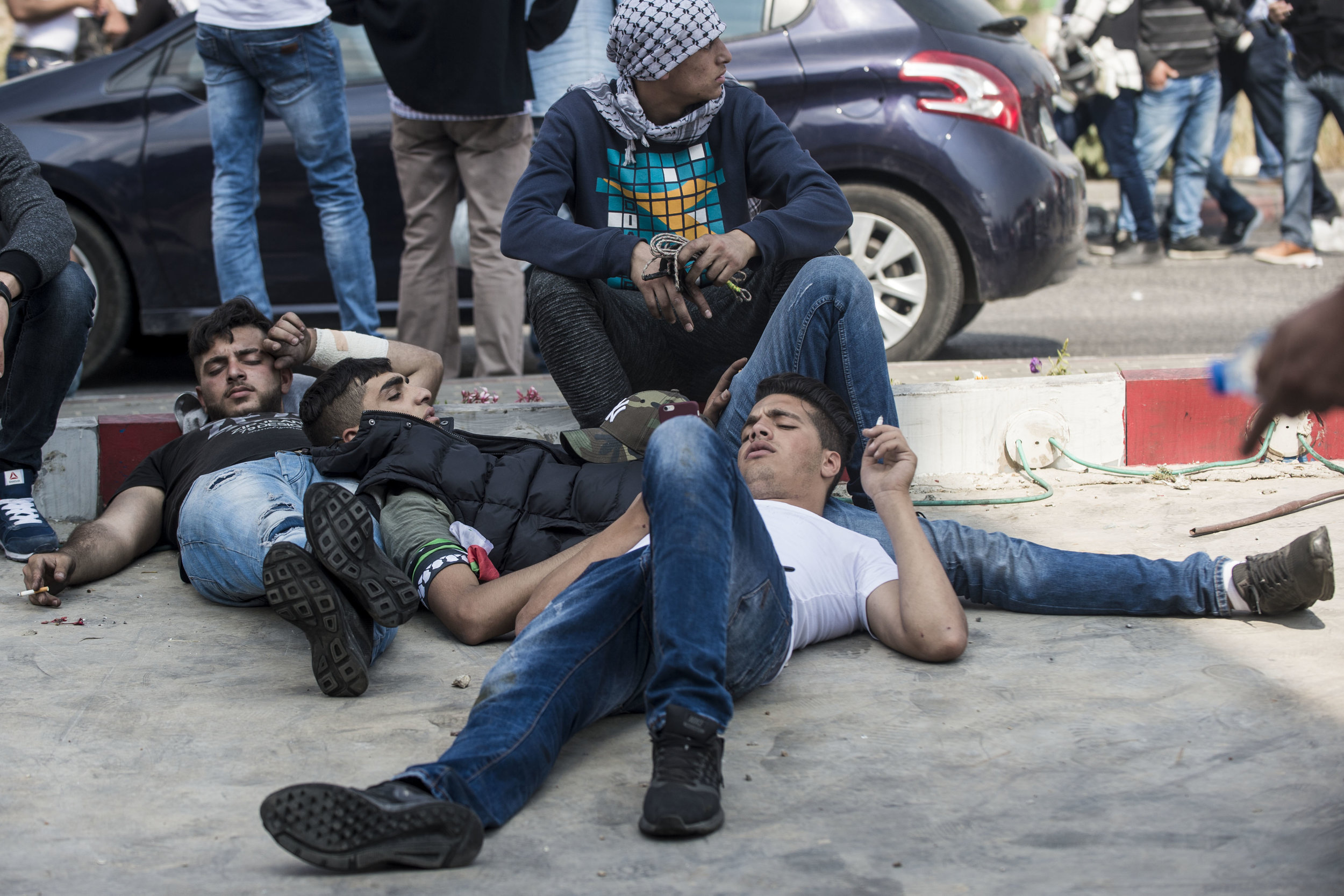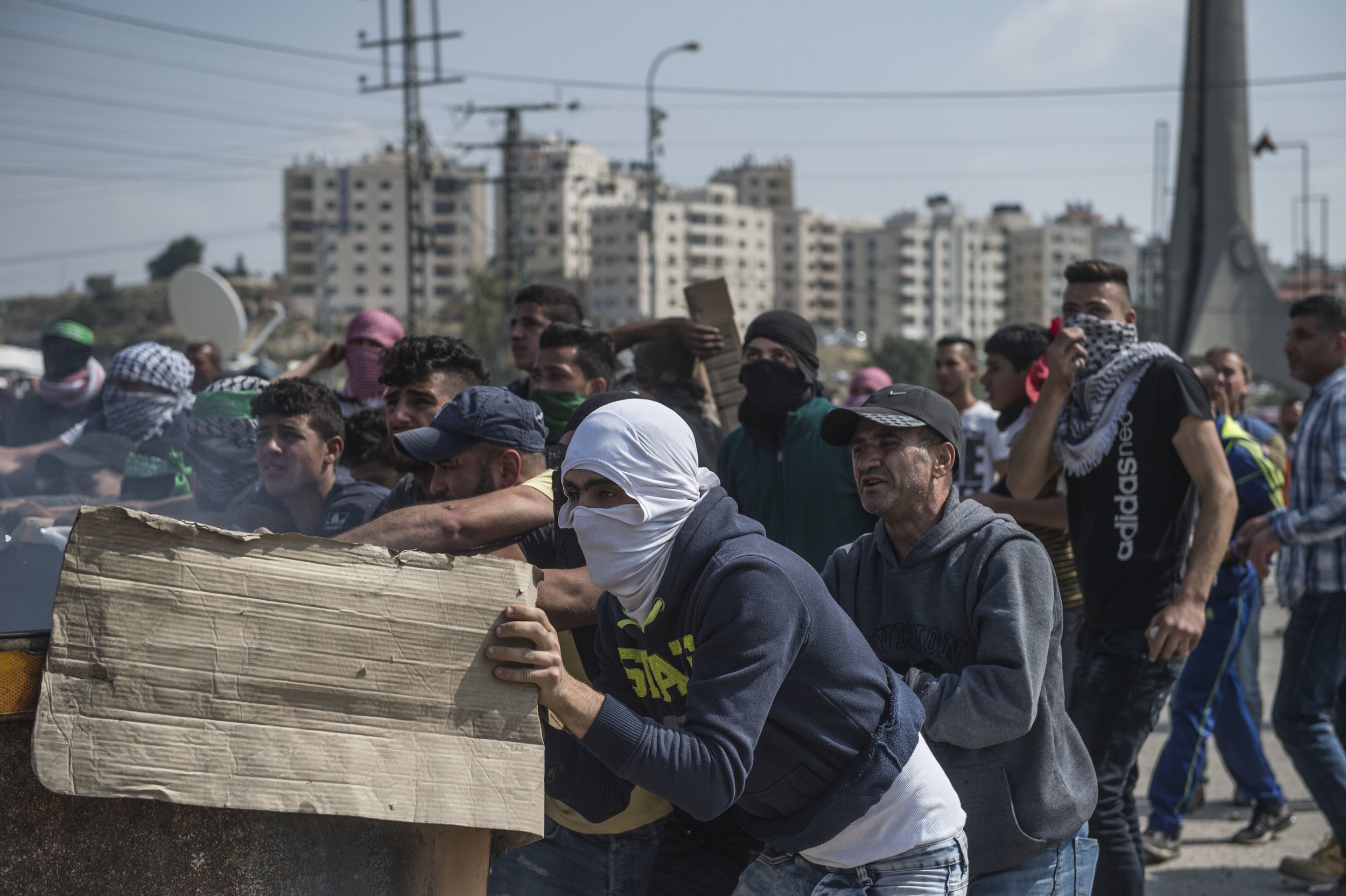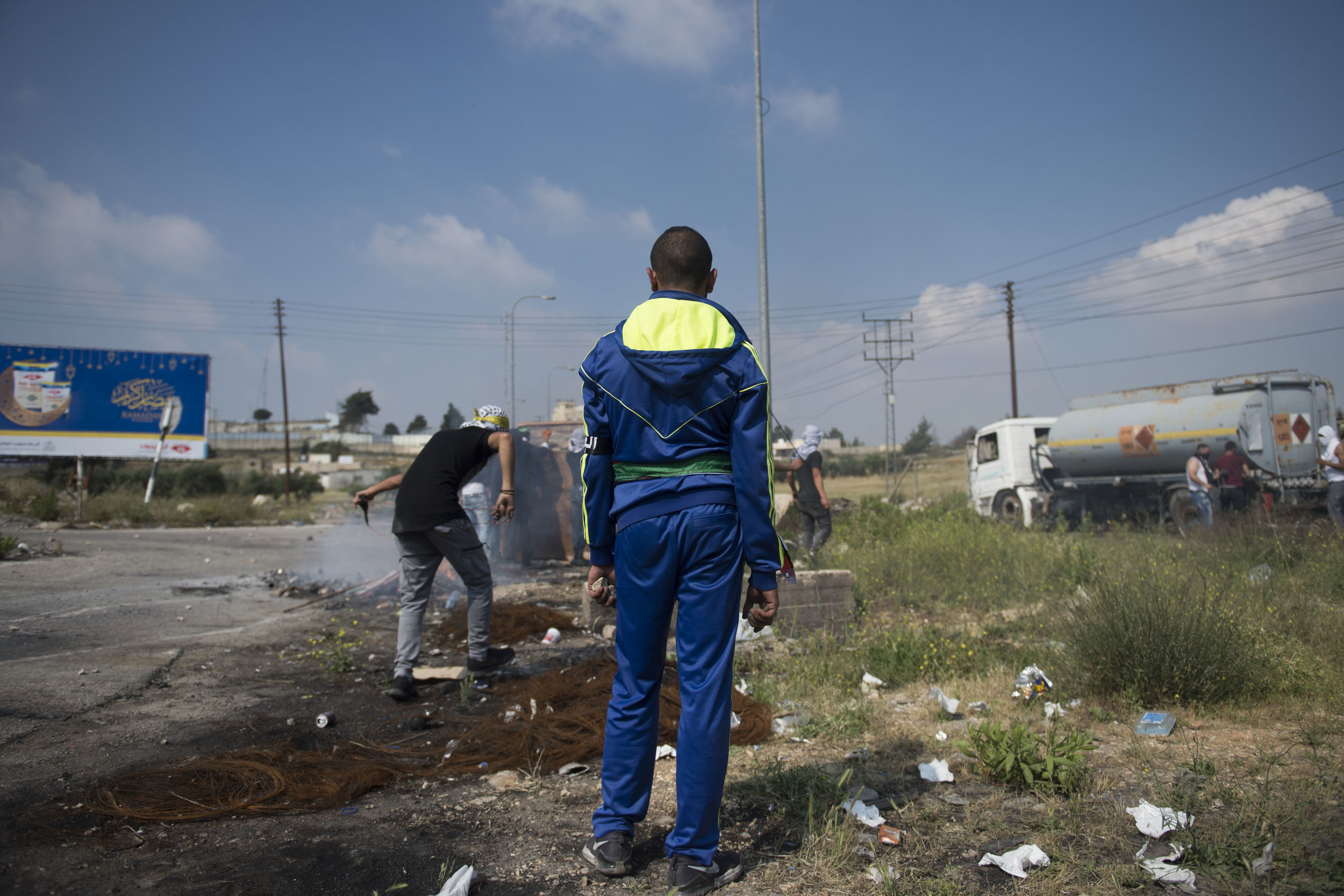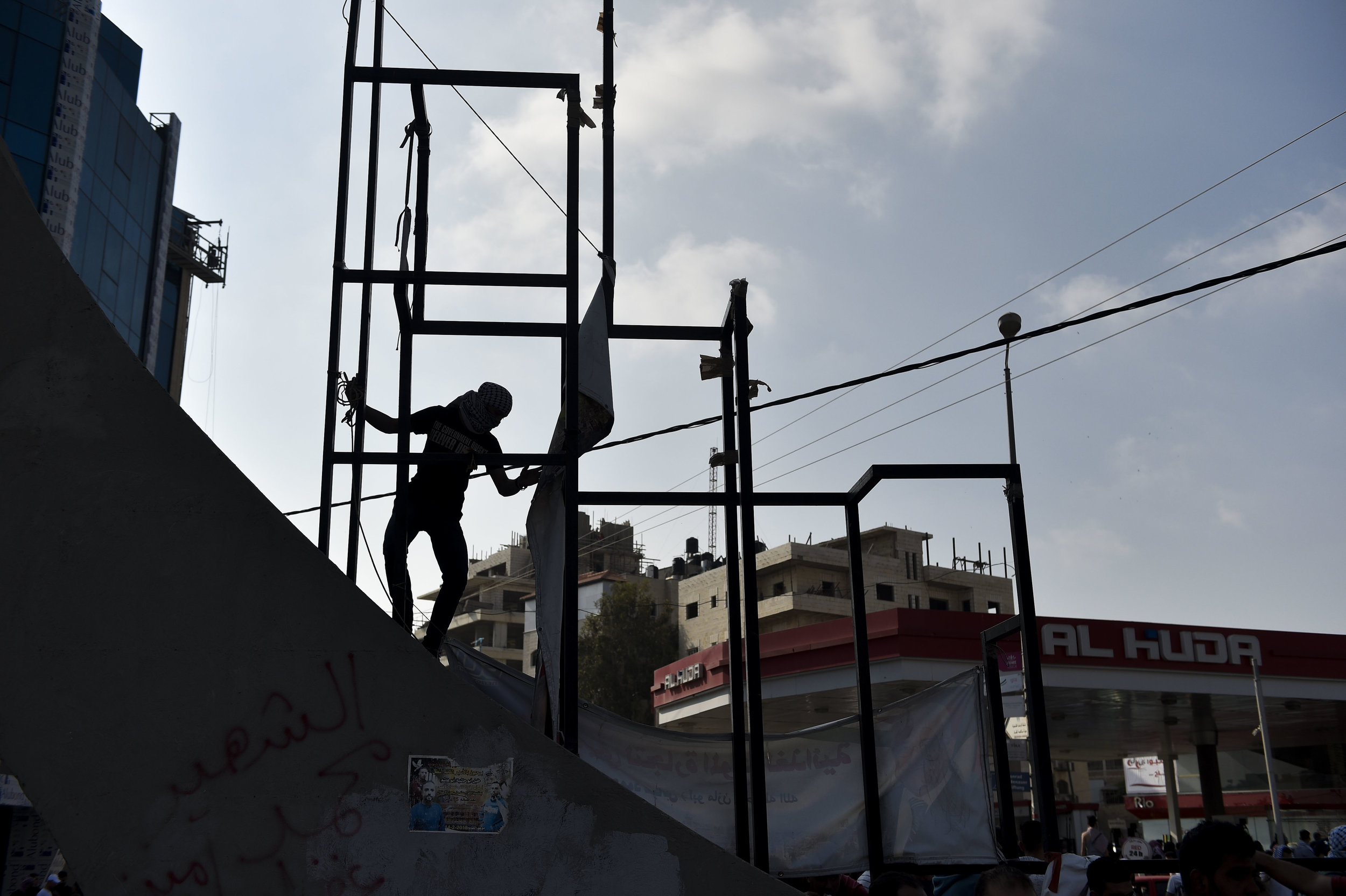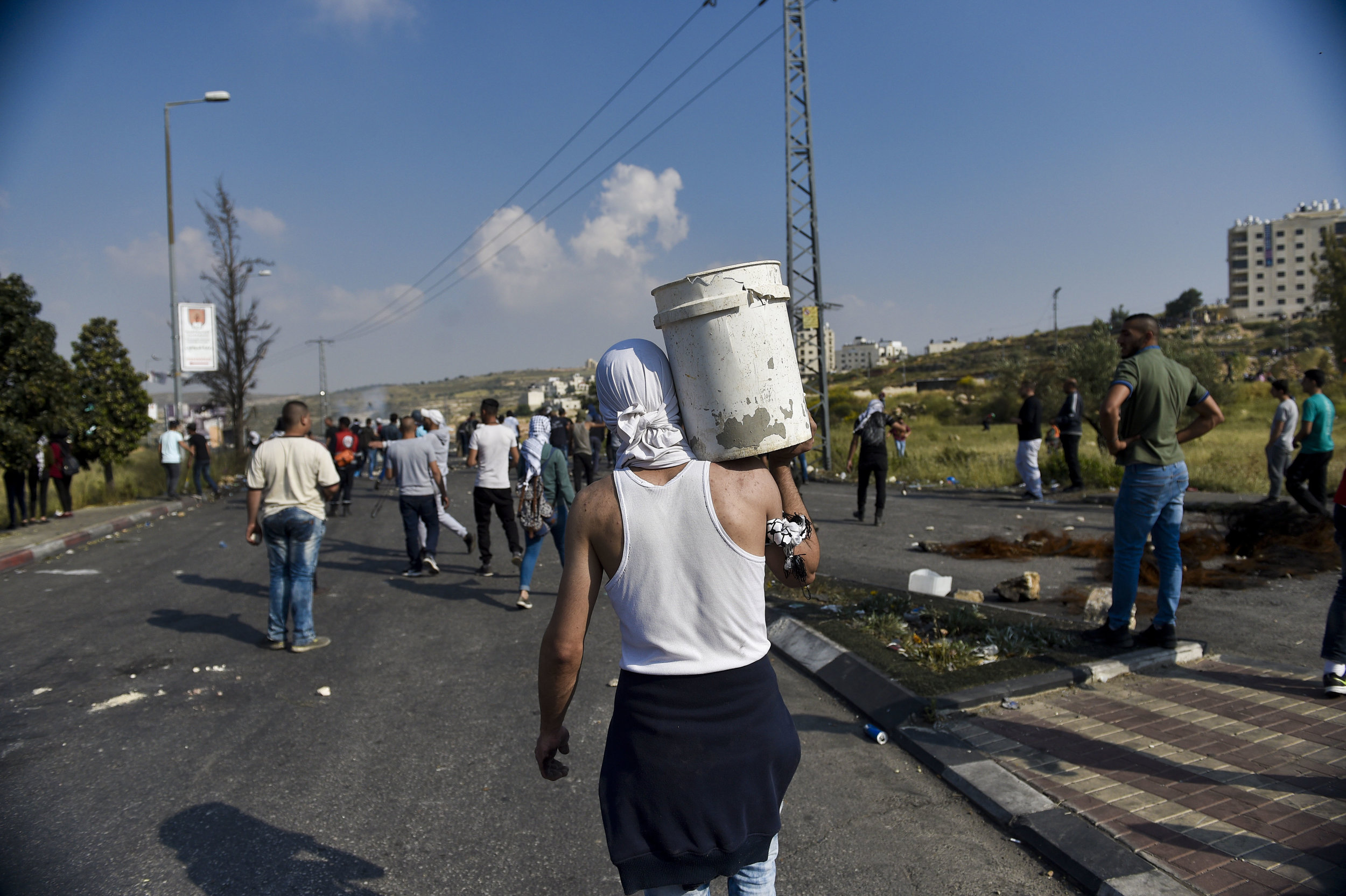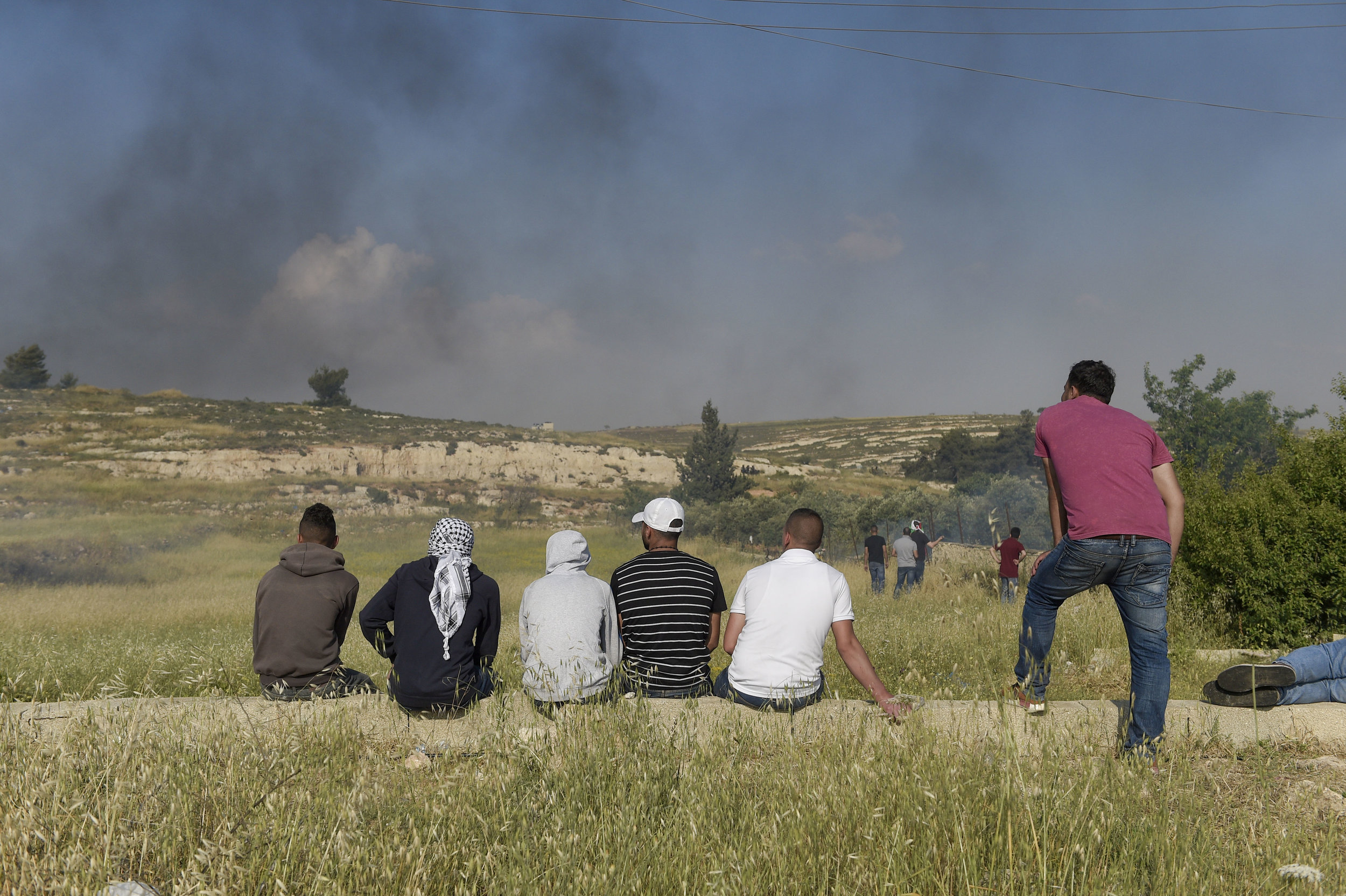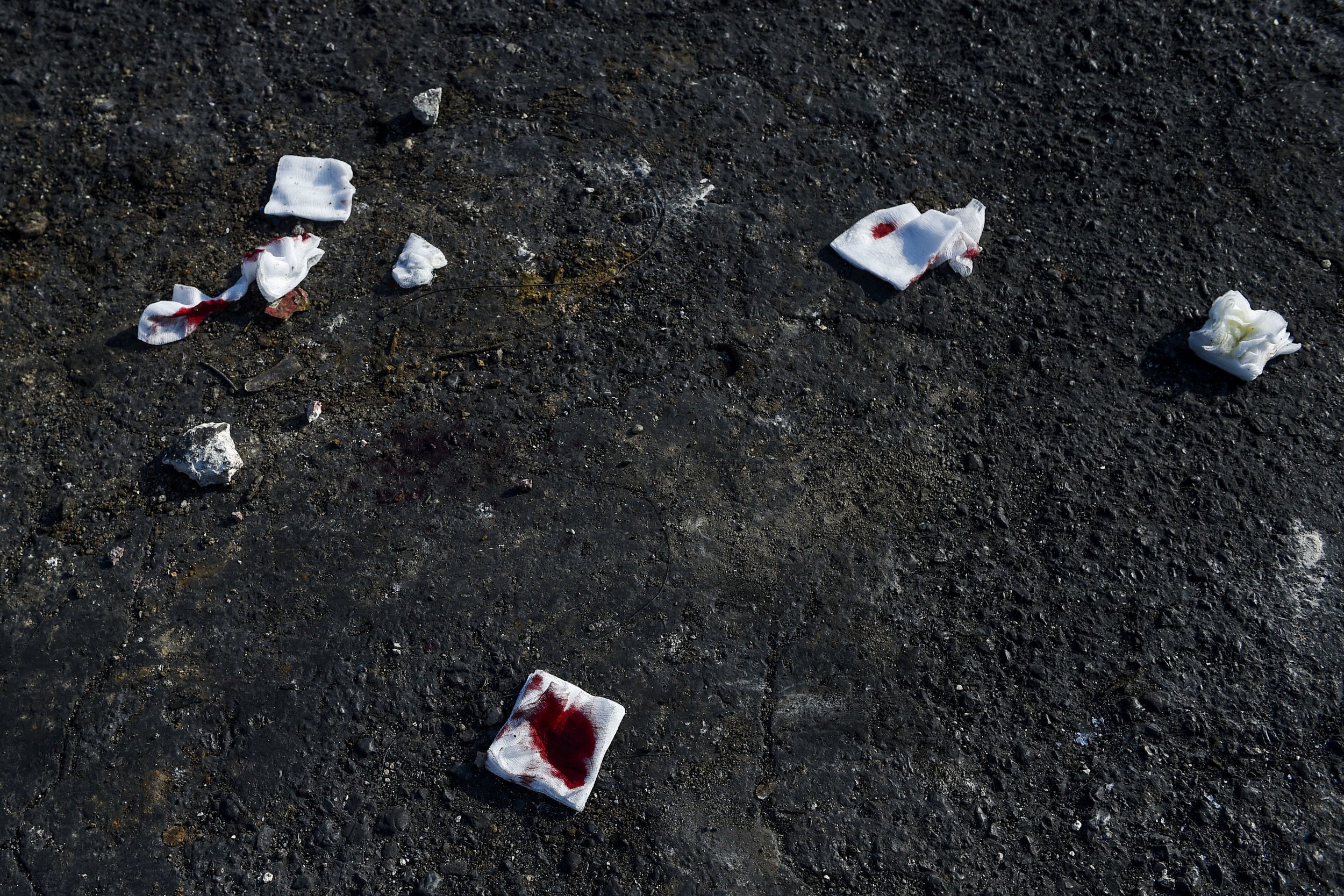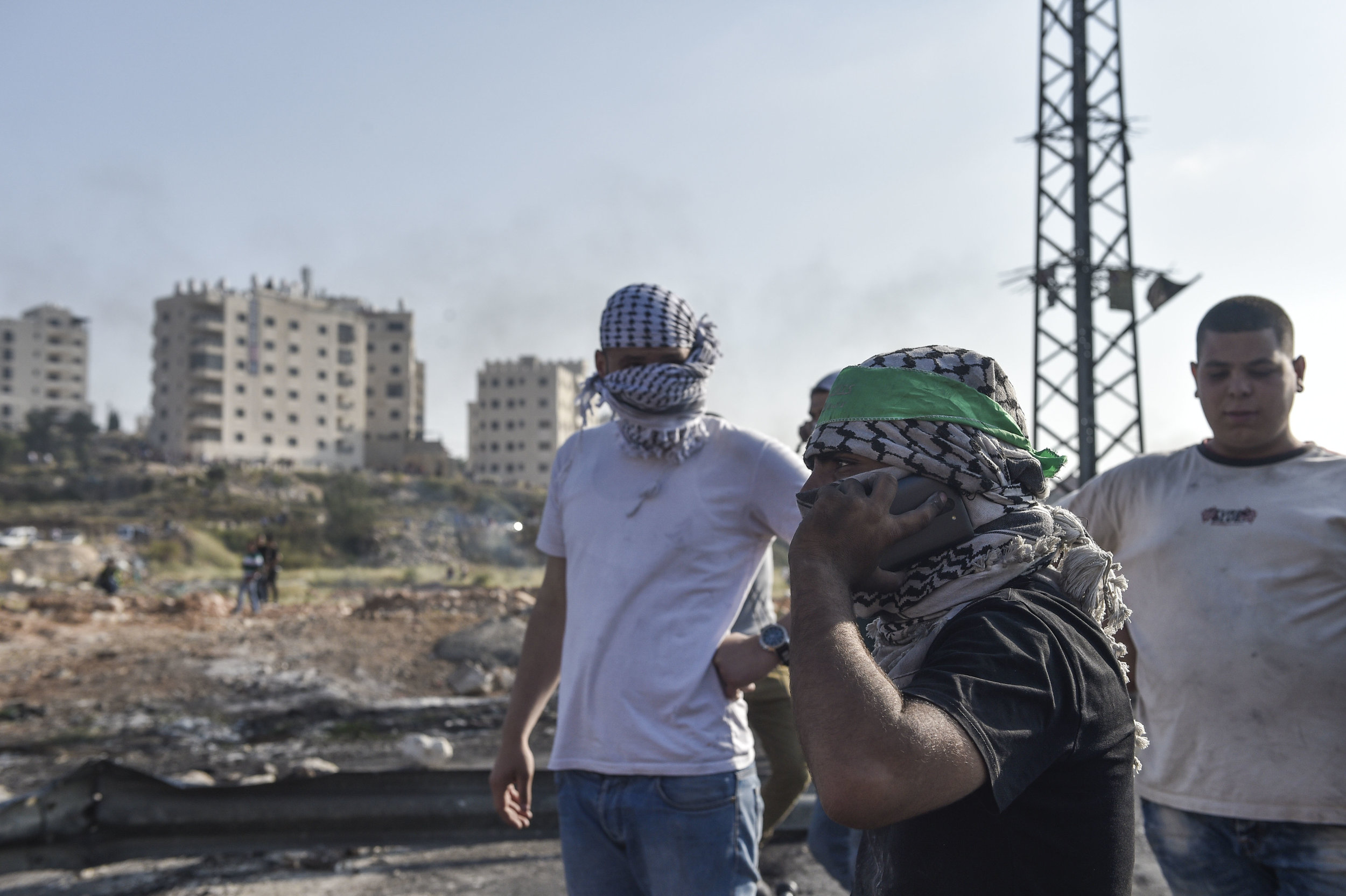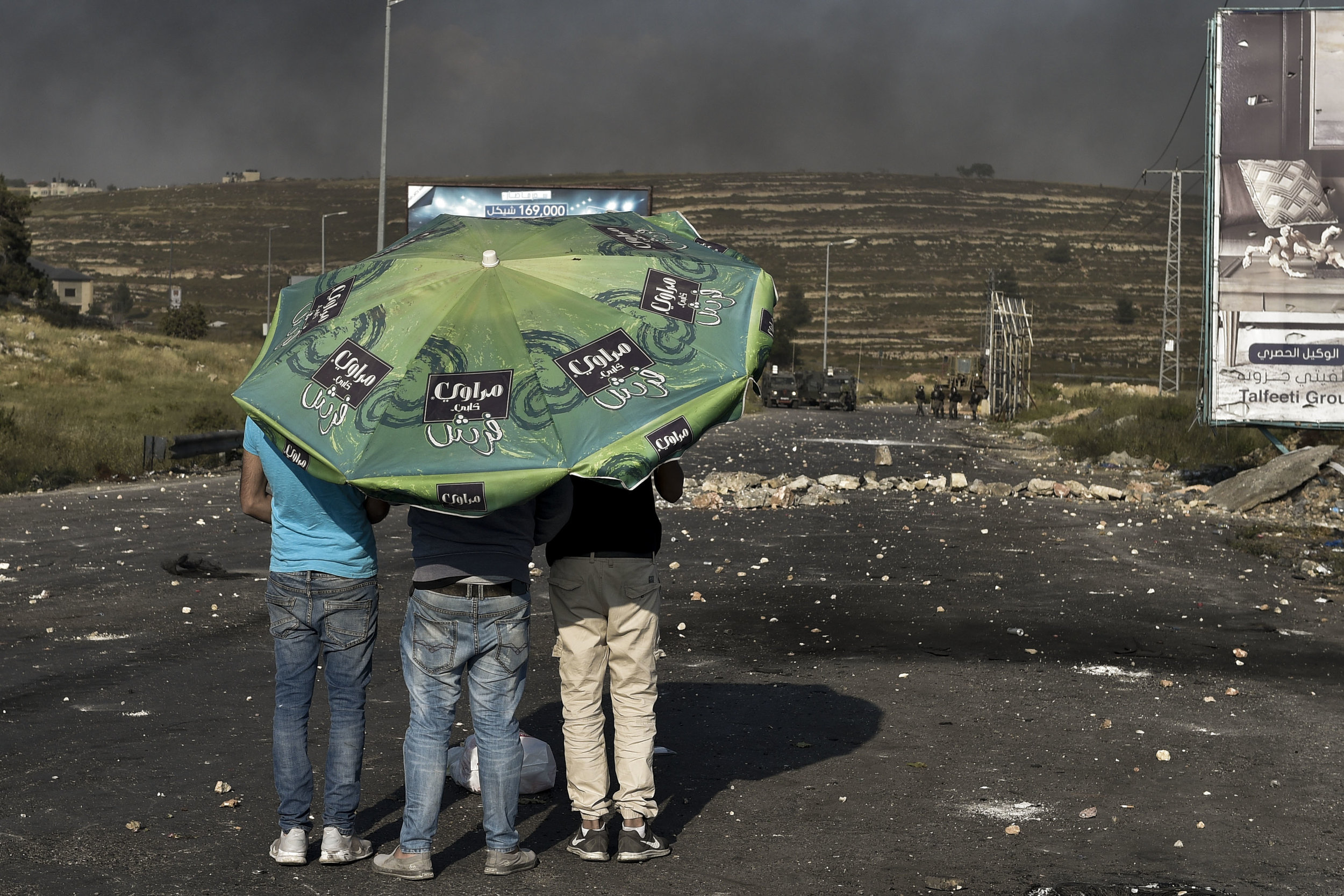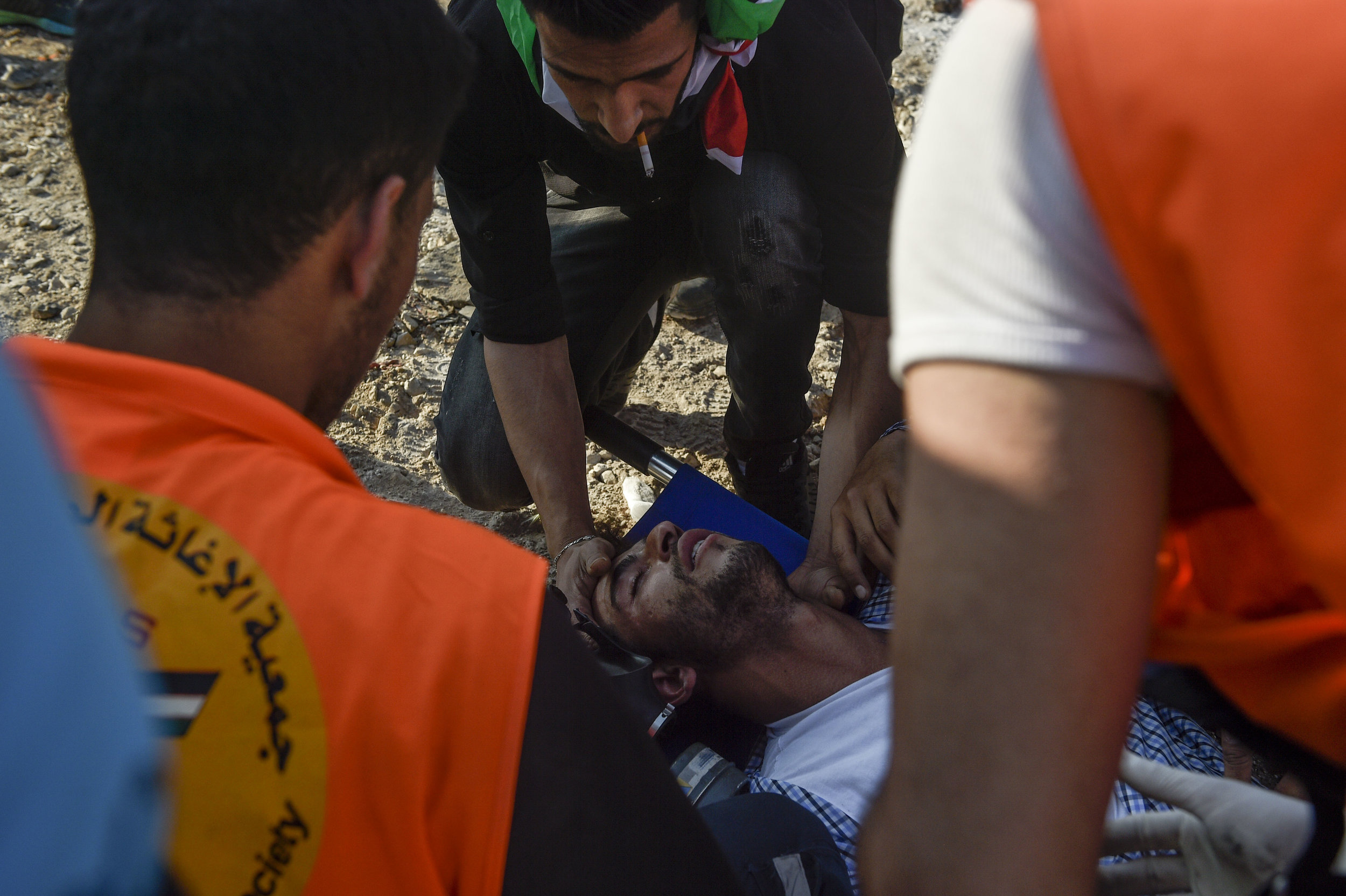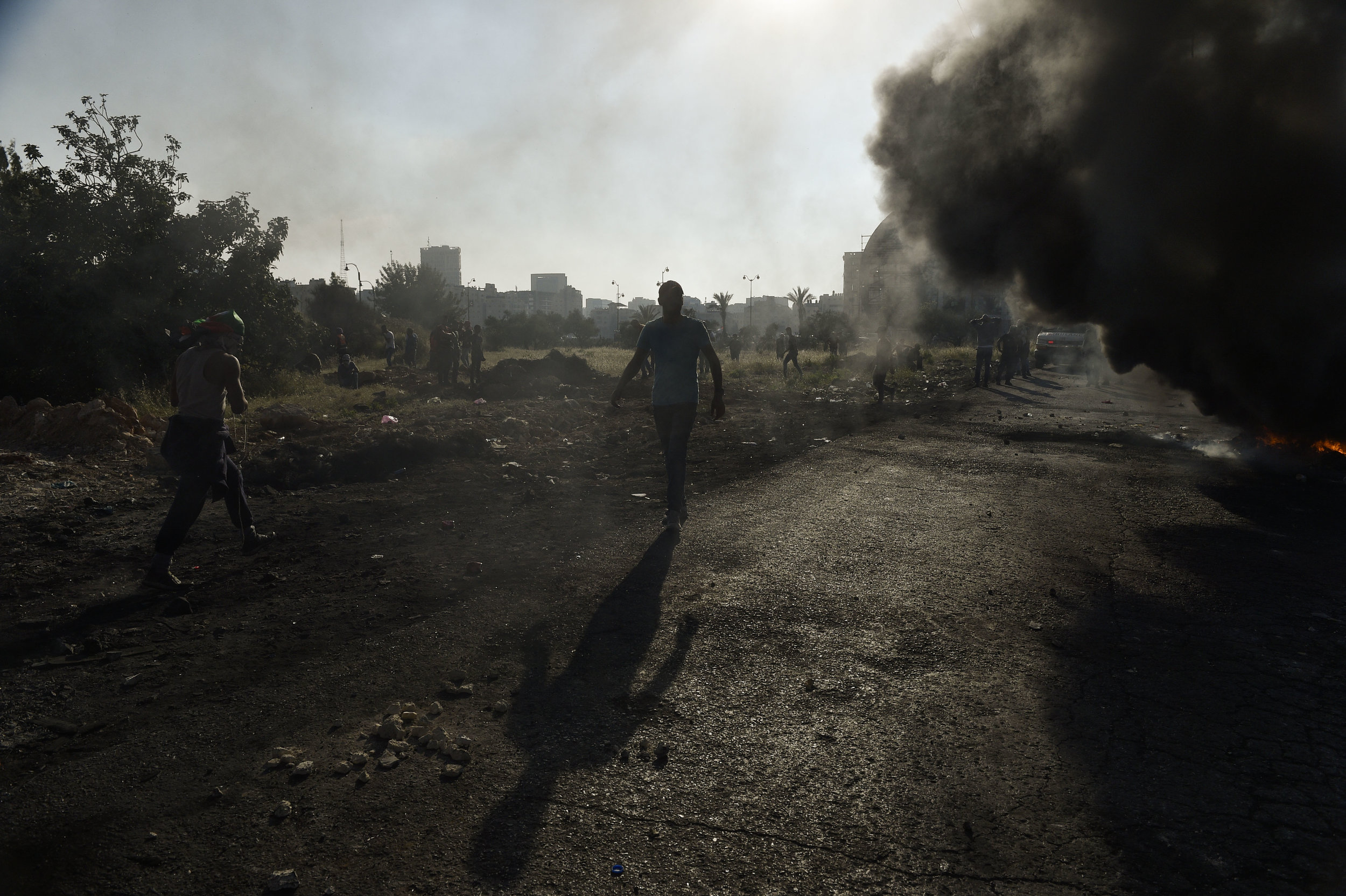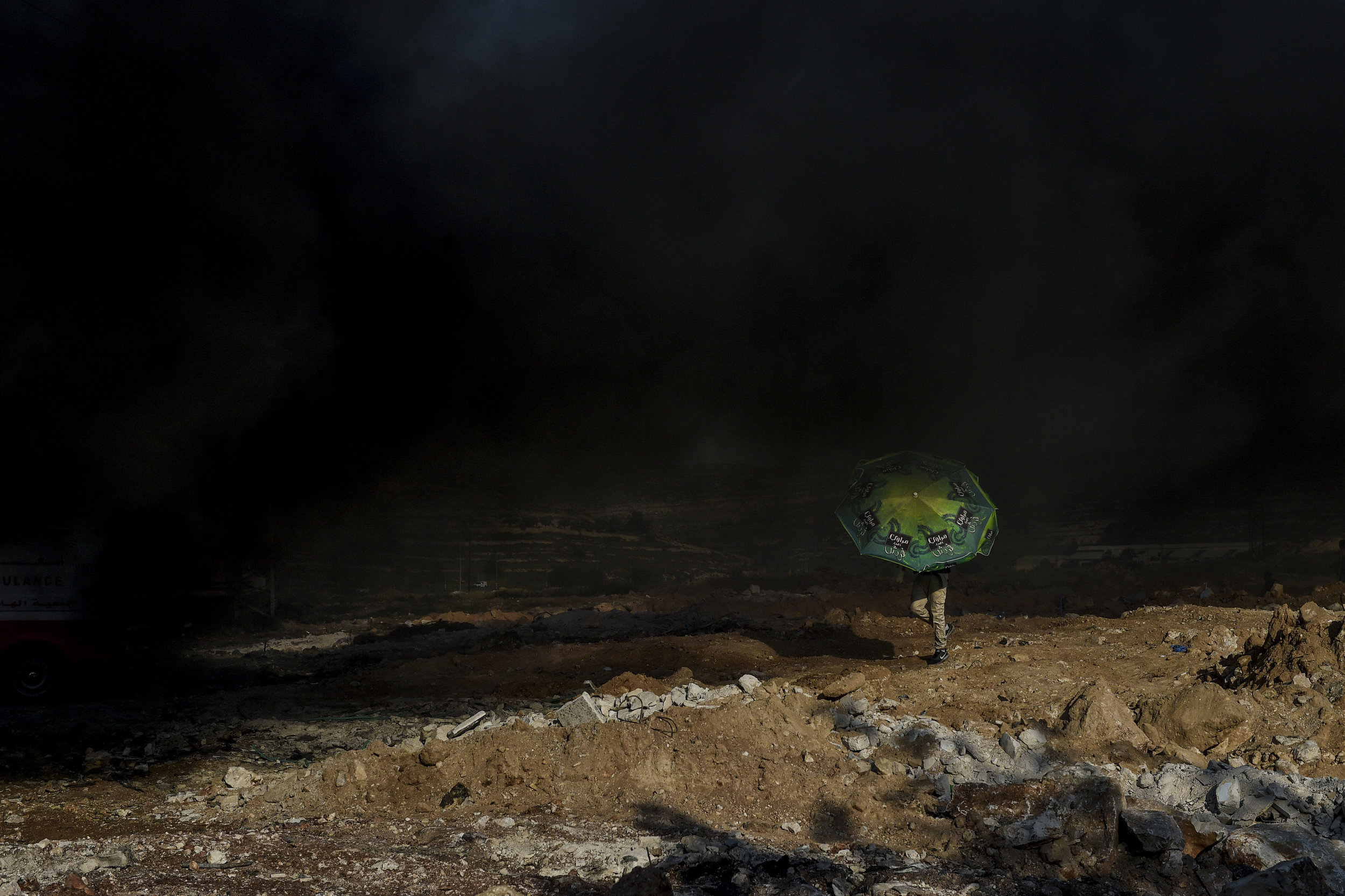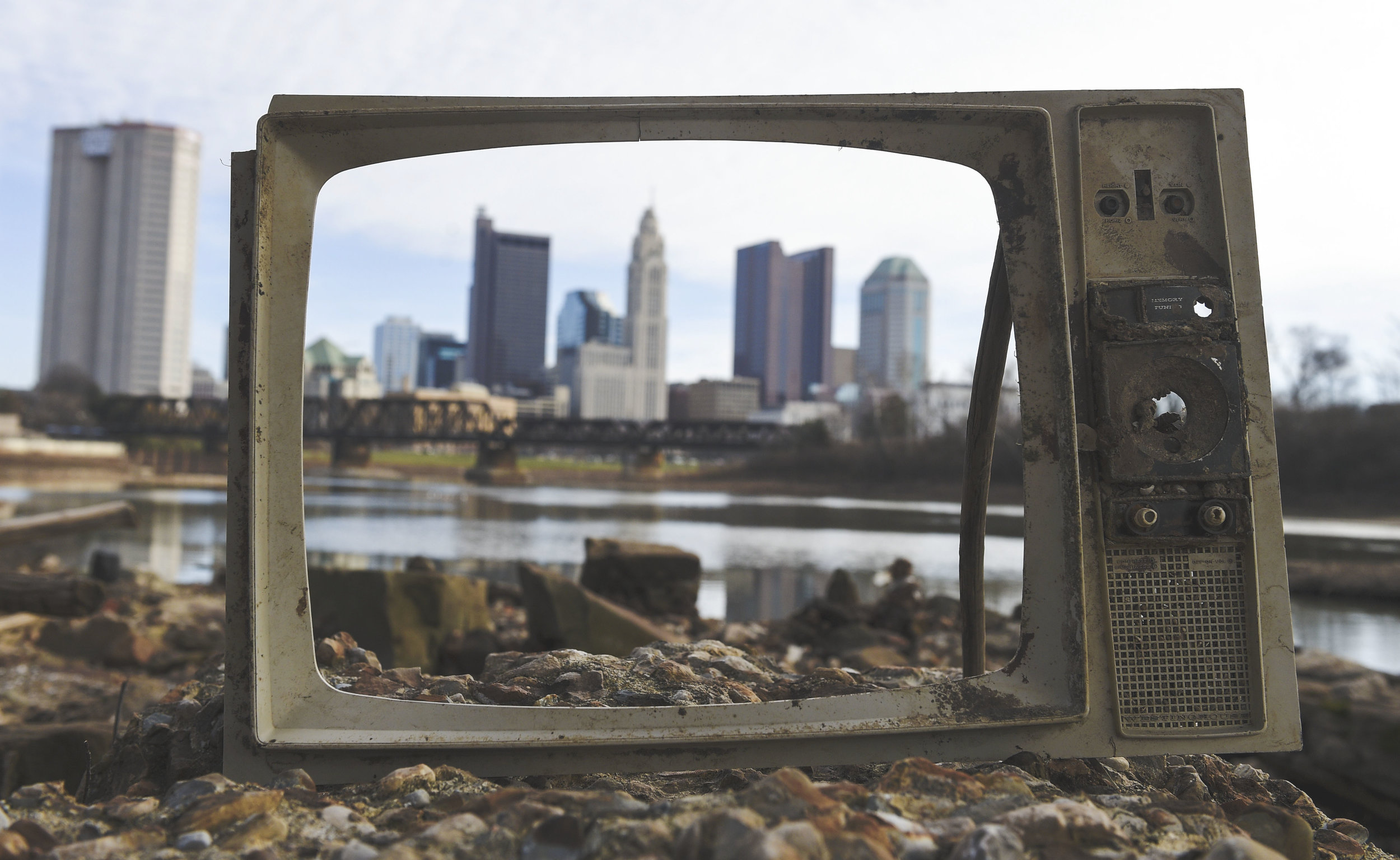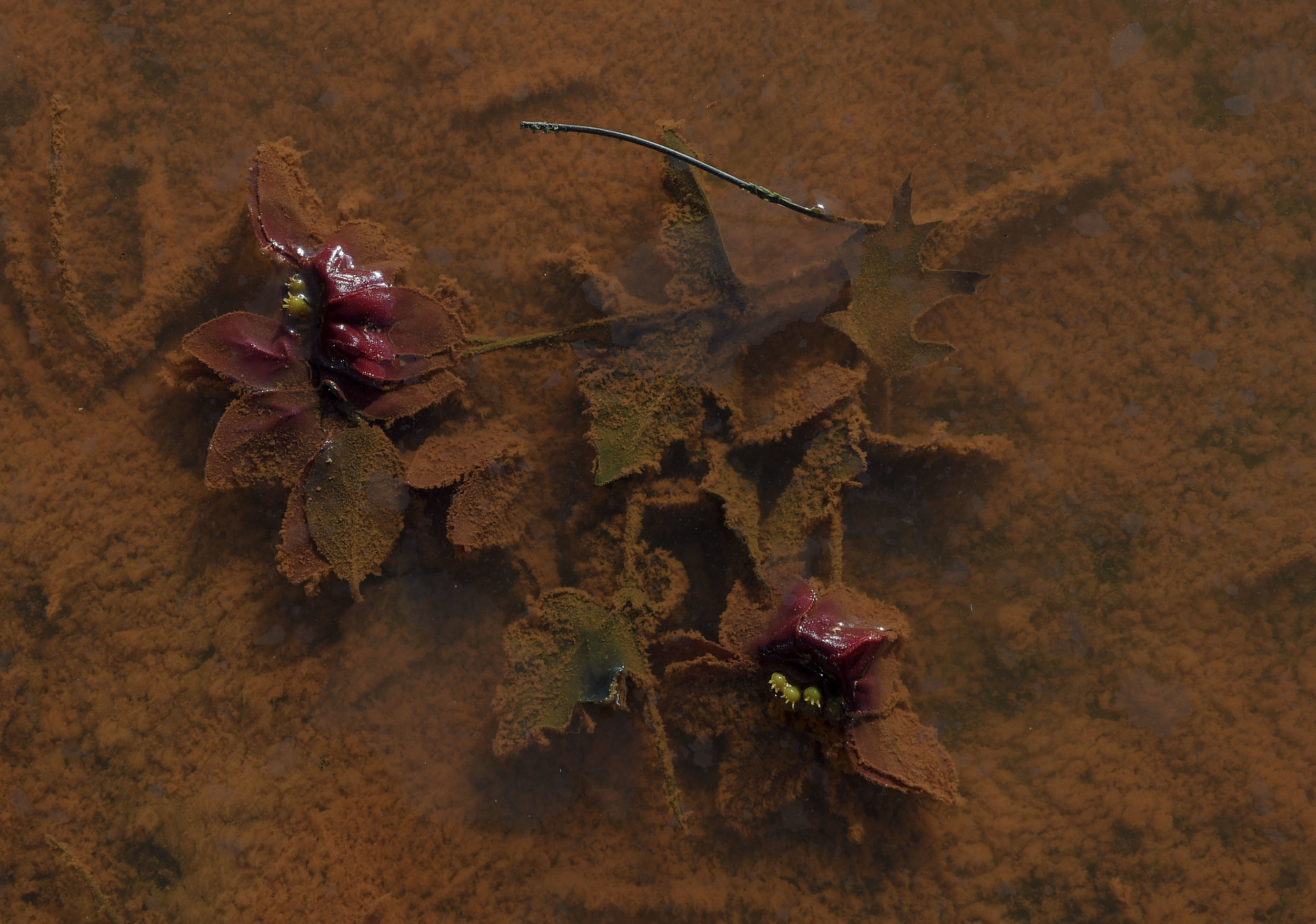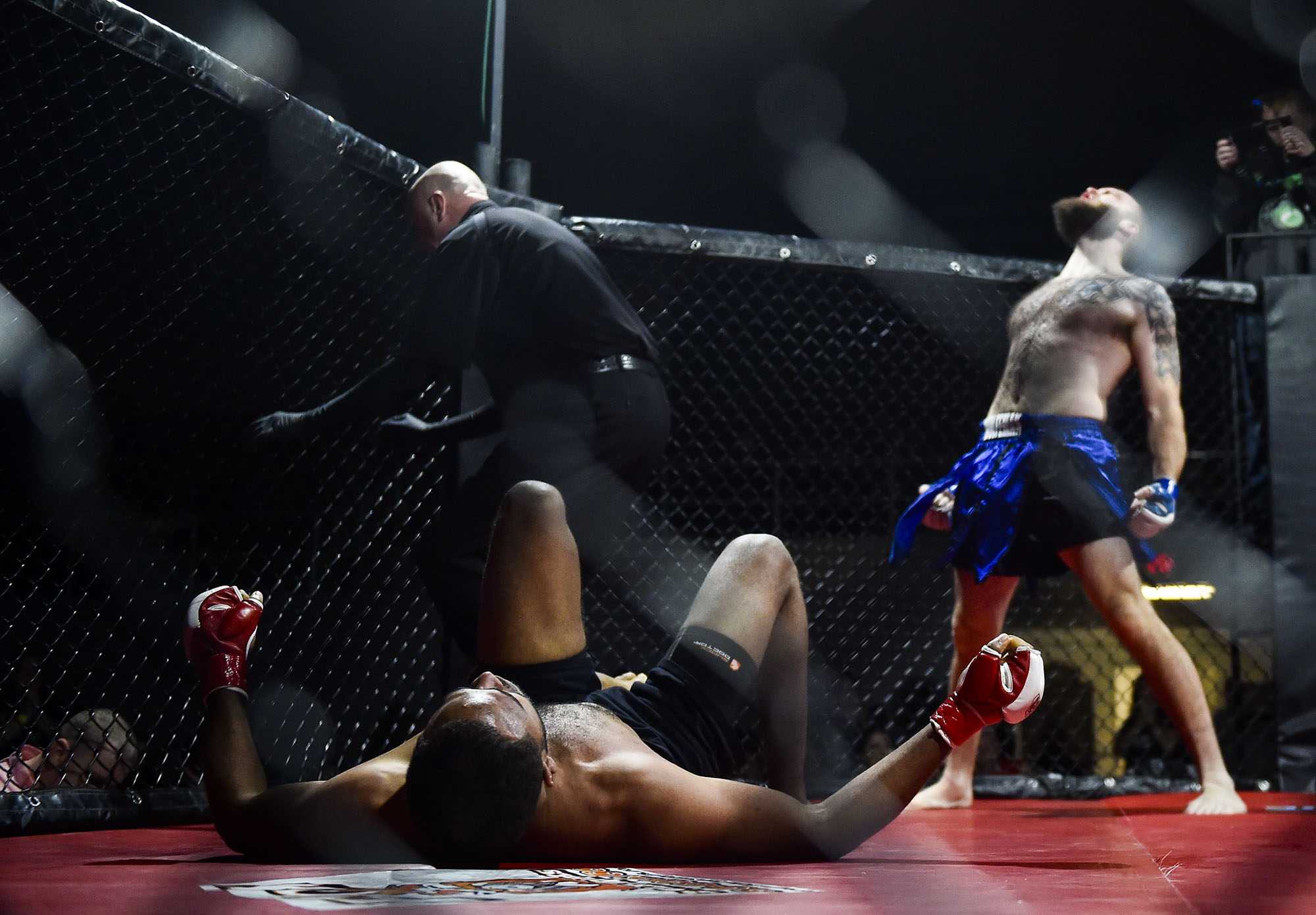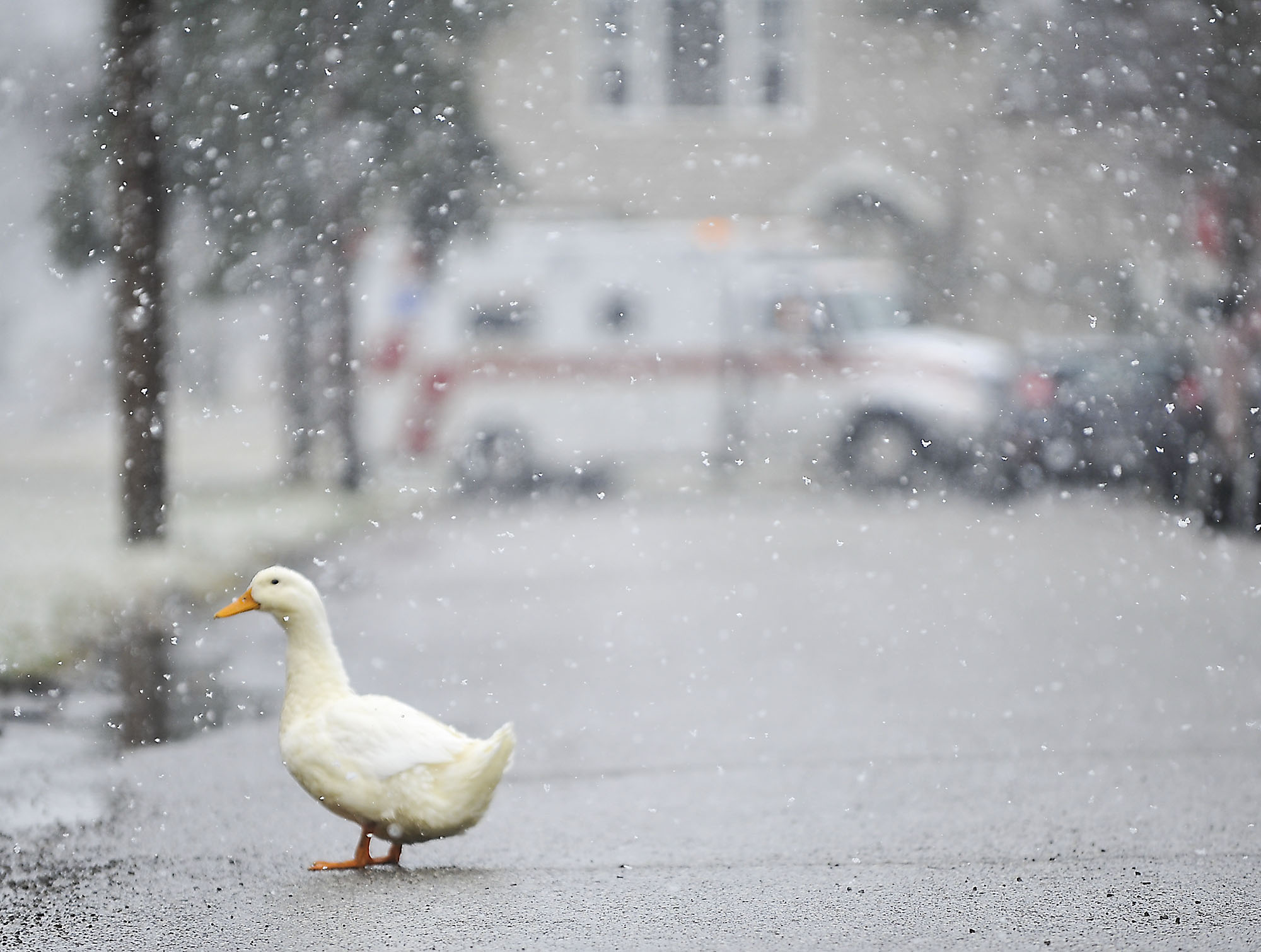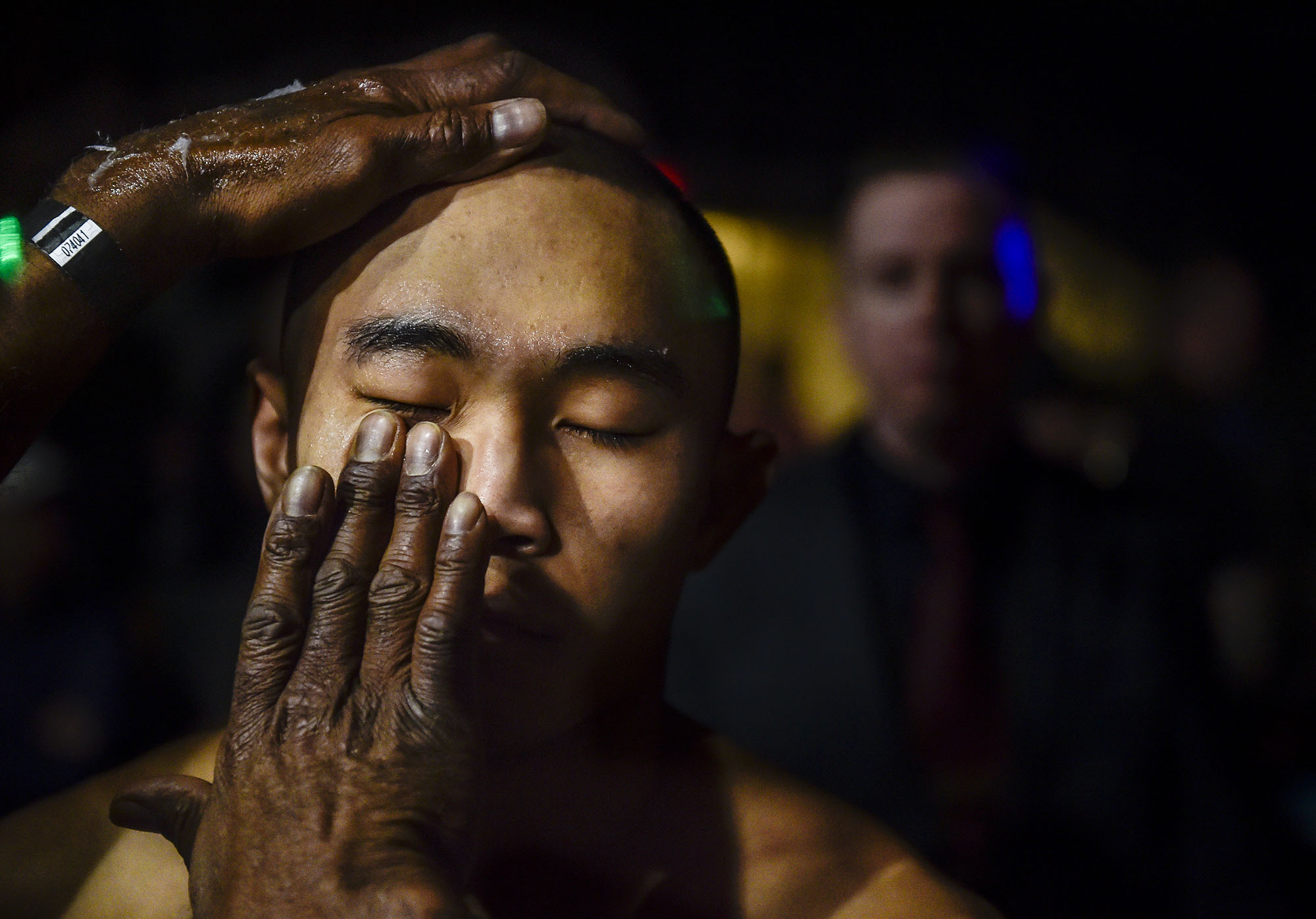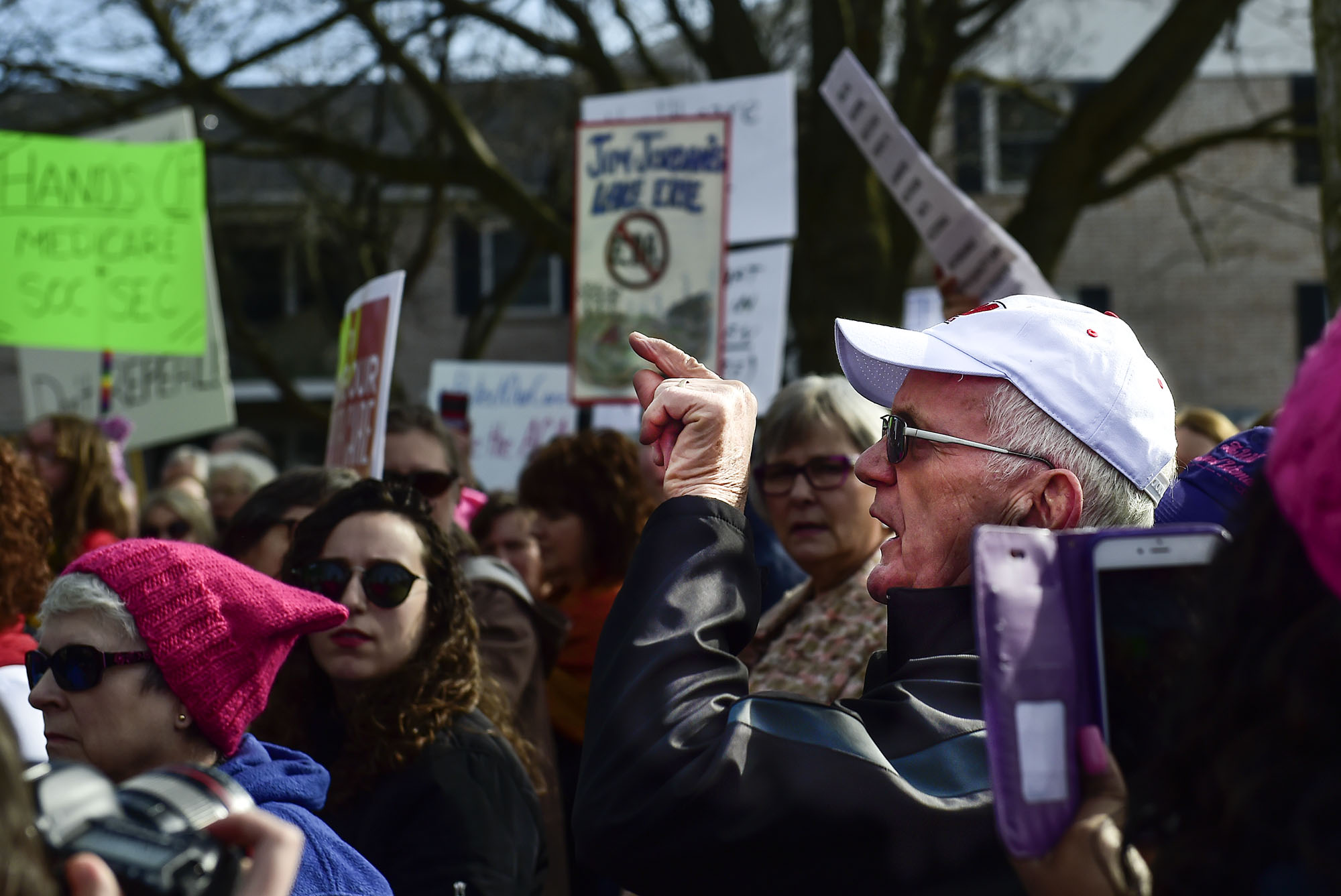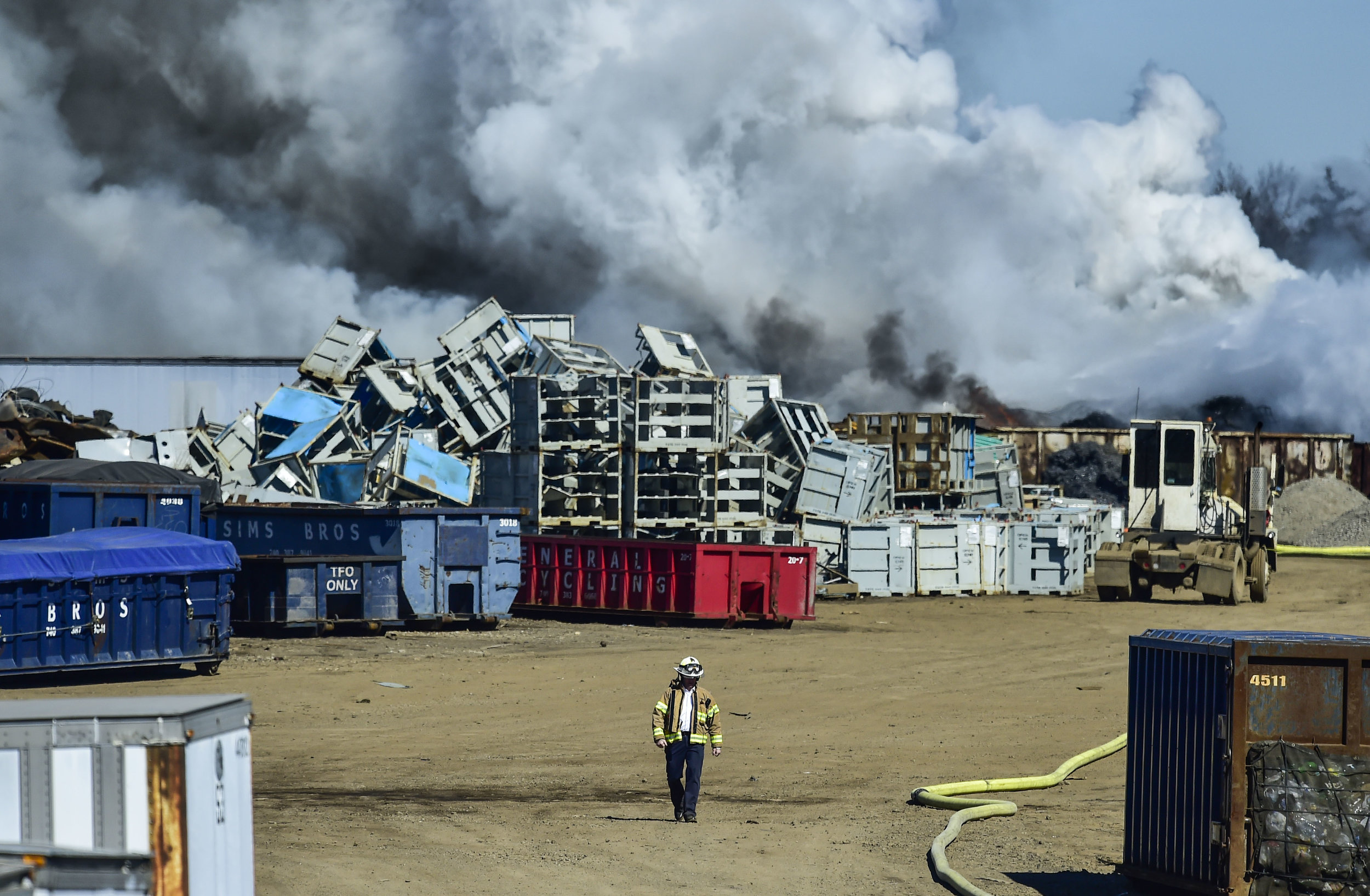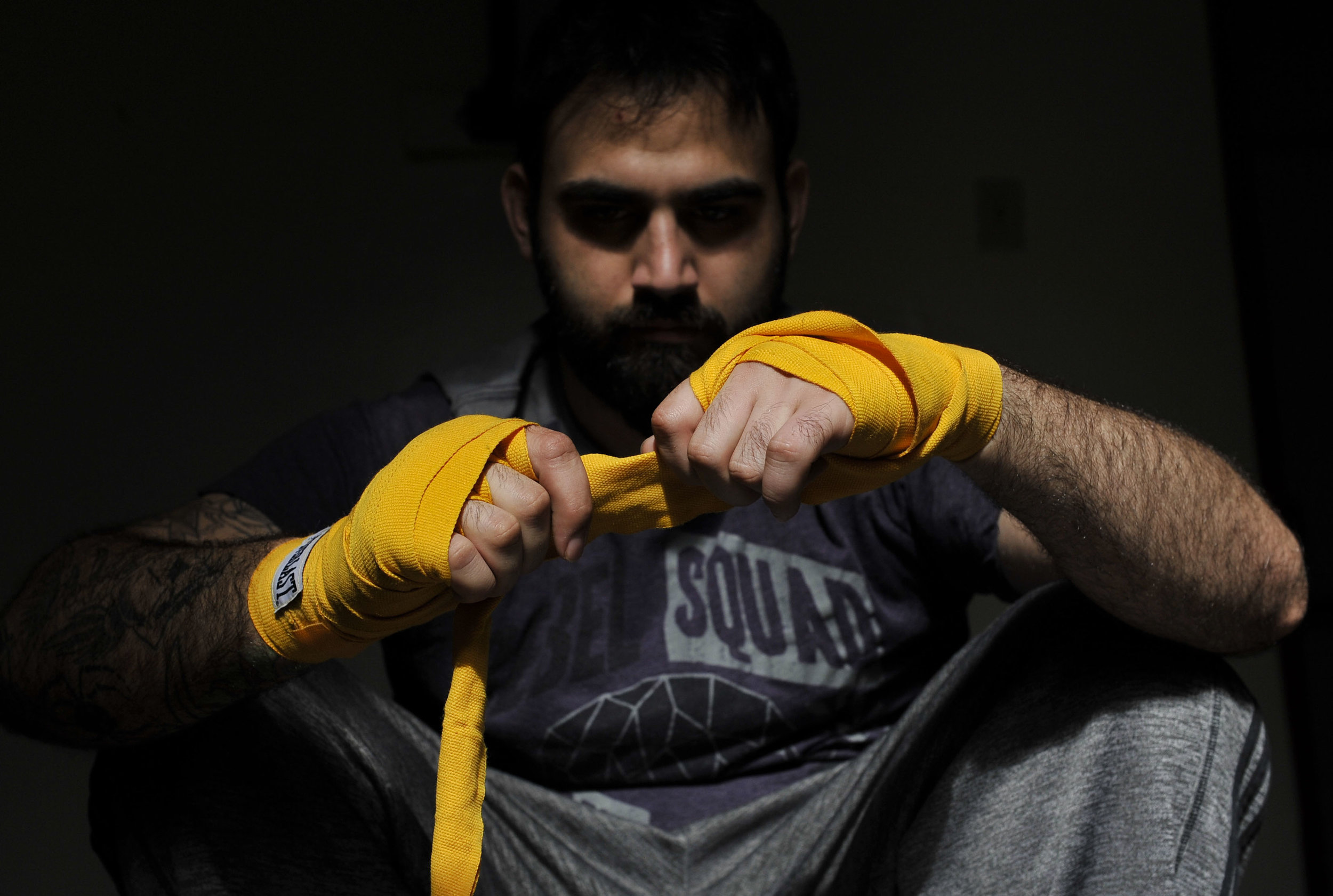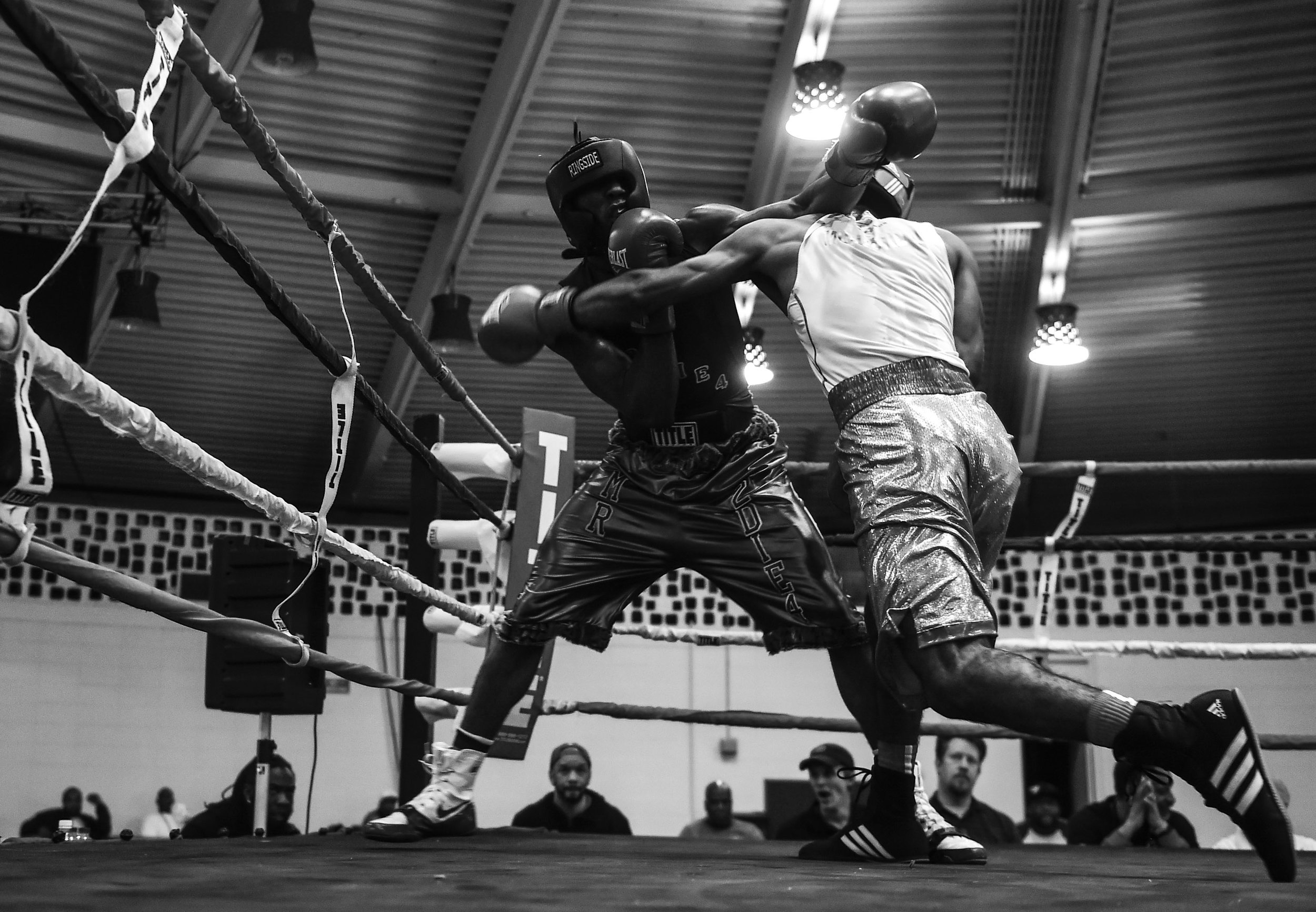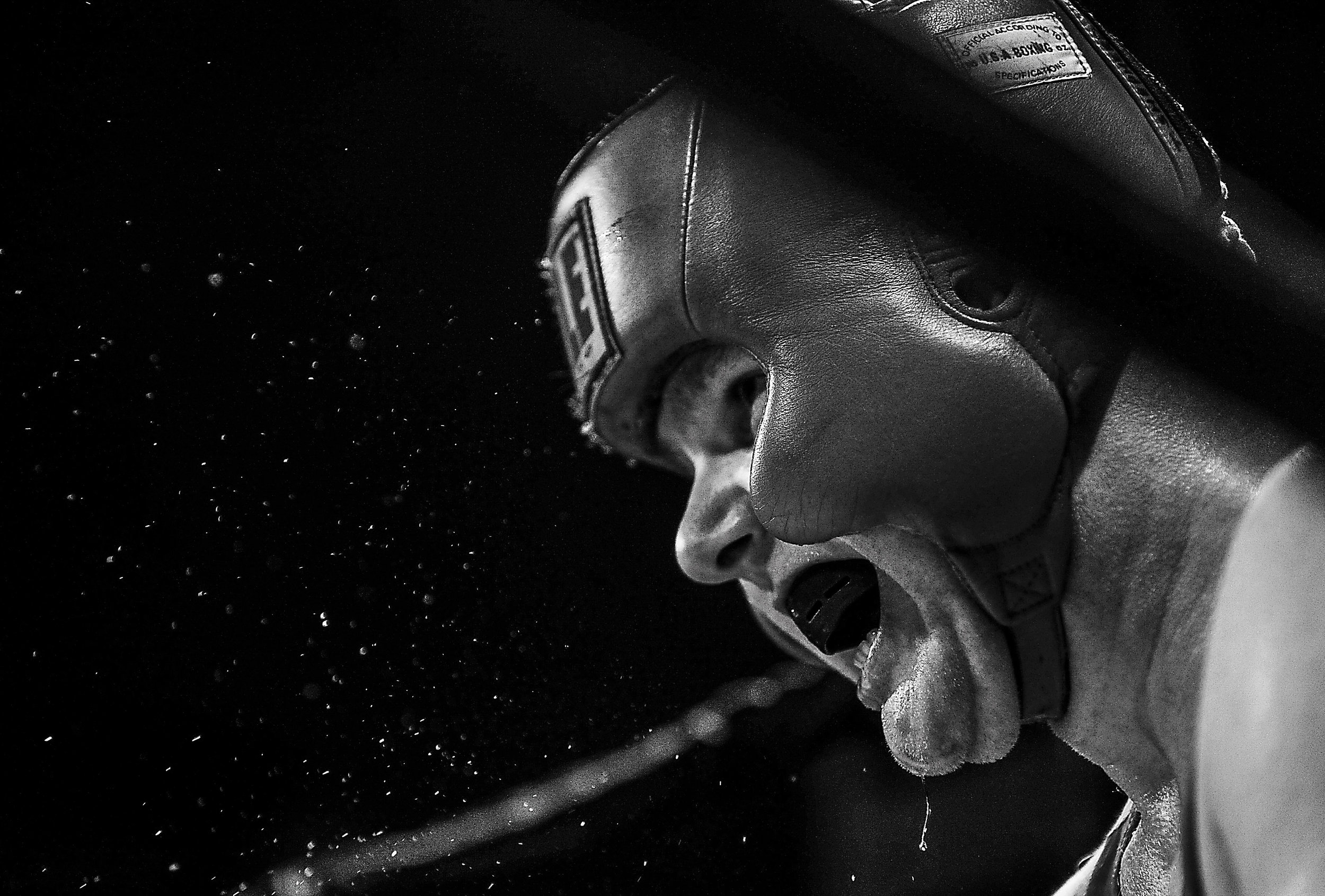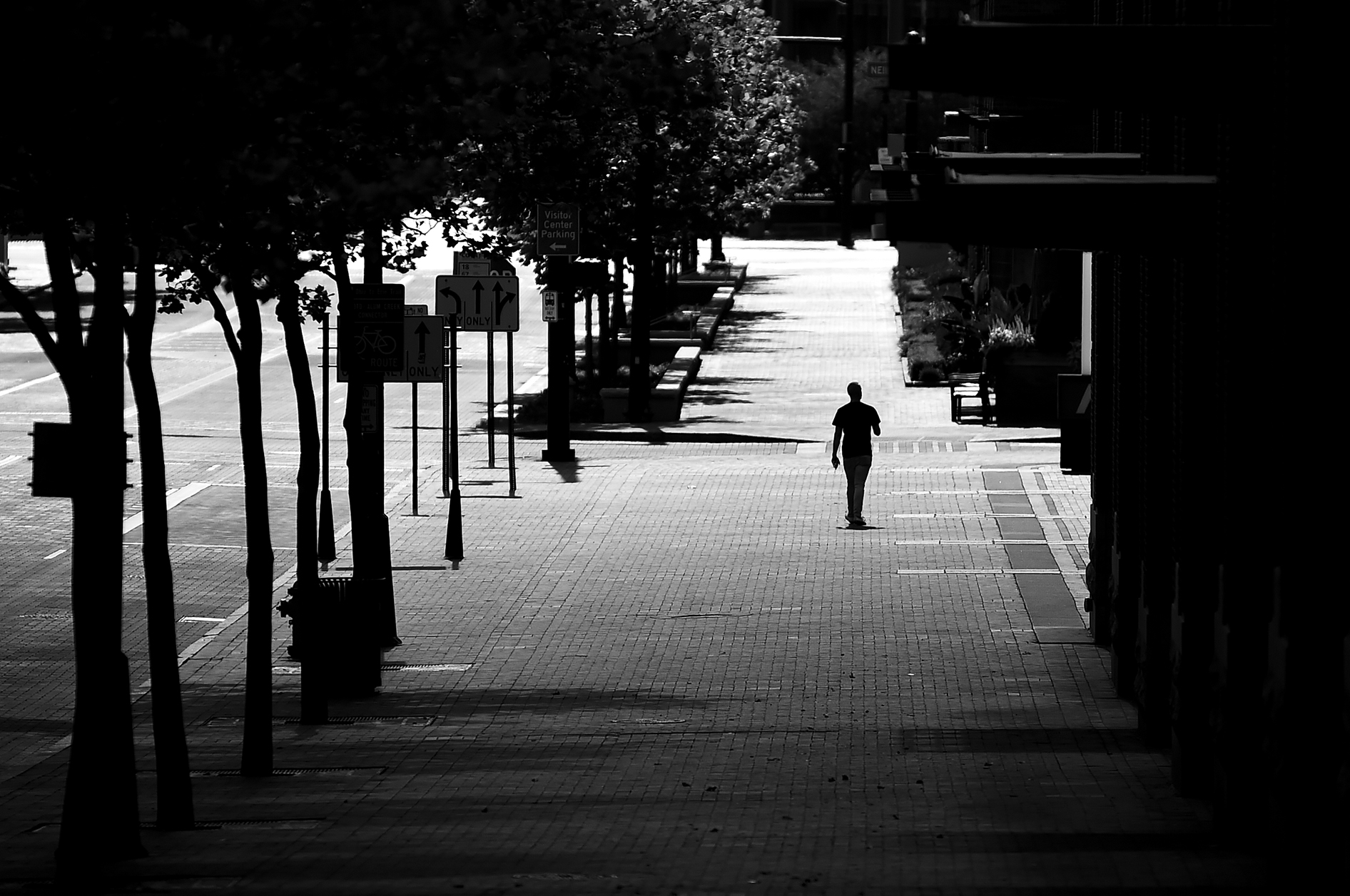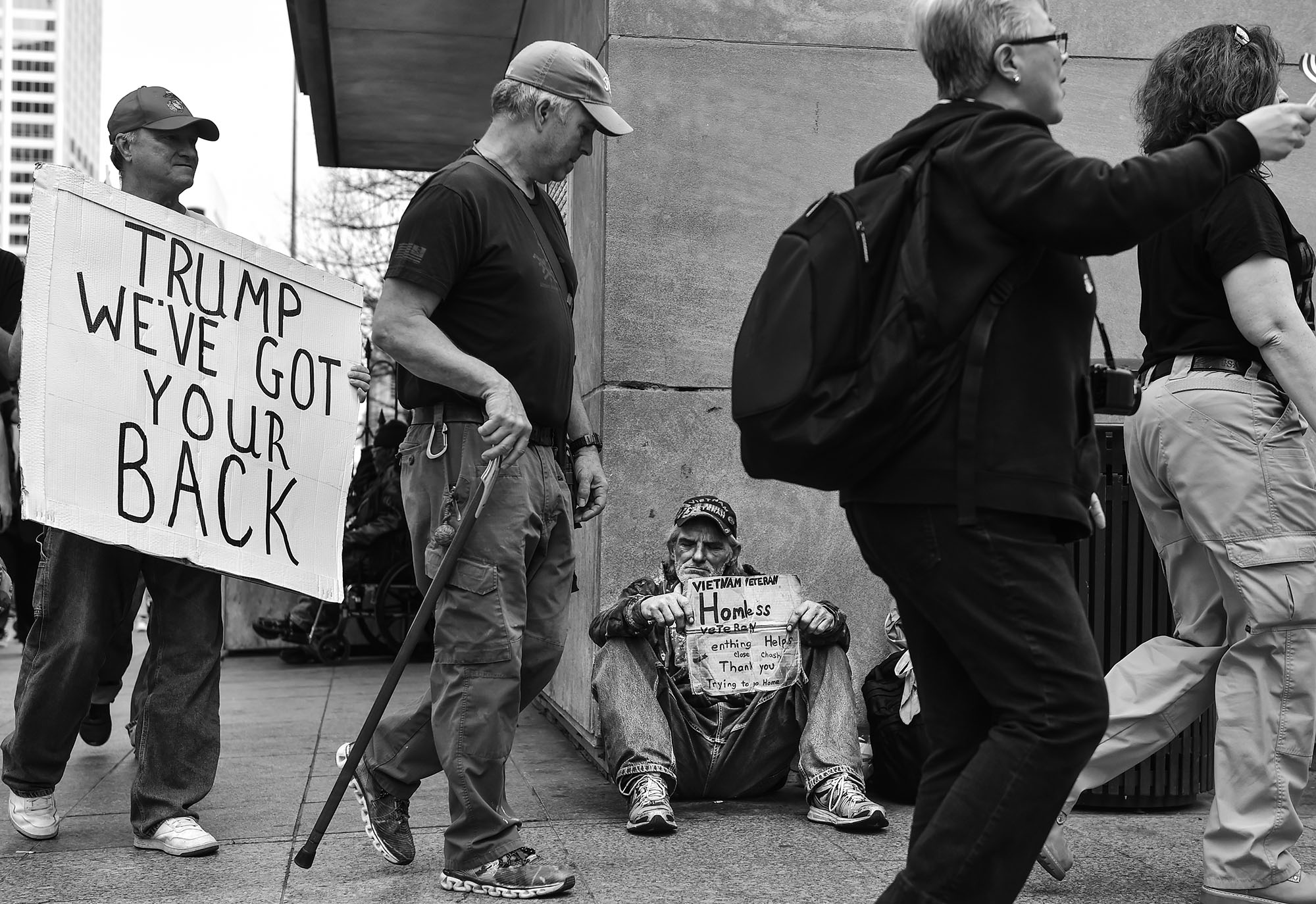(FROM LEFT TO RIGHT, TOP TO BOTTOM)
WESTCOTT U60-B SOFT COLLAPSIBLE SOFTBOX
WESTCOTT U60-B LED LIGHT
WESTCOTT U60-B POWER CABLE
LIGHT STAND
MeFOTOO A1350 ALUMINUM TRIPOD
NIKON 80-400MM ED VR F4.5-5.6
NIKON 24-70MM G F2.8
NIKON 17-35MM D F2.8
NIKON 24-120MM ED VR F3.5-5.6
NIKON MC-30A CABLE RELEASE
NIKON D4S
NIKON D5
Outside of photojournalism and documentary work, I also do a decent amount of food and cocktail photography. I started consistently photographing food a few years ago and at first, was quite nervous as it was so outside of the type of work I normally do. I rarely used lighting equipment and was not used to setting up the scene myself.
I originally tried to use my Nikon flashes or natural light for the lighting however, I am not great at using flashes and natural light is not always available in a restaurant. After some research, I began using some Constant LED light kits and eventually settled on using Westcott. The constant light allows me just to expose the camera to the light and not have to mess around with a flash or adjust exposure or anything. A lot of people have told me they prefer using flashes, however, for now using single or double LED lights works perfectly for me. I can adjust the temperature and brightness and then just expose what I see and have a wide array of filters to attach to the light. I usually only need to use one light for these shoots. In addition to the food I also photograph the service and kitchen in the restaurants, restaurants can get really dark, and you can only push ISO so far so in those cases where I have to be mobile I will use one of my flashes, however, I try to avoid this when I can.
When I first started shooting food and restaurants I had a fuji XH-1 and a D4s. I really did not like using the XH-1 for this kind of work, the APSC cropped sensor wasn’t good working in the dark conditions of the restaurant, and the autofocus wasn’t great either, in the end, it felt like the wrong tool. I bought the D5 from a friend for both photojournalism and commercial work, the D5 and the D4S have been excellent for this work.
The lenses I use cover pretty much the entire spectrum of common focal ranges. In effect all the lenses combined I have a coverage of 17-400mm. Not all of them are the most expensive or state-of-the-art lenses, the 80-400 and the 24-120 are both in the line of consumer lenses, however for restaurant work and using light kits the F stops don’t matter a whole lot. for a lot of the cocktail photos, I used the 80-400 and sat about 15-20 feet from the glass, often shooting through other drinks or glasses to create interesting visuals.
I have thoroughly enjoyed restaurant photography, the food, the energy, and the spaces. Those who have worked in a kitchen can understand how chaotic the kitchen can be, and the unique energy that circulates through an establishment at the prime dinner hour. When it comes to photographing the dishes and the food, I was unsure if I would enjoy this part, however, I’ve found it incredibly enjoyable and even meditative, not to mention getting to sample some of the food and drink after the shoot as well!
I have been lucky enough to work with chefs who are experienced in arranging and presenting the dish for photos, so I myself don’t do all the arranging, I usually come up with the background or general setting then me and the chef together decide what to show with the dish.
Below are some examples of my food and restaurant photography.





































